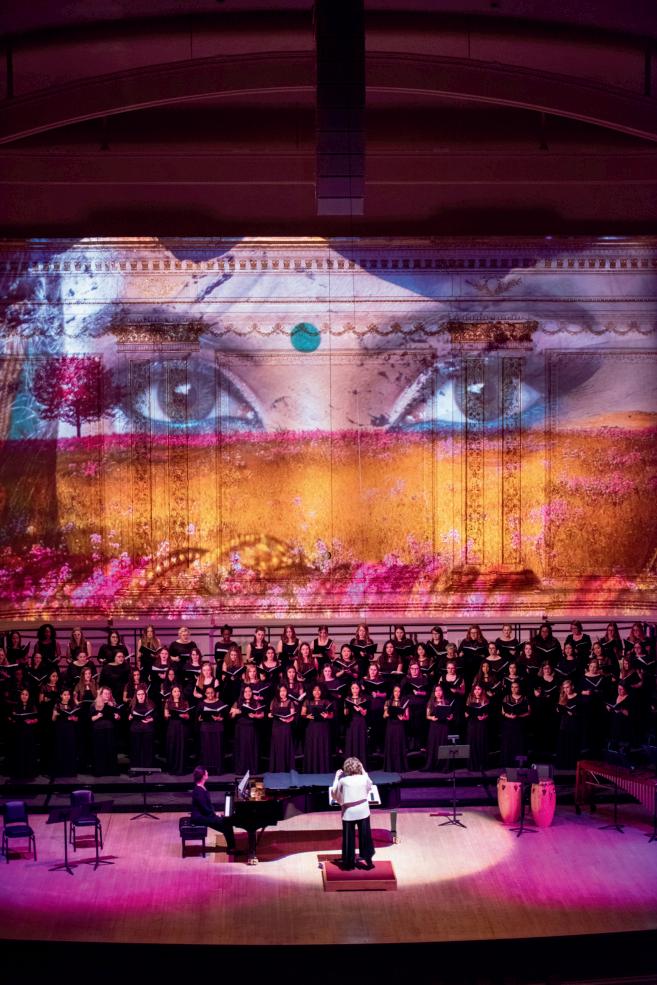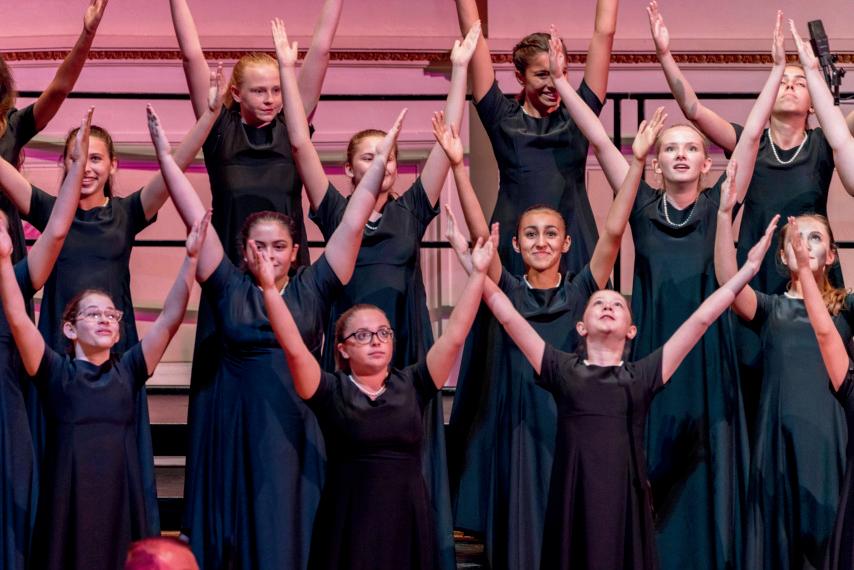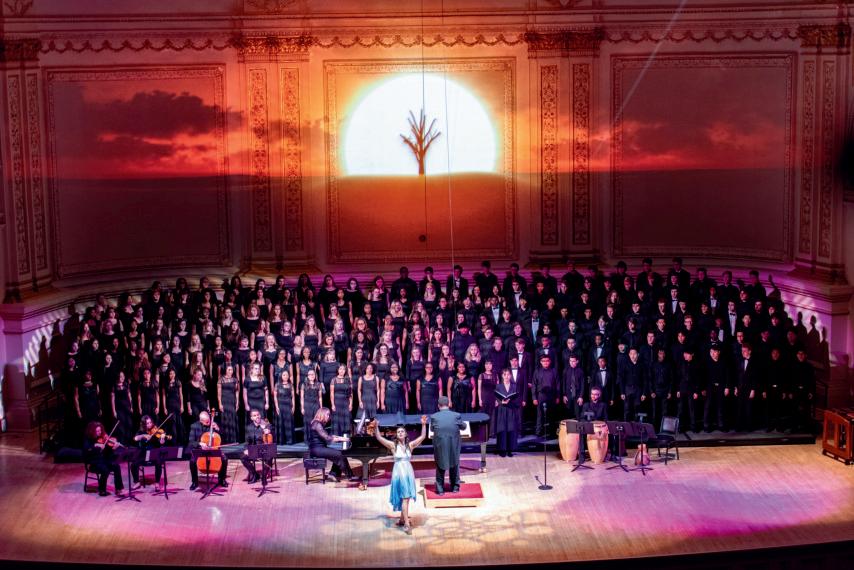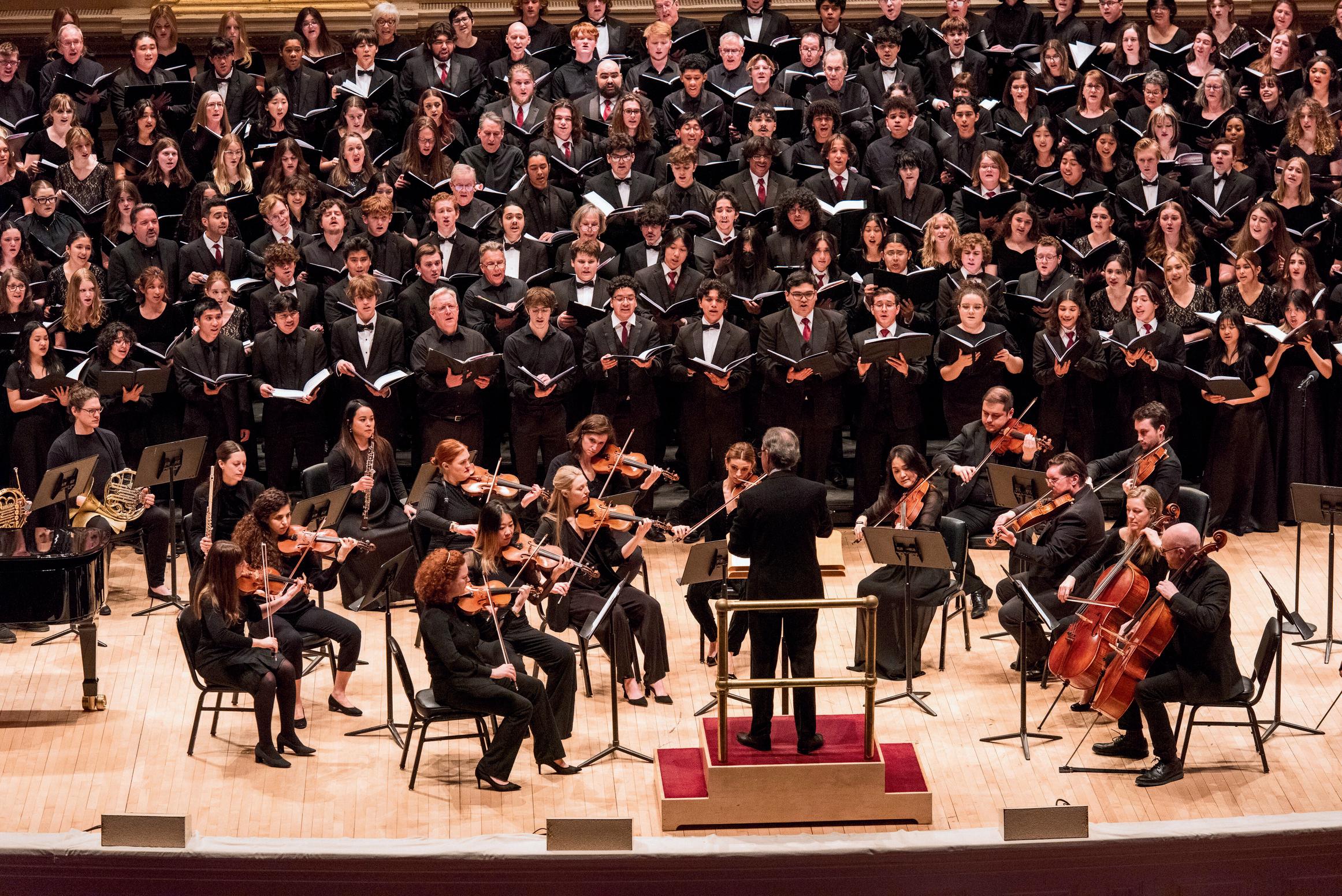






Diversifying Repertoire
Harmonizing AI Succession Planning











Diversifying Repertoire
Harmonizing AI Succession Planning



This documentary is an epic undertaking that will remind us all of the powerful impact choral music has upon the lives of countless singers. It is long overdue!
-Eugene Rogers, University of Michigan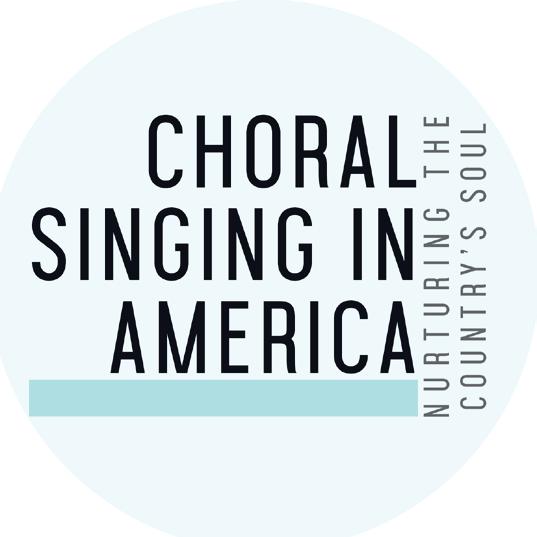
Choral Singing in America is a visual representation of the breadth and depth of choral singing today. The film beautifully tells the myriad stories and sounds of American choral singers and leaders–stories that inspire, build community, foster hope, and showcase the tremendous social capital and community building of singing together.
In such extraordinary times, this documentary has a wonderfully important story to tell! -Emily Ellsworth, Anima!

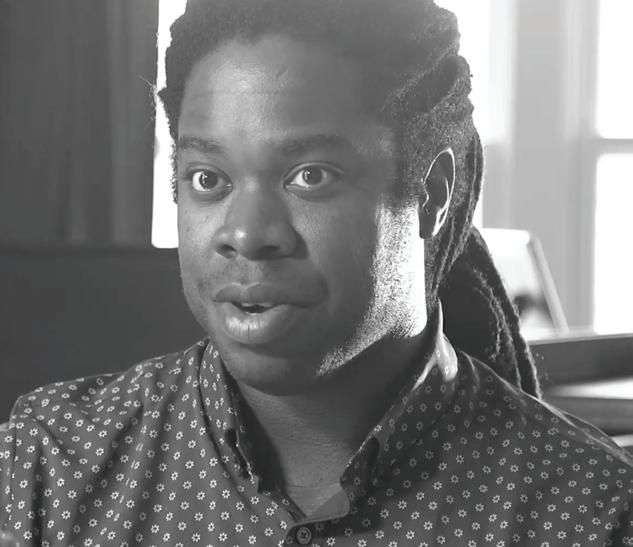

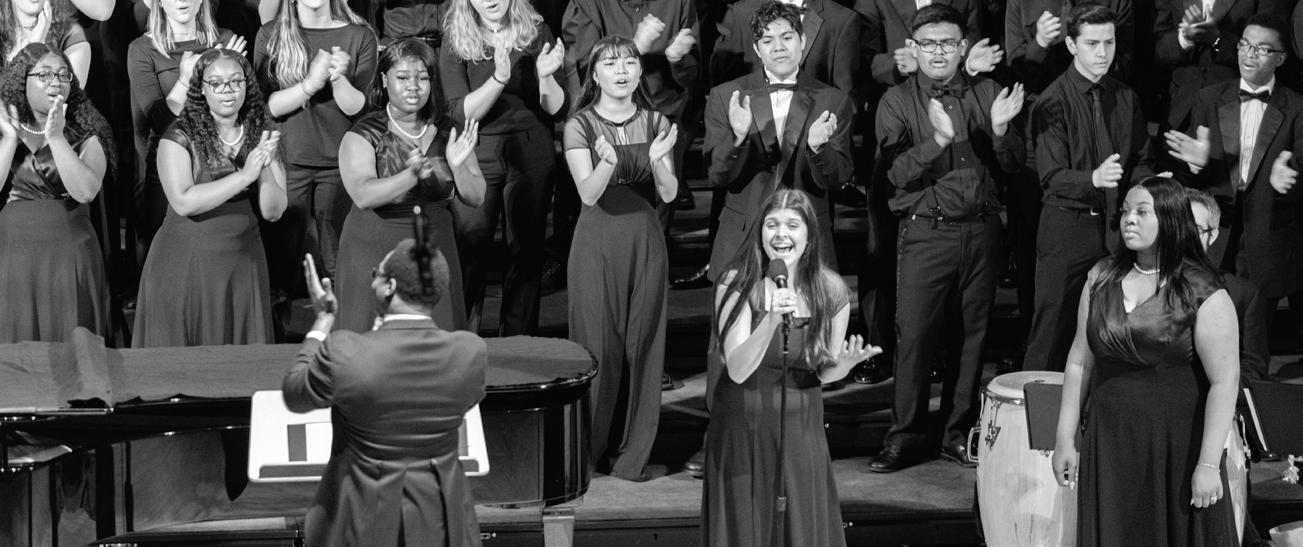
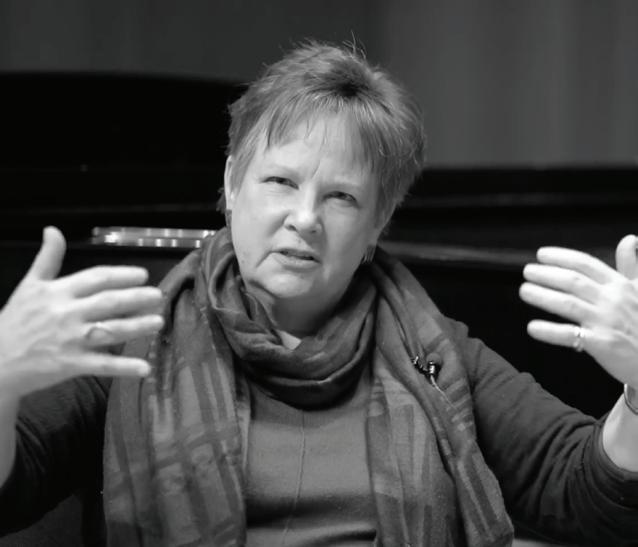
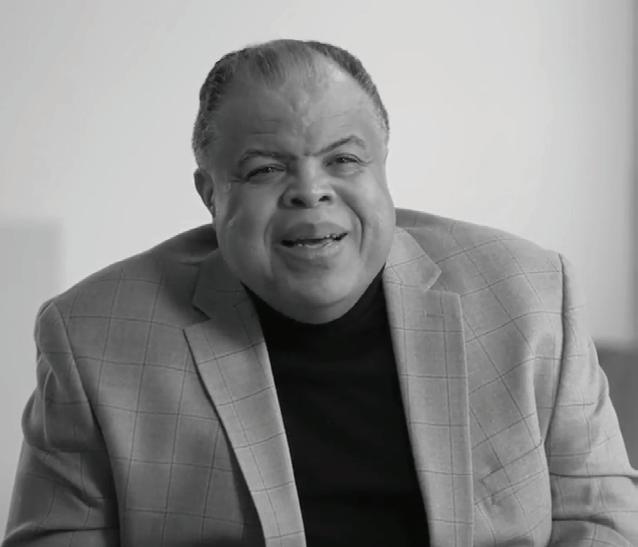
Editor
Liza W. Beth
Publisher
Catherine Dehoney
Art Direction
DLG Design, Inc.
The Voice is published by Chorus America, Washington, DC. Copyright ©2024 by Chorus America. All rights reserved. ISSN 1074-0805. Reproduction or translation of any work herein without the express permission of Chorus America is unlawful.
Subscriptions and Membership
Subscriptions available through membership in Chorus America.
Advertising
For information on advertising contracts, rates, and specifications, please contact Mike Rowan at mike@chorusamerica.org or 202.331.7577 x251.
Editorial
The Voice welcomes your letters, commentary, photos, and article submissions by email.
Send to voice@chorusamerica.org or Editor, The Voice, address below.
President & CEO
Catherine Dehoney
Vice President of Communications and Membership
Liza W. Beth
Programs and Membership Manager
Karyn Castro
Information and Digital Asset Manager
Casey Cook
Vice President of Finance and Operations
Anne Grobstich Erps
Development Manager
Hannah Grasso-McClain
Executive Assistant
Anthony Khong
Vice President of Programs, Strategy, and Development
Christie McKinney
Director of Development
Allison Munoz
Associate Director of Communications
Mike Rowan
Director of Grants
Kim Theodore Sidey
Membership and Grants Senior Associate
Vale Southard
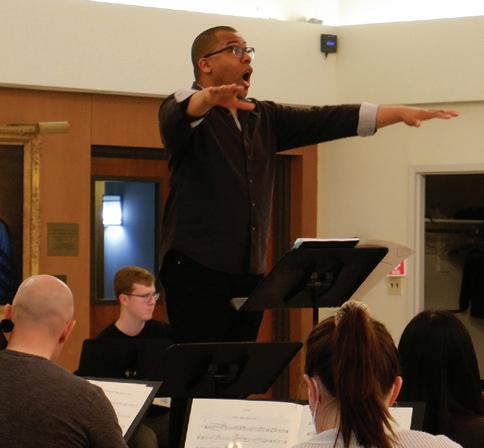 Clareson
Clareson


Frank is retiring after 38 summers, 220 concert weeks, and 9000 singers. Thank you, Frank!
Effective September 2024, Frank will hold the title Music Director Emeritus.

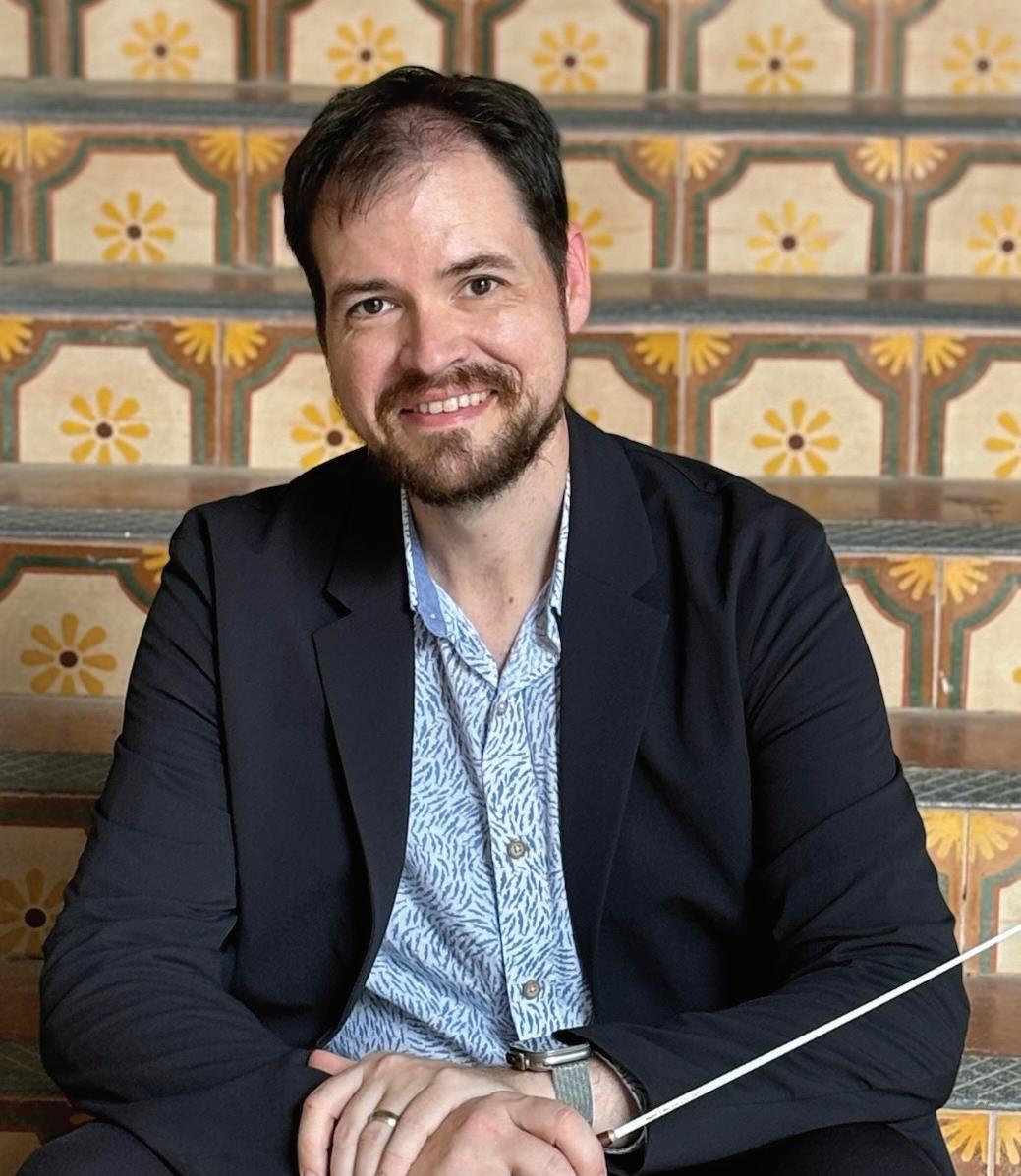
Join us for a new era of concerts and singing experiences.
Find your choral adventure at BCI!
berkshirechoral.org
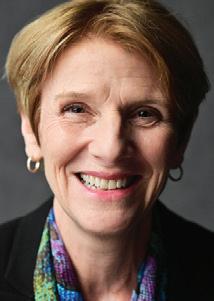
stating a commitment to being an inclusive choral organization, be sure to illustrate that statement by describing actions that show progress toward meaningful outcomes.
Regardless of how simple or lengthy an application is, there are things we grant writers can do to improve our chances of receiving funding.
Serving on a grant review panel offered some takeaways about successful grantwriting.
Ihave been in the fundraising business for my entire career, both in and outside of the performing arts. As fulfilling as it is to connect people’s hearts and resources to an organization’s mission, there are days when the lift feels very heavy. When a funder stops me cold at a letter of inquiry phase, reduces their grant amount from the previous year, or turns down an application altogether, I sigh and say, “If only my job were to give money away, rather than have to get money.”
Recently I served on a grant review panel for a municipal arts grant program and was reminded that giving money away is also challenging to do well on behalf of all the stakeholders involved. After reviewing 30 long applications, I felt proud, inspired, and encouraged to see so much wonderful work that leverages the arts for great community benefit. However, I also noted examples of application responses that made the job harder for the reviewers to score competitively.
Grant writing is time-consuming work, and I am very grateful to the thought leaders and organizations advocating for more equitable practices that reduce the grant requirements burden on over-stretched nonprofits. Chorus America has adopted many of these practices in our own grantmaking. But regardless of how simple or lengthy an application is, there are things we grant writers can do to improve our chances of receiving funding. I hope some of my takeaways will be useful to grant writers in the trenches:
• Share your actions, not just your intent. The grant application I reviewed, like most today, requires arts organizations to talk about how they are serving those in their region who have been marginalized due to race, disability, age, gender, and other factors. I so appreciated the applications that laid out their goals with objectives and an idea of what success would look like. It instilled confidence that funding would be used well. Rather than simply
• Remember the famous saying, “If you don’t know where you’re going, you probably won’t get there.” Before you apply, think about how you’ll measure success and why you are focusing on those data points. For example, if the grant maker is looking for projects that serve the broadest reaches of your community, be sure to explain how your assessment of success also supports that goal. It doesn’t have to be an expensive measure of success—brief surveys or audience demographics based on zip codes can work—but be clear about what you’re looking for and how you’ll use the information. I read more than one application stating that the measure of success was to see an increase in social media followers, with no other explanation. As a reviewer, I was left to try to connect the dots on my own, with little time to do so since I still had dozens more applications to read!
• Have someone less familiar with your organization and project read your draft before you submit to check for understanding. Grant panelists have varying expertise and background in the performing arts and may not know your work. I love theater, but I’m no expert, so I appreciated a theater company’s application that clearly explained the intent behind its regional premiere of a play based on a controversial book and movie. The company detailed how they will use this work to engage new audiences in theater, in ways that break down real and perceived barriers for younger generations.
• Be careful of tone and jargon. At the risk of sounding like the word police, I advise using straightforward language and avoiding any implication that a funder should fund you. “Shoulds” never feel good because they presume to tell people—in this case the grant reviewers—what the right thing would be to do. Also—and now I am being the word police—grant applications are not the place for casual language, especially hyperbole like “amazing” or “incredible,” unless you can back it up with evidence.
A hugely rewarding aspect of reviewing grants for me was seeing the number of and mission diversity among choral music projects and their potential to enrich the lives of citizens of all ages. While, for obvious reasons, it’s easy to convince me, may how you write your grants inspire all your future grant reviewers to feel the same!

Catherine Dehoney President & CEO, Chorus America
chorusamerica.org facebook.com/ chorusamerica youtube.com/ chorusamerica
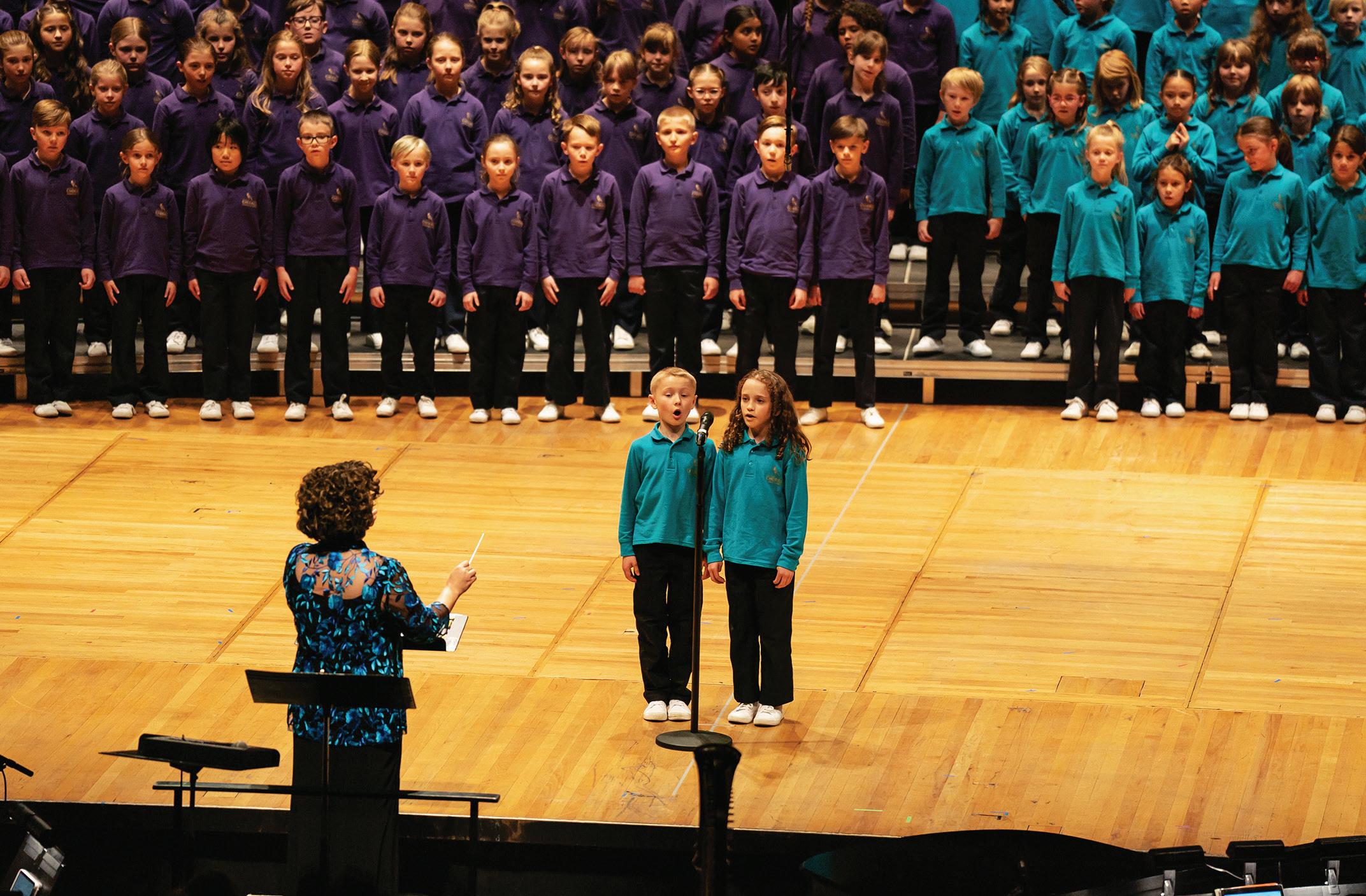
KEEP US INFORMED!
We welcome your news and photos any time.
Post them to the Member News area of our website at bit.ly/ CA-member-news
Submit news to the Voice: voice@chorusamerica.org
At its 50th anniversary concert on April 20 which brought together over 160 alums, the Colorado Children’s Chorale premiered Alight, commissioned from former associate conductor Kevin T. Padworski.
Chorale favorite The Trail (pictured), a 2014 commission from alumni Aron Accurso and Adam Overett, was also featured at the special celebratory concert, which came on the heels of the organization’s Carnegie Hall debut performance.
On May 17 in New York City, Ember Choral Arts premiered Karma by composerin-residence Robert Paterson and two winning compositions from its 2024 Ember Ablaze Composer Lab, Never Say by Jonah Cohen and You Our Music by Aidan Gold. The works were
part of the final concert in Ember’s season theme examining AI.
21V gave the world premiere of composer Chris Castro’s Two Partsongs, a bilingual work honoring the legacies of labor leaders César Chavez and Dolores Huerta, on April 5 in San Francisco. The ensemble also premiered a new treble choir voicing of Stacy Garrop’s My Dearest Ruth, a setting of Ruth Bader Ginsburg’s last letter from her husband, at the concert.
On May 4 in New York City, Melodia Women’s Choir premiered Your Children, a commissioned work by Emily Mason which sets Lebanese American writer Khalil Gibran’s poem On Children
The Fairfield County Chorale presented the premiere of composer Evan Fein’s Telling the Bees on March 9 in Norwalk, Connecticut. n
Berkshire Choral International (BCI) has appointed a new, expanded artistic leadership team, naming Anthony Trecek-King (pictured) as artistic director designate and Sean Taylor (pictured) as director of music designate.
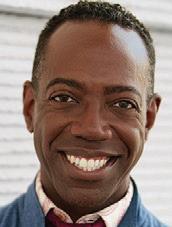
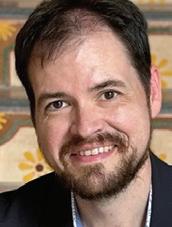
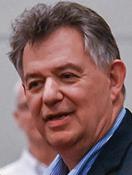
Trecek-King serves a resident conductor with Handel and Haydn Society and is a current Chorus America board member.
Taylor is director of choral studies at the University of Texas Rio Grande Valley and an alumnus of BCI’s Apprentice Program. Both positions are effective in September, upon the retirement of music director Frank Nemhauser (pictured) after his 38th season. Nemhauser will be appointed to the honorary role of music director emeritus.
VocalEssence named Amy Wielunski as its next executive director, effective in June.

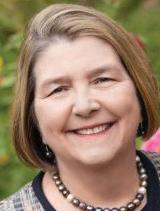
Wielunski (pictured) was most recently vice president of membership at Chicago Public Media and brings over 20 years of experience working at nonprofit organizations with local, state, and national reach. She succeeds retiring executive director Mary Ann Aufderheide (pictured), who led the organization for more than 20 years.
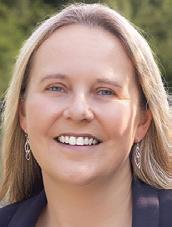
Jennifer Cooper (pictured) was appointed as executive director of the Indianapolis Symphonic Choir. Cooper was formerly the Executive Director and CEO of IndyFringe and also served the Montana International Choral Festival.

The Washington Men’s Camerata named Scott Tucker (pictured) as artistic director, effective for the 2024–25 season. Tucker also serves as co-director of the Washington Douglass u
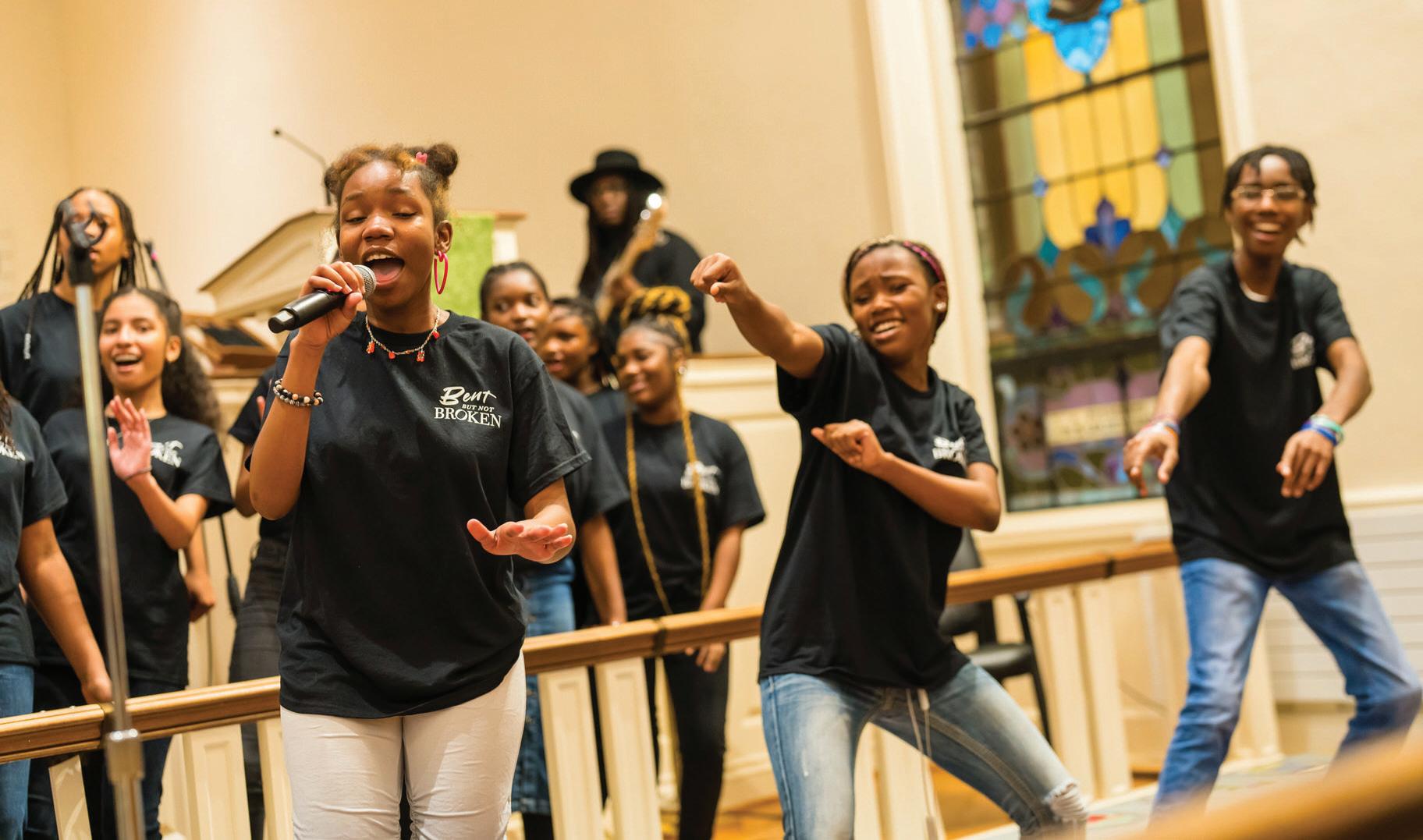
Bent But Not Broken, the first and only music conference dedicated to amplifying the musical contributions and accomplishments of Black vocal artists across time and genres, has announced its 2024 dates for October 23–26 in Wilmington, Delaware. The event is a program of Elevate Vocal Arts—an organization founded by Arreon Harley-
Emerson, faculty lead of Chorus America’s Choral Executive Leadership Academy—and features Leadership Academy alumna Chantae Pittman and Chorus America board members Maria Ellis and Rollo Dilworth as presenters and directors. President and CEO Catherine Dehoney has also presented at previous conferences.
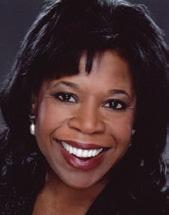
Judith Willoughby, a choral music professor, children’s chorus conductor, and a former Chorus America board member from 1996-2005, died on May 4 at the age of 74. Two of Willoughby’s beloved colleagues—Janet Galván, artistic director of the Ithaca Children’s Choir and director of choral activities at Ithaca College; and Paul Caldwell, former artistic director of Youth Choral Theater of Chicago and artistic director of Seattle Men’s Chorus and Seattle Women’s Chorus—shared some reflections on Willoughby’s impact on the choral field.
Willoughby was a luminary in the choral profession, a brilliant musician, a treasured friend, and an incredible colleague. A beautiful woman inside and out, she always epitomized dignity, poise, and grace with effortless elegance. She held firmly to the belief that any organization rose or fell depending on its attention to detail. Judith approached each task with consummate expertise and unwavering thoroughness. Her tireless dedication elevated every enterprise she touched, championing a standard of excellence intertwined with humanity.
Judith made ACDA history in 1997 with her Temple University Children’s Choir, an ensemble with membership reflecting the rich diversity of Philadelphia, singing at the National ACDA Conference. As one of the pioneering African American women to conduct her ensemble on the national stage and the first African American woman to conduct an ACDA national honor choir (2003), she became a beacon of inspiration to women across the nation.
Judith’s accomplishments were extensive. As a colleague and teacher, she was supportive, nurturing, and generous. But first, last, and always, she was our friend. That is what we will miss most of all. As we remember Judith, a few of Stephen Schwartz’s lyrics from Wicked spring to mind:
“I’ve heard it said that people come into our lives for a reason, bringing something we must learn.
And we are led to those who help us most to grow if we let them and we help them in return.
Well, I don’t know if I believe that’s true, but I know I’m who I am today because I knew you.”

Cantabile Youth Singers of Silicon Valley (Los Altos, California) is grateful to celebrate Elena Sharkova’s 20th Anniversary as Artistic Director. Elena’s exceptional leadership, powerful artistic vision, unique curricular innovation, and vast international experience have elevated Cantabile’s education and artistry to national acclaim and broadened performance opportunities for hundreds of singers, bringing our choirs to stages all over the world.
Congratulations, Elena, and here’s to many wonderful years ahead!
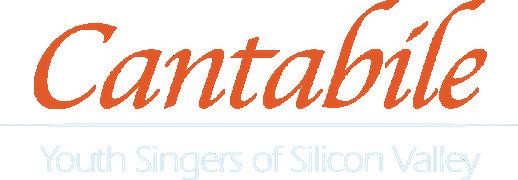



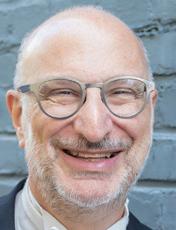
Chorale. He succeeds current music director Frank Albinder (pictured), who will step down at the end of the 2023–24 season after 25 years with the Camerata.
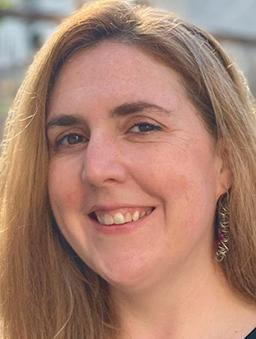
Shannon McMahon (pictured) was promoted to managing director of The Crossing, based in Philadelphia, having served as the ensemble’s operations manager for over four years.

The Thomas Circle Singers (Washington DC) announced Elissa Miller-Kay (pictured) as its next executive director, effective July 1. Miller-Kay holds a doctorate in piano studies from New York University and has a background in both management and music.
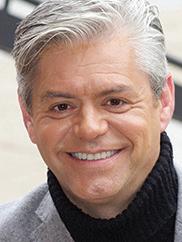
Steven Sunderman announced his retirement as executive director of the Cincinnati May Festival and Vocal Arts Ensemble, effective July 2 after the conclusion of the 2024 festival season. Sunderman (pictured) is the longest-serving executive director in the festival’s 150-year history, spanning a tenure of 28 years, and 38 years total
TheCincinnati Boychoir and Cincinnati May Festival announced an alliance that will bring the Boychoir into the May Festival’s organizational structure while maintaining the organization’s own identity, brand, programming, and independent non-profit status, effective July 1. The new operating arrangement will allow the Boychoir to become tuition-free beginning in September. Current Boychoir artistic director Jason Alexander Holmes will continue artistic leadership of the ensemble and lead the May Festival Youth Chorus as the organization’s incoming associate director of choruses.


on the staff of the May Festival and the Cincinnati Symphony Orchestra. Sunderman’s leadership guided the May Festival and Vocal Arts Ensemble to sustained artistic and financial growth.
Elektra Women’s Choir announced that co-founder Morna Edmundson

Mendelssohn Chorus of Philadelphia artistic director and Indiana University (IU) choral conducting professor Dominick DiOrio composed music to accompany a spoken-word performance by William Shatner at Total Eclipse of the Kirk, an IU event
celebrating the total solar eclipse on April 8 headlined by Shatner and Janelle Monáe. DiOrio conducted his IU new music vocal ensemble NOTUS and student instrumentalists in the performance of his composition.
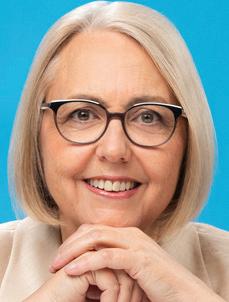
(pictured) will retire after 38 years as artistic director at the conclusion of the 2024–25 season. Edmundson, a former Chorus America board member, has established herself as one of Canada’s best-known choral directors, and was appointed as president of Choral Canada in 2021.
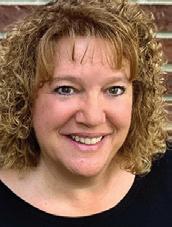
The Cincinnati Youth Choir (CYC) announced that founding artistic director Robyn Lana (pictured) will conclude her 32-year tenure in June 2025 following the 2024–25 season. Lana, a Chorus America board member, is recognized as one of the leading children’s and youth choir conductors in the United States. Upon the end of her tenure, Lana will be named director emerita and continue to engage with CYC’s alumni programs.
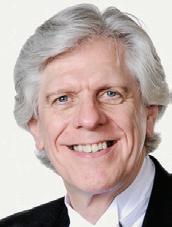
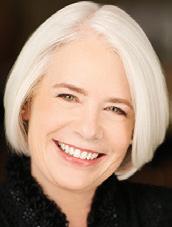
Houston Chamber Choir announced that founder and artistic director Robert Simpson (pictured) will retire at the end of the 2024–25 season, which marks the ensemble’s 30th anniversary. The choir also announced that Betsy Cook Weber (pictured), director of choral studies at the University of Houston and former director of the Houston Symphony Chorus, will join the organization as guest conductor in the 2024–25 season and take the reins as artistic director and conductor beginning with the 2025–2026 season.
The International Orange Chorale of San Francisco announced that Zane u
the date for the return of Member Professional Development Days, a series of online sessions offering a burst of inspiration and practical chorus management tools, on September 18 and 25. This fall’s four sessions, available exclusively to Chorus America members, will cover timely topics including succession planning, AI in marketing, and development from expert presenters. Look for more details on topics and registration this summer. MEMBER PROFESSIONAL DEVELOPMENT DAYS RETURN IN NEW FORMAT
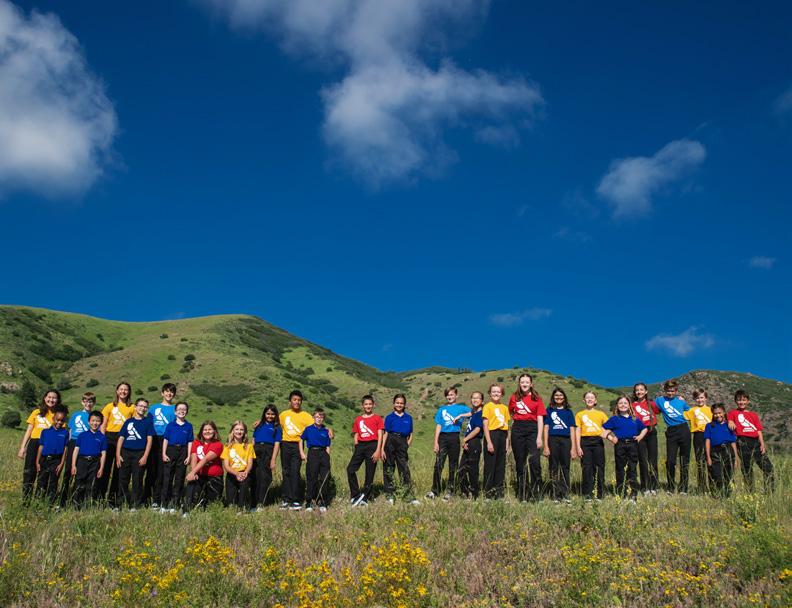
Duain Wolfe
Founder and Conductor Laureate
Debbie DeSantis
Artistic Director Emerita
Mary Louise Burke
Conductor Emerita
Susie and Brad Bolton
Choreographers
Gary Fry
Emmy-winning Composer
Through these individuals collective leadership, the Chorale has achieved new levels of excellence in professionalism, choreography, and musicality. Their impact is immeasurable. The Chorale is a world-renowned organization celebrating 50 years of brilliance thanks to their artistry, dedication, and countless contributions.
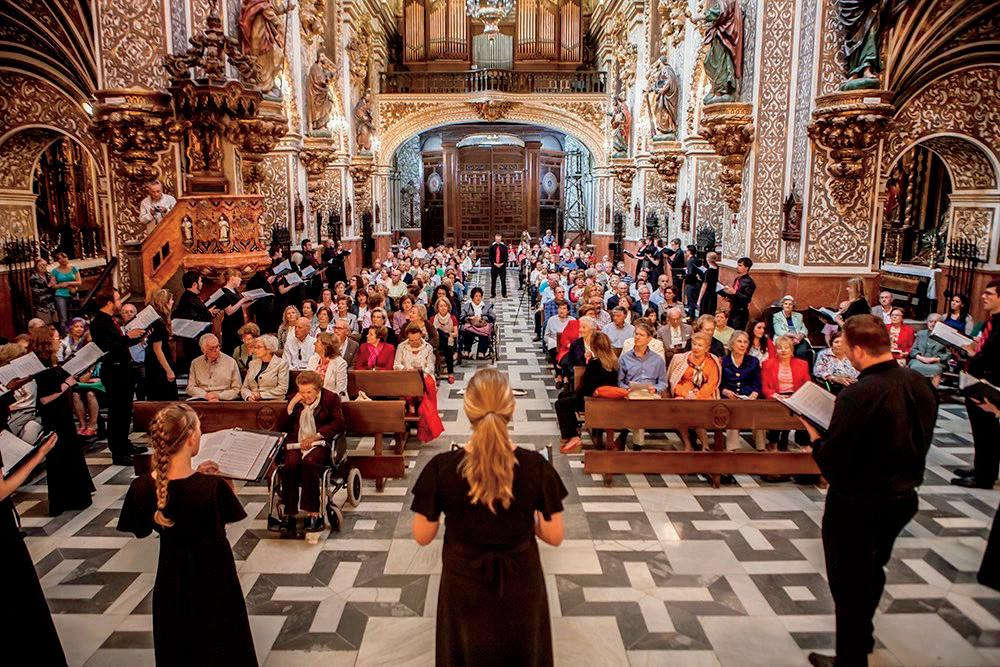

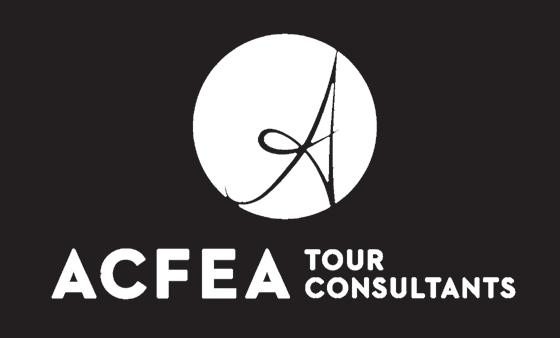
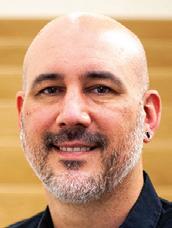
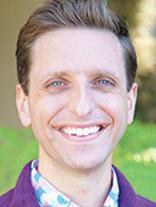
Fiala (pictured) will end his tenure as founding artistic director following the ensemble’s 20th anniversary concert on June 8. Assistant artistic director Chris Filice (pictured) will serve as interim until a successor is named in late 2024. This milestone concert will also include the world premiere of composer Rex Isenberg’s ANTHROPO-SCENES n
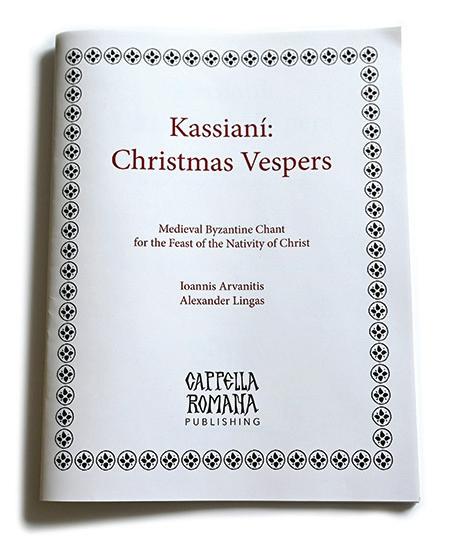
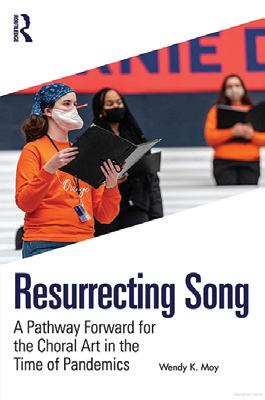
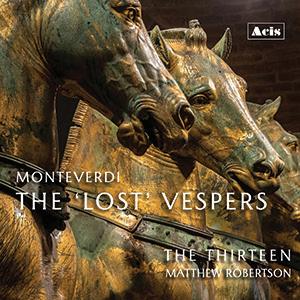
Chorusortland-based Cappella Romana released Kassianí: Christmas Vespers, a performing edition collection of hymns for the Nativity of Christ by Kassianí, the earliest known woman composer whose music has survived to the present day. Wendy Moy, professor of music education at Syracuse University and co-founder/ co-artistic director of Chorosynthesis Singers, published Resurrecting Song: A Pathway Forward for the Choral Art in the Time of Pandemics. The book documents the choral music community’s resilience during the COVID-19 pandemic with interviews from more than 40 choral musicians across the United States and Canada, including Chorus America president and CEO Catherine Dehoney and nearly a dozen fellow choral association colleagues. Washington DCbased The Thirteen released Monteverdi: The ‘Lost’ Vespers, a curated compilation of Claudio Monteverdi’s end-of-life volumes, culminating the ensembles four-year exploration of the pivotal Italian composer’s sacred works. n


America is thrilled to announce grant partners for the second-ever funding cycle of its Music Education Partnership Grants program. Located across the program’s four regions— British Columbia/Northwest U.S., Central Appalachia, Southwest U.S., and Upper Midwest U.S.—each funded project will receive multi-year grants of up to $50,000 over two years, for a total of $1 million supporting 23 grant partners.
Grant awards will support collaborative projects between community organizations and schools serving early childhood–12th grade during the 2024–25 and 2025–26 school years. Projects of the grant partners are designed to increase access to singingbased music education for students from historically marginalized communities and uphold the principles of access, diversity, equity, and inclusion.
To learn more about Chorus America’s grant programs, visit chorusamerica.org/grants
ABQ Coro Lux
Albuquerque, New Mexico
$45,000 to support Coro Lux’s partnership with Albuquerque schools to engage young people via its El Faro Youth Chorus. With its dedication to both choral musicianship and trauma informed principles, El Faro Youth Chorus will welcome more youth ages 7–18 into its inviting space for music-making and voice building.
Arts in the Gap at Lincoln Memorial University Harrogate, Tennessee
$45,000 to support a partnership between Lincoln Memorial University’s Arts in the Gap Program and the afterschool choral club at Ellen Myers Elementary School, providing access to the full diversity of Appalachia’s choral practitioners.
Augusta Heritage Center Elkins, West Virginia
$50,000 to support Augusta Heritage Center’s World Music Singing Course for all elementary school students in Randolph County, engaging them in a group learning project that fosters cross-cultural understanding and a deeper knowledge of local West Virginian culture.
Bi-National Arts Institute Bisbee, Arizona
$50,000 to support the Bi-National Arts Institute Naco Music School, a singing program in Naco, Arizona USA and Naco, Sonora Mexico schools. Youth will present music together at the international wall between the two countries twice a year as part of a Concert Without Borders and create an egalitarian space unified by music.
Border CrosSing
St. Paul, Minnesota
$45,000 to support ¡Dale!, Border CrosSing’s Latinx choral music workshops and performances for middle school and high school students. With a focus on process, these teaching artist-led school engagements will culminate in a community sing performance for students and families.
ComMUSICation
St. Paul, Minnesota
$50,000 to support ComMUSICation’s school partnership choir programs in St. Paul schools with a focus on developing students’ socio-emotional and leadership skills, musical skills, and sense of belonging.
St. Paul, Minnesota
$45,000 to support COMPAS teaching artists from culturally and racially diverse backgrounds engaging students in musical performances and singing-based residencies that promote cross-cultural exchange and learning.
Mt. Sterling, Kentucky
$45,000 to support One Voice: From Appalachia to the World, which will revive the regional Gateway Community Youth Chorus for students in grades 3–5 and host residencies with 10 diverse teaching artists with expertise in global music traditions that have influenced Appalachian folk music.
The Harmony Project Los Angeles, California
$40,000 to support the expansion of choral music education programming within Harmony Project’s established and emerging in-school partnerships with the Lawndale Elementary School District, Los Angeles Unified School District, and Pasadena Unified School District.
La Crosse Chamber Chorale La Crosse, Wisconsin
$40,000 to support Festival of Voices, a week-long program featuring guest clinician Julio Morales and culminating in a final largegroup performance to increase culturally rich and affirming music education accessibility for Latinx student populations within the rural communities of La Crosse, Wisconsin.
Los Angeles Master Chorale Los Angeles, California
$40,000 to support the launch of Youth Chorus LA, a community-based, free, after-school, educational choral program that aims to harness singing’s unique capacity for expression and connection to empower youth in grades 3–6 from historically excluded areas of Los Angeles.
Mountain Empire Children’s Choral Academy Bristol, Tennessee
$40,0000 to support a partnership between the Mountain Empire Children’s Choral Academy and the elementary students of Unicoi County, Tennessee, which will be planned and implemented by culture bearers, students, and community members representing Unicoi County’s Latinx/Hispanic and Appalachian musical traditions.
Phoenix Boys Choir Phoenix, Arizona
$40,000 to support Phoenix Boys Choir’s partnership with Creigton ESD, which embeds trauma-informed social emotional learning and celebrates students’ heritage by integrating culturally relevant music from Latinx, Native American, Pacific Islander, and African American musical traditions.
Phoenix Chamber Choir Coquitlam, British Columbia
$45,000 to support the Phoenix Choral Experience, a school-year-long opportunity to spark conversation about cultural learning and curiosity amongst teachers and students through teacher workshops, in-classroom workshops, a newly commissioned choral work, and a final concert performance.
Phoenix Children’s Chorus Phoenix, Arizona
$40,000 to support Phoenix Children’s Chorus’s Adaptive Choir, a new offering designed to embrace individuals with varying levels of musical experience, physical abilities, and cognitive functions in a nurturing environment and foster a sense of community, allowing all participants to engage in the joy of singing and musical expression.
Quintessence
Albuquerque, New Mexico
$40,000 to support Sing Together, which will connect students with global music traditions and highlight the music native to the American Southwest. Pen pal relationships with partnering schools in London will provide exciting cultural exchange with new friends abroad.
San Diego Children’s Choir San Diego, California
$40,000 to support the San Diego Children’s Choir’s partnership with local Title I elementary schools, engaging more than 800+ Universal Transitional Kindergarten (UTK)–3rd grade students who identify as BIPOC in receiving in-class sequentialbased choral music classes for up to 30 weeks during each academic school year.
SNS Choirs Palmdale, California
$45,000 to support SNS Desert Youth Voices, which will address the absence of accessible group singing opportunities in middle schools across the Antelope Valley. Rooted in diverse repertoire, mentorship, and social-emotional learning, SNS Choirs will provide students with a platform for personal growth, cultural exploration, and continued musical involvement.
Surry Arts Council
Mt. Airy, North Carolina
$40,000 to support Surry County Sings, a weekly after-school program for 5th grade students and teaching artists exploring the diverse singing traditions of their community, including the intersections of African American, Appalachian, and Latin American music.
Tacoma Refugee Choir Tacoma, Washington
$45,000 to support the School Residency Program, in which students work with teaching artists of the global majority and explore the meaning of community through singing and song composition. Alternatives to prevalent Western musical canon and pedagogy will be employed as students explore individual and group identities and share original work with the wider community.
Vancouver Youth Choir Vancouver, British Columbia
$50,000 to support Vancouver Youth Choir’s Indigenous Music Education Program, which addresses Truth and Reconciliation initiatives in Canada and builds cross-cultural understanding by providing musical opportunities led by Indigenous artists for elementary students and newcomer youth.
VocalEssence Minneapolis, Minnesota
$40,000 to support Singing from the Heart, a partnership between VocalEssence and Longfellow Alternative High School, which provides opportunities for parenting and pregnant students and their children to sing together, connect more deeply, and experience their culture through African American and Latinx composed music.
Voices in the Laurel Lake Junaluska, North Carolina
$40,000 to support Harmony Rising, a cross-cultural exchange of music and art activities celebrating the cultural diversity of Haywood County, North Carolina, which will include workshops, performances, and professional development for music educators.
The increasing prominence of BIPOC and women composers in concert programming suggests that the choral field at large is making progress in learning about repertoire beyond the traditional male, Western European canon. In the process, many conductors and artistic directors are discovering that finding repertoire is just the first step in a programming journey with particular considerations, challenges, and opportunities.
BY DON LEEFor evidence that public institutions can make noteworthy advances toward diversity and inclusion, look no further than the concert hall. Between 2016 and 2023, American orchestras’ programming of music by BIPOC composers rose from 2.6 percent to 18 percent, and for women and non-binary composers the proportion increased from 1.7 percent to 12.3 percent. The Institute for Composer Diversity (ICD), which conducted this research in partnership with the League of American Orchestras, also collects data on choruses. Although ICD has not yet analyzed those numbers, founder and director Rob
Deemer says “it’s safe to say that everything is definitely improved” for choruses as well.
On the music publishing front, Mark Lawson of ECS Publishing and MorningStar Music says his companies have enjoyed increasing demand for music by African American composers in the last 10 years and have responded by adding “a large number” of their pieces to their catalogs. As an executive editor at GIA Publishing, James Abbington is seeing “a diversity that we never would have imagined possible 10 or 15 years ago.” It was “a daring step” for the company to invite him to develop an African American church music series, he says, and its success led GIA to add a wide array of global music to its catalog in more recent years.
Afa Dworkin has observed similarly positive signs in her role as president and artistic director of the Sphinx Organization, which supports and promotes Black and Latinx classical musicians, including the vocal ensemble EXIGENCE. She’s encouraged to see that commissions and performances of works by BIPOC composers have become a common topic of conversation among choruses and orchestras. Dworkin believes efforts to diversify the repertoire are among the “more notable” ADEI advances orchestras and choruses have made, creating “a different landscape” for American concert music. “Thanks to technology, thanks to brilliant researchers and incredible artists who’ve been
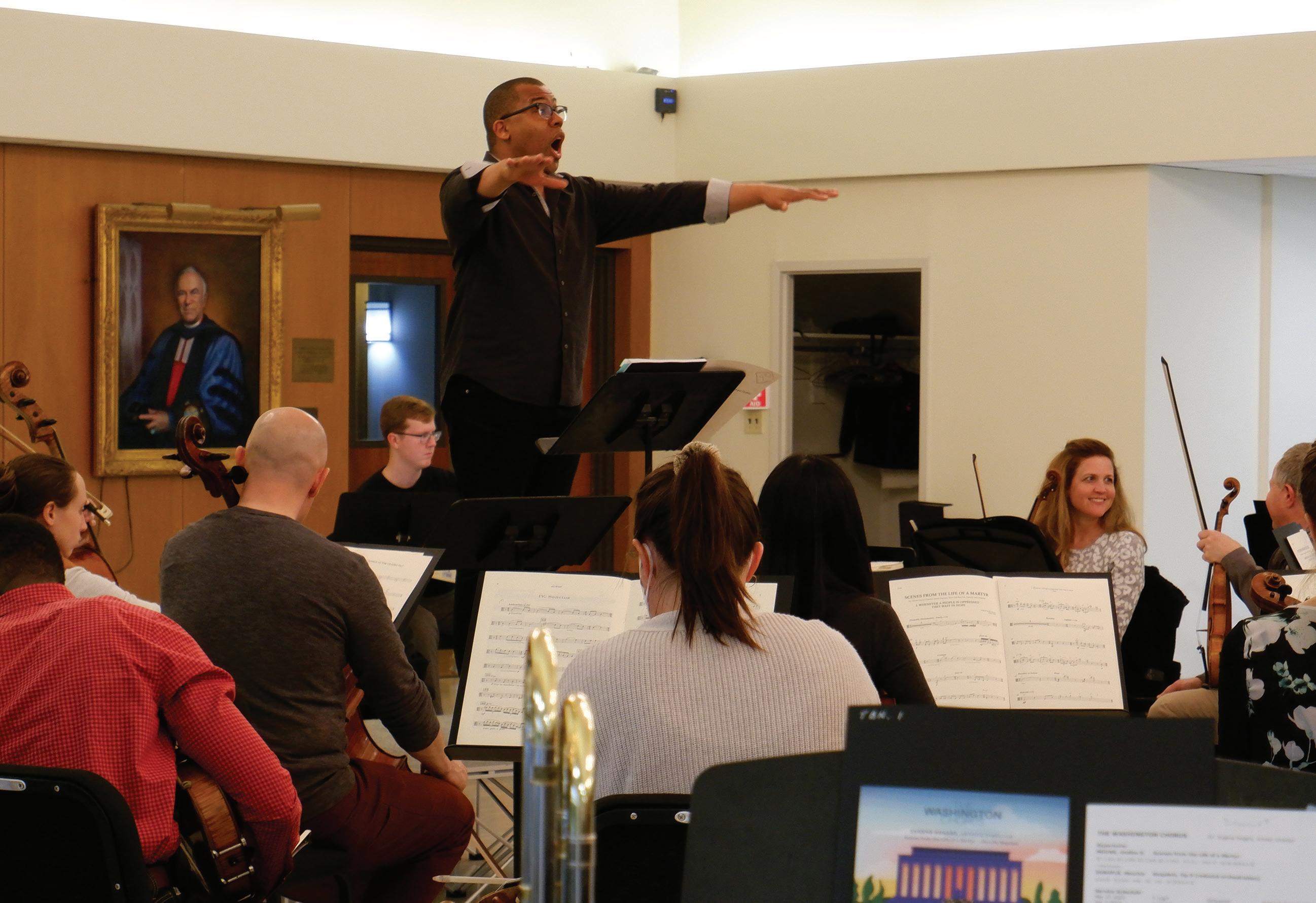
doing this work, there’s really not a lack of music. There’s plenty to choose from. But just like anything new, it does require work.”
That’s what choral leaders such as Robert Istad are learning as they delve more deeply into this realm, but it’s not stopping them. At every meeting he has with his artistic team at the Pacific Chorale, Istad says “we reaffirm our commitment to highlighting underrepresented composers, whether that makes our job more difficult or not.” ICD and other research initiatives such as New Muses Project that collect, analyze, and share useful information about overlooked composers make it easier to become acquainted with their music, but that is only the first step.
Istad recalls a provocative conversation with a former Pacific Chorale board member that cuts right to the heart of the matter. It started

with a question about the chorus’s intensified efforts to diversify its repertoire. “‘If it’s diverse,’” the board member asked, “‘is that what we’re going to do, whether the music is good or not?’” Istad suggested they sit down for a drink and exchange thoughts about the piece he chose. After hearing why Istad programmed it, the board member “realized that the reason they felt like it wasn’t so good is that it was a difficult piece, and the subject matter made them feel very uncomfortable. But that was the point of the piece itself,” Istad says.
Of course, difficulty is not always a criterion for Istad. “First of all, the piece has to move me,” he says, “and I try to make sure that the repertoire we choose to feature is of great substance.” When he says “we,” he means it: “I don’t program in a vacuum, which is fantastic. We have a wonderful artistic team, and I always say to them, ‘I want you to hear this u
piece first. And then let’s talk about it. How does it make you feel?’”
It’s important to start the programming process with a sense of curiosity rather than a feeling of obligation, says New Muses Project co-founder Gloria Yin. Accordingly, the project’s website is designed to steer music programmers “away from checklists and away from labels and identity. We felt like that wasn’t necessarily a very sustainable approach or a very fun approach.” Throughout the process, it’s essential to examine and re-examine your motives. “People need to constantly ask themselves why they want to do what they do,” says Eugene Rogers, founding conductor of EXIGENCE and artistic director of the Washington Chorus. “Why are you trying to program more of this repertoire? Why are you interested? If you don’t know that, you really need to go back to the drawing board, because those of us from minority communities really can tell when people are just checking a box.”
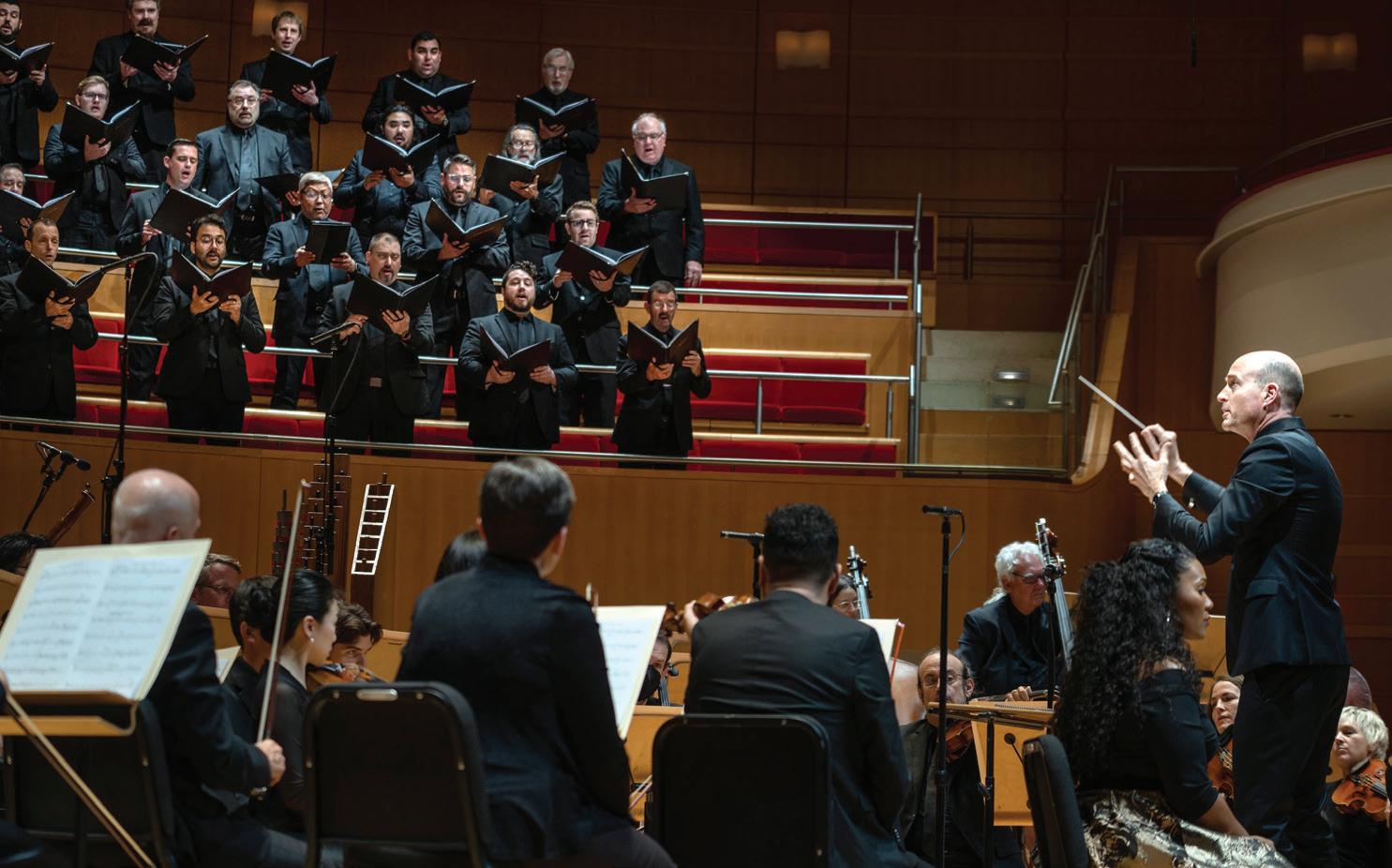
Have
we put the right piece in the right place?
For decades, music organizations have commonly considered Martin Luther King Jr. Day, Black History Month, and Women’s History Month the primary occasions to present the work of Black and women
composers. Deemer so often encountered complaints about that practice that he posted this recommendation on the ICD website: “Spread works by women composers, composers of color, and composers identifying with the LGBTQIA2s+ community throughout your concert season rather than only performing them on specially themed u



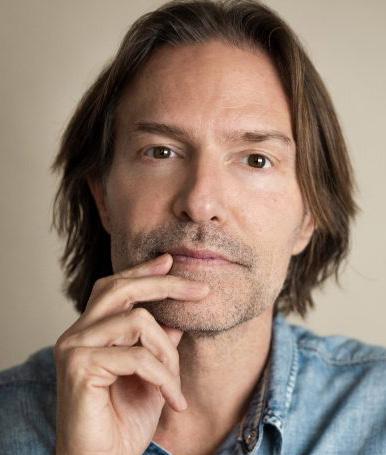
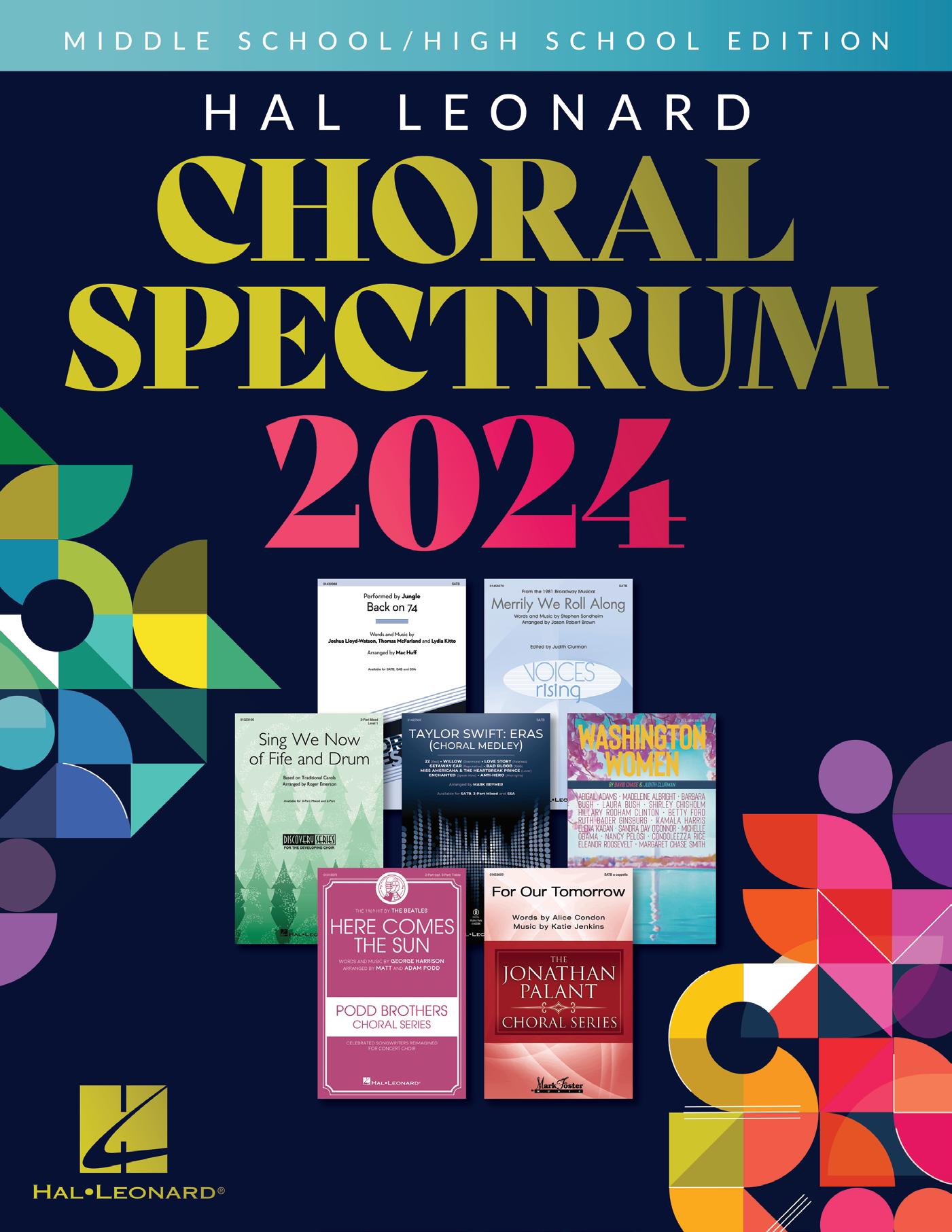


Sustaining the Commitment to Diverse Repertoire
concerts.” It’s the first of eight “Suggested Best Practices” that have emerged from his conversations with musicians while building his database for ICD [see more at composerdiversity.com/best-practices]. The idea behind this practice, Deemer says, is to discourage programmers “from thinking of demographics as a theme,” instead creating reasons for newfound audiences to be engaged throughout the year.
But don’t make your corrective measure a half-measure, Dworkin cautions, by relocating the home for diverse repertoire from February or March to parts of the
season where you anticipate low demand for tickets. For similar reasons, Istad avoids “programming a concert “that consists mostly of repertoire written by Eurocentric men and throwing in a five-minute piece by a contemporary female composer. To me, that is insincere,” he says. “That feels too perfunctory.”
The hard work involved here, says Dworkin, is reaching “the intentionality of truly committing to program these works on the main series, next to the quote, unquote, beloved classics. It’s important to really examine where that hesitation comes from,” she says. By remaining hesitant, “we’re not really, truly showing our commitment to our audiences and to the artists who are creating this work.”
“Thanks to technology, thanks to brilliant researchers and incredible artists who’ve been doing this work, there’s really not a lack of music. There’s plenty to choose from. But just like anything new, it does require work.” –Afa Dworkin
When people in the choral field talk with Mark Lawson about diversifying their repertoire, he often notices “a fear of cultural appropriation. Are they doing it right? Are they honoring the work? If they are a predominantly white choir, can they sing something that uses dialect appropriately?” That fear was the first issue to come up in a MorningStar Music YouTube video on African American spirituals, a roundtable in which Lawson interviewed conductors André Thomas and Anton Armstrong, and Eileen Gunther, author of Slave Life and the Power of Spirituals. As Armstrong says in the video, concern over cultural appropriation stems largely from a desire not to perpetuate historic “abuse of and lack of respect, especially, for music of the folk idiom.”
Wendy Moy has dealt with this concern as co-artistic director of Chorosynthesis Singers, a Seattle-based ensemble that performs and fosters new music on issues of social consciousness. To assist other choruses looking for that kind of repertoire, the group has created an online resource
Christmas Vespers
You and your ensemble can now perform the earliest music by a female composer, Kassianí (c.810–c.865) — 300 years before Hildegard!
This one-of-a-kind edition features Kassianí’s hymns for Christmas Vespers in both Byzantine and staff notation, in Greek with transliterations and translations. Cappella Romana’s recording Hymns of Kassianí also available as a model for performance practice.
cappellaromana.org/publishing
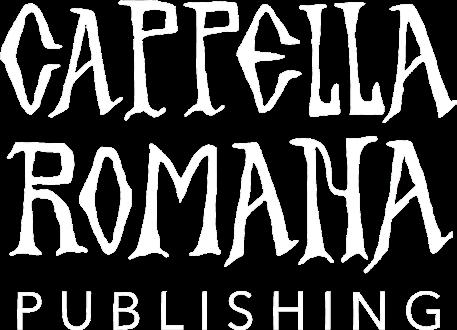
Also available:
John Michael Boyer: Byzantine Chant: The Received Tradition. Comprehensive textbook for learning the notation and its performance practice.
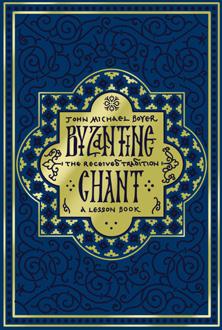
John Michael Boyer: Sun of Justice: Byzantine Chant for the Nativity of our Lord. In English. Byzantine notation.
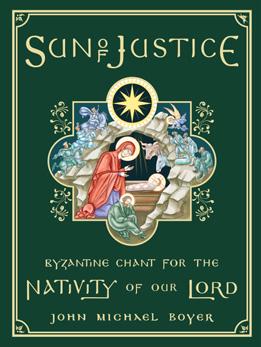
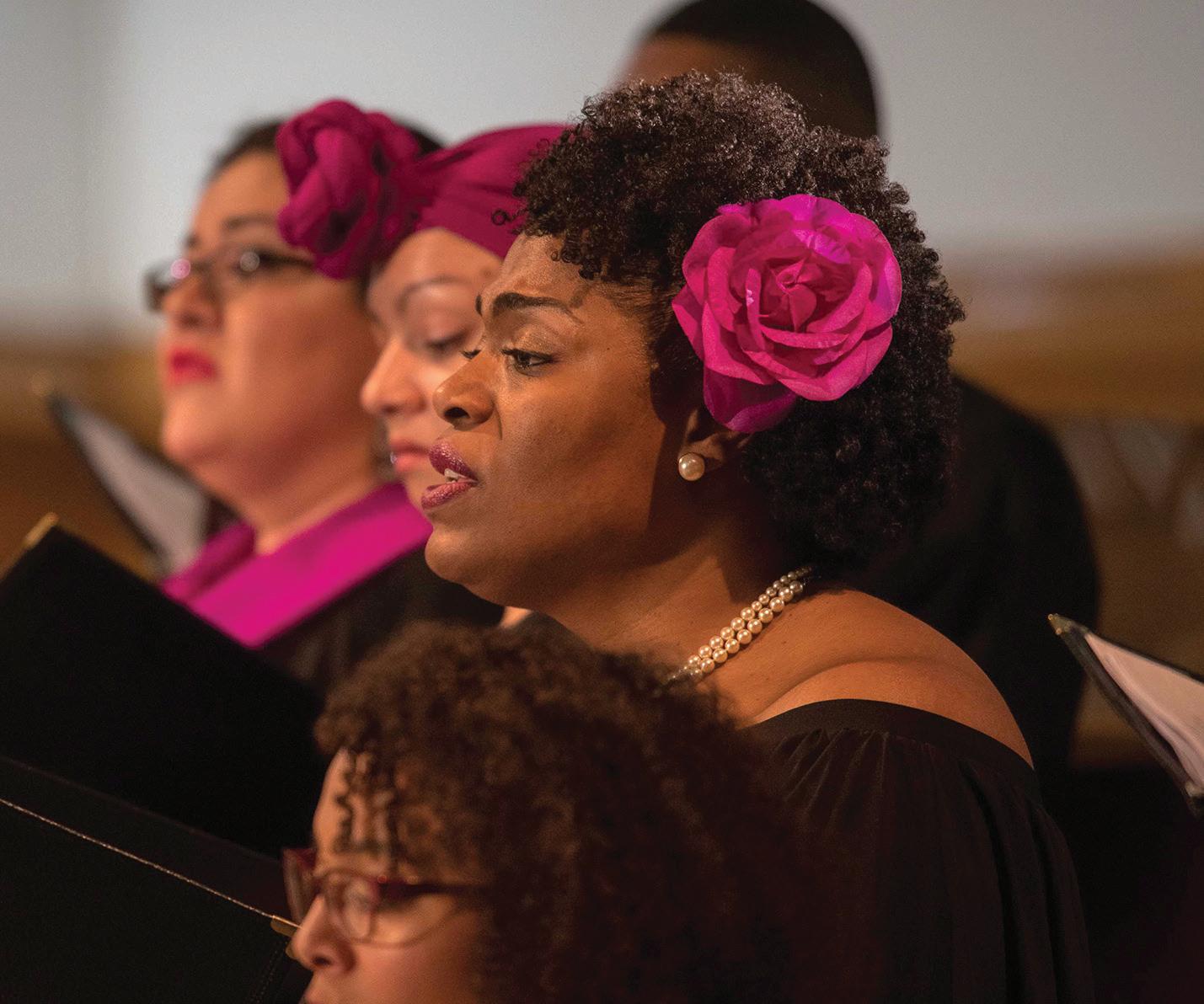
similar to ICD’s: the Empowering Silenced Voices Choral Database. Moy (who is on ICD’s choral advisory board) frequently finds herself helping fellow conductors whose organizations “are dealing with some personal discomfort over singing stories that do not reflect their own lived experience.” In addition to thoroughly researching the music and establishing new and respectful relationships across cultures, she tells choral leaders, “We need to provide conversation space.” At Chorosynthesis, “our presentations have shifted toward how to have meaningful conversations in our rehearsals and concerts on socially conscious themes,” she says. “We are putting together performance and conversation guides for some of the pieces we have commissioned.”
Moy and her colleagues in her other position, as a conductor and music professor at Syracuse University, “purposely invite guests with strengths different from ours to collaborate in rehearsal and performance.” Her students aren’t the only ones who benefit. “For me, that is my professional development,” she says. “Because we’ve all been taught in a certain way and we feel pretty confident about certain things,” it becomes even more important to identify and learn

from “culture bearers” and then “bring our singers into that learning experience, too. We don’t know everything, right?”
In that spirit, Abbington and Rogers encourage singers not to let their concerns about cultural appropriation turn into fear. “There is no shame for anyone not knowing something or not understanding something,” Rogers says. As he introduces members of his choruses to music from outside their own cultures, “there is space for people to explore, honestly, and for me to give them honest feedback.” Look at it as an opportunity to learn and grow, says Abbington, who, in addition to his work at GIA, teaches at Emory University and Morehouse College in Atlanta. “I am always delighted and warmed by predominantly white groups that really want to sing the [African American spirituals] repertoire,” he says.
One especially positive result of the new commitment to diverse repertoire is the attention performers have been paying u


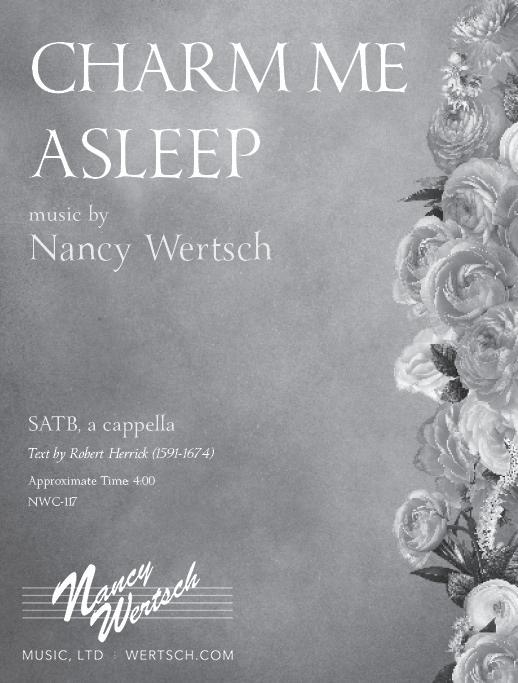

to composers such as Florence Price, Samuel Coleridge-Taylor and Amy Beach, who were active in the 19th or early 20th century but were largely neglected after their deaths. Now, says Istad, “people are rushing to bring some of these historic works to the public.” He is one of them, and he believes the effort is important, but he says it’s also important to go into it with eyes open: “One of the problems is that there hasn’t been enough scholarly work done on some of these pieces.” Deemer has been hearing the same thing from his colleagues: “A real challenge is finding clean, well edited scores of music by those composers.” In some cases, “no one has actually gone to the trouble of cleaning those scores up,” he says.
That was the situation Rogers faced with Undine Smith Moore’s oratorio Scenes from the Life of a Martyr. Rogers says Moore turned over the manuscript to her publisher not long after she completed it in 1981. While preparing the piece for the Washington Chorus’s 2023 season, Rogers discovered the publisher had only just begun to engrave it; the score was “basically in manuscript print,” he says, leaving him with the timeconsuming task of “trying to get a legible score so that we could have an authentic, accurate performance.” If a score in that condition were to come from a far less familiar composer, it would be even more concerning, says Istad, because it could leave him or any conductor with an unfair impression. “The legacy of that composer is at stake,” he says.
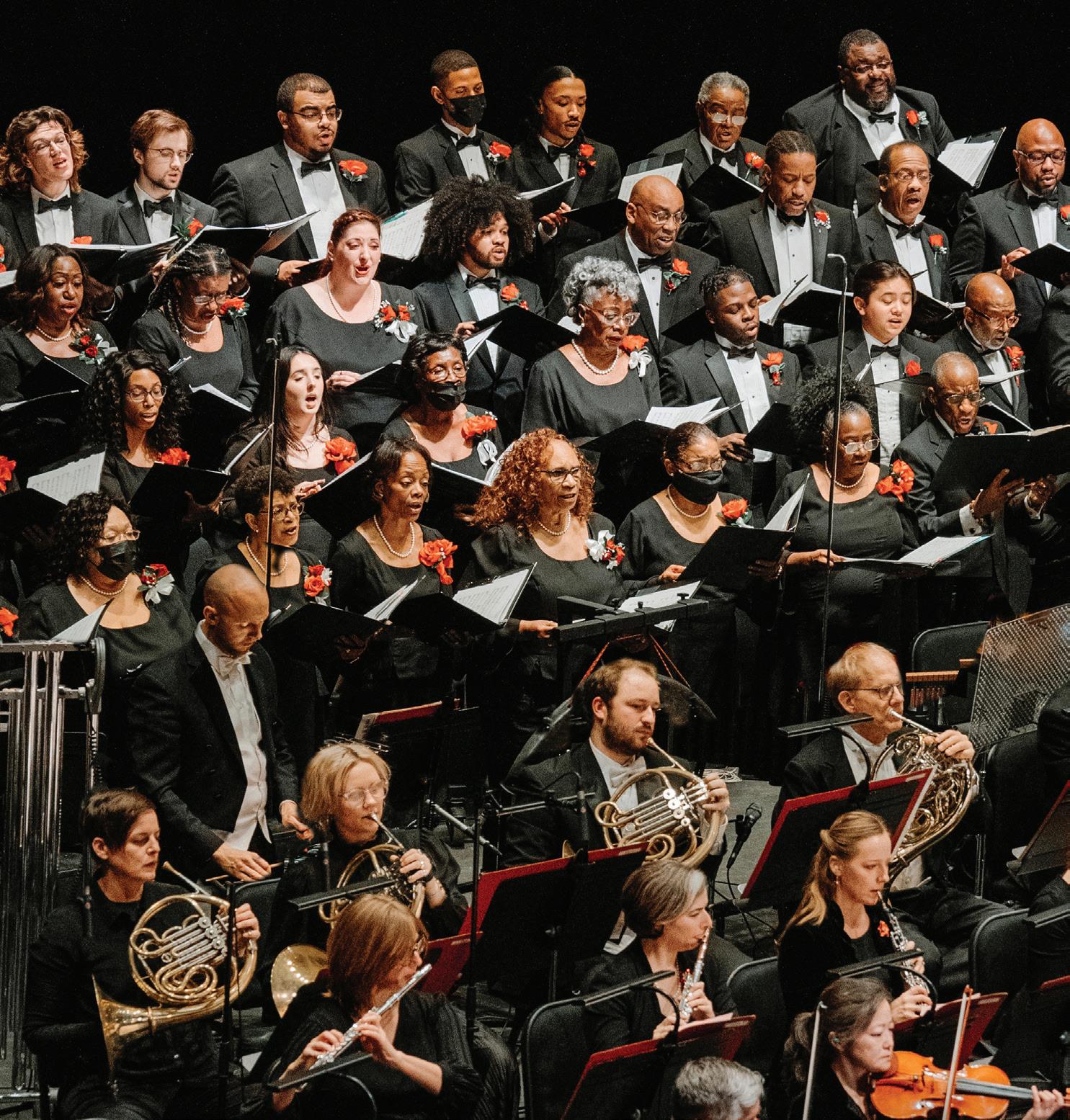
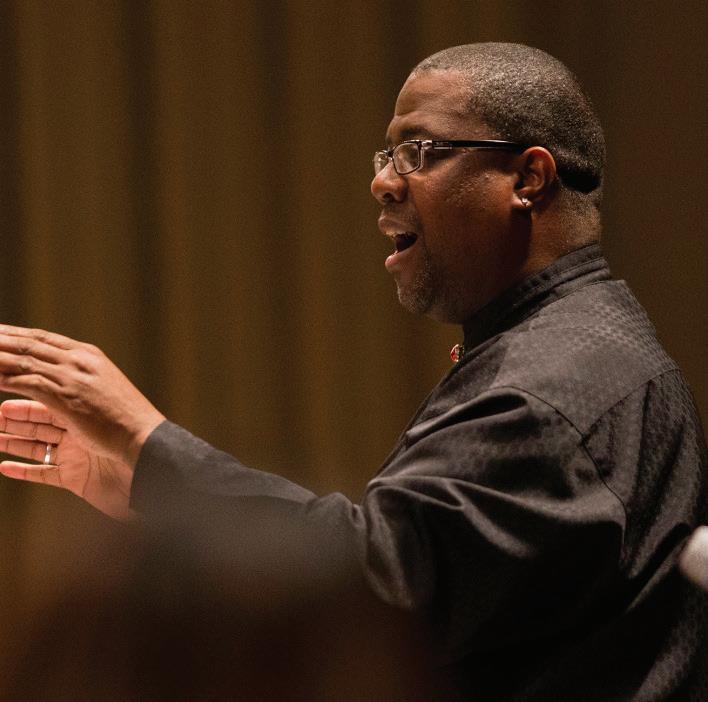
hard-to-find scores, the organization can provide referrals to musicians searching for critical editions. “I’d love to see better, stronger collaborative efforts,” she says.
The good news about these older scores, says Dworkin, is that “an incredible array” of scholars is actively working to find and vet them, and she’s aware of several music organizations invested in locating critical editions. Others in the field can benefit, she says, by “reaching out and saying, ‘We want to do something similar. How can we collaborate?’” While she notes that Sphinx does not function as a clearinghouse for
Some choruses have found that joint initiatives to create new music are an effective way to broaden opportunity and exposure for contemporary BIPOC and women composers. Chorosynthesis created a consortium of 13 choruses around a piece they commissioned from composer Melissa Dunphy, premiered in 2020, that juxtaposed the words of the Founding Fathers against BIPOC activists’ statements about universal voting rights. “We specifically asked Melissa not to make it full of lots of divisi,” Moy says. “We wanted it to, of course, be high quality and still represent her voice, but we wanted a piece that a community choir could present or a high school.” MorningStar is partnering with the St. Louis Symphony Orchestra to publish a number of pieces the orchestra has commissioned over the past three
decades for its IN UNISON Chorus, a resident ensemble that performs and preserves music from the African diaspora. Many orchestras around the country work with similar choruses, Lawson says, “but there’s not enough music for them, and so this will hopefully expand that repertoire.”
Approaching the challenge of diversifying repertoire requires commitment and integrity. Choruses that have started on this path are finding a way forward and are enjoying rewards, but risk is involved. Will your longtime patrons buy tickets to hear unfamiliar repertoire? “Sometimes those concerts do not sell as well,” Rogers admits, and he says that has proven to be the main challenge to the direction he’s taking with the Washington Chorus. But it’s not a deterrent, he quickly adds. Like many colleagues in the field, Rogers looks for creative ways to pair little-known and well-known repertoire, and he says the organization as a whole is working to forge authentic connections with communities whose cultures
“We wanted to change the way people think about diversity, away from checklists and away from labels and identity. We felt like that wasn’t necessarily a very sustainable approach or a very fun approach.”
–Gloria Yin
are inspiring the chorus’s programming. Before any of that happens, there must be buy-in from the board on down, he says. “The board has been very, very deliberate with their strategic plan. They have clearly outlined their commitment to this.”
At the Pacific Chorale, Robert Istad found that his singers were “more than excited” about delving into new, more diverse repertoire. In preparing the professional premiere of Florence Price’s Abraham Lincoln Walks at Midnight last season, “many of them became great advocates for her, and they were inspired to do research on their own,” he says. “It’s been really fun to watch them embrace this repertoire and become curious themselves.”
For Moy’s students at Syracuse, a culture shift felt like a prerequisite. “They came in
with the desire for more diverse repertoire,” she says. “They realized that we have not been singing music that represents their friends or even themselves.” Her program has begun moving more intentionally in that direction, she says, embracing choral literature beyond the Western canon and exploring how diverse music should be rehearsed and performed. “My choir is now more diverse,” she notes, and the same can be said for the Washington Chorus. The changing makeup of the ensemble is the strongest indicator of a culture shift, Rogers says. “We have more diversity and buy-in than I think we’ve ever had. It’s a tangible difference that we are seeing.” And that, says Dworkin, is the reason to do this work. The music choruses and orchestras perform “ceases to become sustainable if it’s
not relevant. If it’s not relevant to a whole slew of communities that do not see or feel or hear themselves represented on stage, then the whole field becomes irrelevant.”
Rogers and Istad agree a culture shift of this kind cannot happen without trust. As Rogers puts it, his colleagues at the Washington Chorus “know that I am not pushing an agenda. They know that this is coming from a belief, a truly lived belief, that we are better the more we understand and appreciate each other and the different backgrounds musically that we can bring.” Istad’s recent experience at the Pacific Chorale has him dreaming of a future for choral repertoire that manifests Rogers’s belief: “I hope that at the end of my career, these composers will no longer be considered diverse or underrepresented. Wouldn’t that be fabulous? That because of what we’re doing now, people will see that that choral music and classical music is for everyone.” n
Don Lee is a media producer, editor, writer, and amateur choral singer who lives in St. Paul, Minnesota. At NPR in Washington DC, he was the executive producer of Performance Today.

“Our audience was thrilled with the piece and with the ingenious multimedia aspect. The technology was seamless - I hardly had to think about it in performance.”
- Dr. Jeffrey Douma, Director of the Yale Glee Club


Utilizing the latest in video syncing technology, Leonardo da Vinci’s notebooks are brought to life through his words and drawings in an unforgettable multimedia concert experience created for SATB choir, full orchestra, and video projections.
Full Orchestra:
2.2.2.2 / 4.2.2.1 / timp.3perc / hp / str
Chamber Ensemble:
1.1.1.1 / 1.0.0.0 / timp.2perc / pn.hp / str
Duration: 40 minutes
Media: 1920×1080 video
Synchronizing Technology: MUSÉIK software from Ion Concert Media


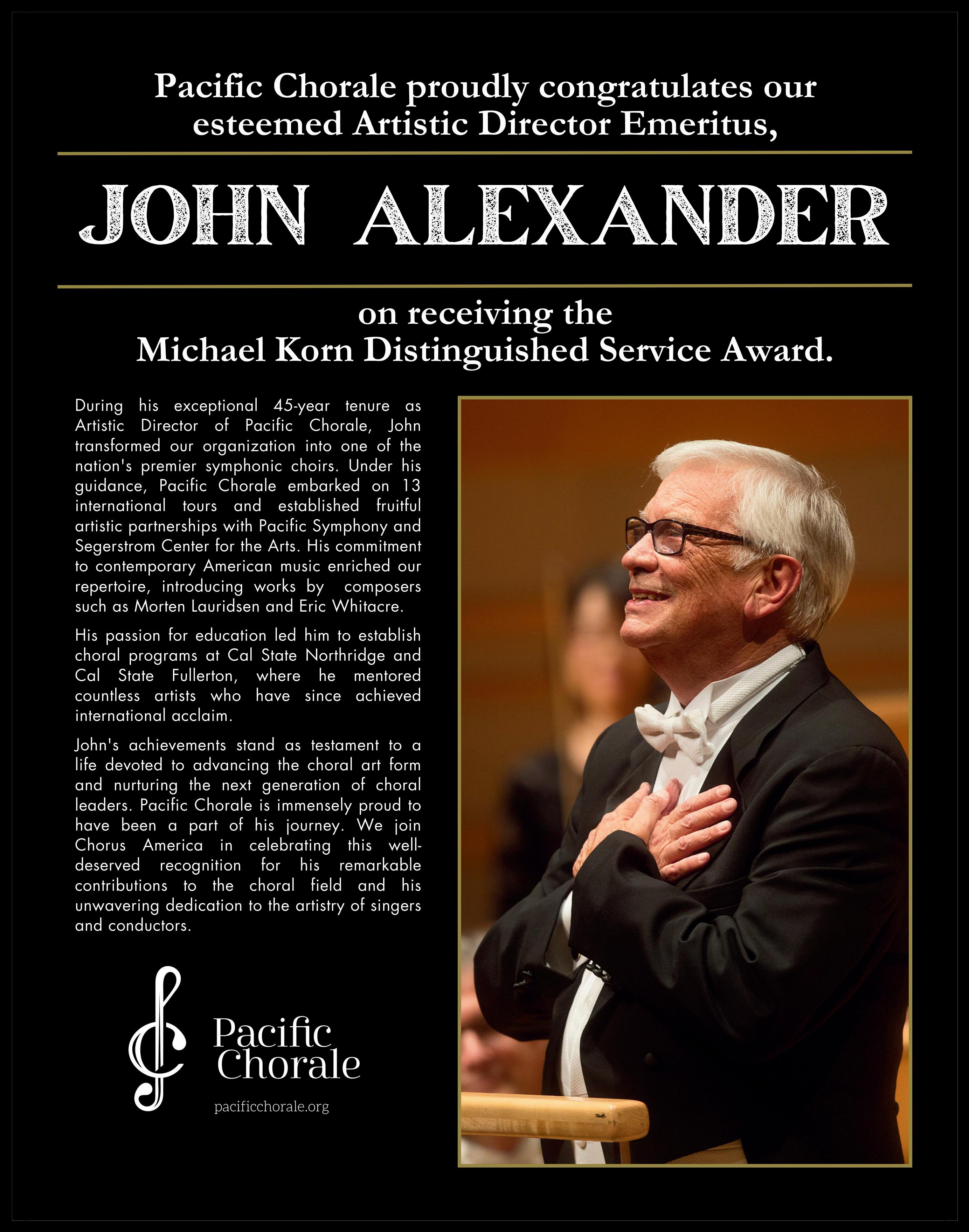
Two experts with experience in AI technology and nonprofit organizations explore the challenges and opportunities of AI adoption for the choral field.
Trained as a classical flutist, Beth Kanter started working in orchestra management before becoming a technology consultant and one of the very first nonprofit bloggers in the early days of the internet. She now works as a consultant, author, and thought leader in digital transformation and wellbeing in the nonprofit workplace. She’s thinking and writing about AI, she said, “because it has been my career to look at the emerging tech for the social sector and try to be a translator and try to encourage thoughtful adoption.”

organizations of all sizes and capacity levels as part of the plenary workshop “Harmonizing AI.” Before the plenary, they spoke with Chorus America president and CEO Catherine Dehoney about the best starting points for organizations new to AI, managing risk, and how AI can help choruses have a greater impact on the people and communities they serve.
CD:
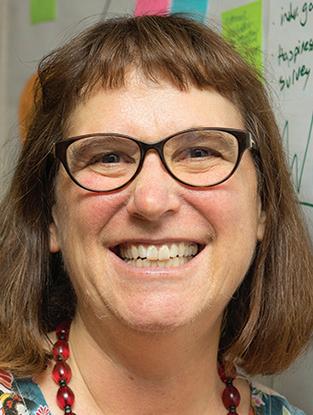
Maggie Vo’s varied career path includes academic research, a stint as a youth librarian, and professional choral singing. When she started playing around with early AI technologies like ChatGPT, she quickly became both fascinated by AI’s power and concerned about potential risks—including the fact that she found she was able to break models in ways that she didn’t want other people to be able to do. She’s currently the head of technical education and enablement at AI research and safety company Anthropic, developer of the AI assistant Claude, where she feels an alignment with the company’s focus on the “stewardship of safe and fruitful AI futures for humanity.”
In conversation together at the 2024 Chorus America Conference, Kanter and Vo will share how AI technology can benefit choral
“[AI is] not going to eat your job. It’s going to change the skills within your job or certain parts of it not completely automate your whole job ... There’s going to be a shift to focusing more on human skills.”
–Beth Kanter
Catherine Dehoney: Beth, in your book The Smart Nonprofit, you and Allison Fine write about the idea of nonprofits moving away from busyness and doing all the time to more thinking, and planning, and dreaming. How do you see AI as supporting this utopia?
Beth Kanter: If we in the nonprofit sector are able to use this technology well and ethically, we believe strongly that it will create the dividend of time. This technology is able to not just automate things, but to actually work with us as a thought partner, in addition to being our intern.
And this should free up nonprofit staff time from some of this granular, overwhelming work. Busyness, right? The hamster wheel. And refocus that time on mission-driven tasks which are really about human relationships.
Let’s think about major gift officers right now. If they haven’t embraced this technology, they may be spending 10 hours of their week doing what we call desk work, which could be something like researching prospects. That’s a use case that the technology can help summarize. And let’s just say it’s done well, and they’re using the tools ethically, and it frees up five hours of their time per week. How are they going to repurpose that time? Take the prospect out to lunch. Call the donor on the phone. When do we ever do that?
So we have this opportunity of a dividend of time in the nonprofit sector. But we also need leadership behind this, and leadership and capacity to lead us through this transformation and adopting this technology.
CD:
And to stop long enough to learn enough to lead it, right? Maggie, I was looking at Anthropic’s description as an AI research and safety company that builds “reliable, interpretable, and steerable” AI systems. That also gets at this question of ethical use. Could you share a little bit about what each of these three terms means?
Maggie Vo: The whole reliability, interpretability, and steerability thing is centered around our mission of trust and how you can trust AI and trust the companies behind them. Reliability means that you can trust the actual model. It means that you have a very low hallucination rate, which is when the model makes up answers when it shouldn’t, and also a low jailbreakability. Jailbreaking is when you can creatively prompt the model to do harmful tasks, such as producing instructions for how to build a bomb or outputting racist content. u
Interpretability is going to be increasingly important as models get bigger because it’s about understanding how the models think on a fundamental, really transparent level. Anthropic, I’m very proud to say, leads the industry in this area, because we’ve always been a research company. Since our founding, we’ve been doing research and publishing findings on novel interpretability methodology that has pushed the frontier of how to understand these models.
And then, lastly, steerability is basically the principle of making the models extremely easy to control. So if you say you want the model to do something, it should do it. You can trust the model to follow your instructions and you can trust that the model works on your behalf. That’s the key of it there: That there’s no nefarious underpinning, or that when you will it to do something, it does something else. Steerability is all about making sure that the model really is your tool.
These three aspects together build the foundations of what we believe is a trustworthy future for AI, where you can believe—and not even just believe, but verify for yourself—that the models are actually aligned to human ethics and values, and your organization’s way of working
That is something I had not thought about before: looking at the companies behind the AI to make sure they’re in line with your values as well. That’s such an important point and I think it can help reduce our worrying about the myths and fears around AI. Speaking of, do you have a favorite myth that we can debunk in this interview? Or are we really all going to be run by robot overlords?
I hear this a lot working with nonprofit folks: “The robots are going to eat my job and I’m going to be unemployed.” There’s a lot of fear around that. It’s not going to eat your job. It’s going to change the skills within your job or certain parts of it—not completely automate your whole job. Leaders and organizations need to focus on calming people’s fears around this, having conversations about that at the beginning. That’s a first step.
The second piece is there’s going to be a shift to focusing more on human skills. The most in-demand skills will be interpersonal skills, communication skills, and
leading with empathy. Creative problem framing is a big one. AI tools will get better at that. Right now, they’re better at problem solutions, but you have to frame how you’re going to ask the questions. Critical thinking. All of these are things that we want to think about as we’re building our staff or our volunteers and giving people training and support.
It starts at redesigning our tasks, then redesigning our workflows, then redesigning our jobs and departments and structures and the way our organizations work.
I always progress from talking to people about various task-oriented things to the whole mindset of how to orient their work structure around this new paradigm, because it is a new paradigm.
So where do you start? What is the entry point, then?
Tasks are the entry point. And then I think there’s a continuum of risk cases to ethics, and it begins with the lowest amount of risk. It’s a fallacy to think that we’ve eliminated all the risk—there’s going to be some amount of risk.
The lowest risk is individual use for tasks like generative AI for writing or analysis. And that’s a great place to start. Then there’s the mid-size risk. I classify this as when we’re using it internally to support our meetings, our collaboration, HR, finances, all of those internal operations, and I’m talking artificial intelligence more broadly. The highest amount of risk is when you’re putting it on the front line to interact with your constituents, whether that’s your donors or the people you serve. And it depends on the type of nonprofit. A nonprofit delivering mental health services for suicide prevention for youth wanting to use this technology—that kind of a project is set up to be really high risk. That’s not a place to start. Start with the smallest Legos, which are tasks, and then start to build your castles.
The phrase in the industry is “human in the loop.” You should always keep a human in the loop across your processes. For the lowest risk use cases, you are the human that’s always in the loop because you’re asking it to do tasks on your behalf. At the end of day, whatever you’re doing, you should always read it over. The way I like to think about it is that AI can write your first draft, but you should always be the one to hit publish.
“At the end of day, whatever you’re doing, you should always read it over. The way I like to think about it is that AI can write your first draft, but you should always be the one to hit publish.”
–Maggie Vo
I’ve been advising people not to put any personally identifiable information into a public model. You don’t want to upload your employee’s performance evaluation with your organization’s name and their email and their social security number and all that stuff. You really have to have some policy about what data you can share in your prompts. And what shouldn’t you share? Another piece is also about what’s confidential information and what if it is confidential?
Those are the three guidelines: Don’t fall asleep at the wheel. Always check it. Consider privacy and confidentiality.
AI organizations have really different policies around how they protect and use data when you pass it into their models. At Anthropic, we have such strict rules and it’s all outlined in very plain language in our user agreements. Not only have we never trained models on any user data period, but we never even see it—like, I could not even look at any data if I wanted to.
That means that at least where Claude is concerned, if you were ever to do something like put your performance review content into our models—I mean, we do that ourselves! I’m currently putting performance review content into Claude so it can help draft things for me, because I trust our data security. I understand very well how secure our backend is and the fact that we don’t keep prompts in storage beyond a standard 30 days to ensure that we have time to investigate anything our system flags as blatantly harmful. There’s a lot of safeguards we put in place that make me much more comfortable with using our models. Different companies deal with data differently.
In your experience, where are nonprofits starting with AI? What is the task?
Writing everything: ad copy, marketing, copy, solicitation emails, proposals. Anything that you need to do at scale, that you could just give it some examples of: “Here’s some previous versions I’ve written that are really good and please make this draft better.” And allowing companies to get more of a global reach, because at least Claude has the ability to write in over 200 languages. So you’re able to start getting a first draft of some things that you might not be able to otherwise. Hiring someone to fact check your final copy in Japanese is a very different thing than hiring someone to write it for you in terms of how much it costs your organization.
Another thing that is really helpful to a lot of organizations is the ability to free up mental space when it comes to meetings. None of the meetings at Anthropic have any notetakers. We just transcribe a meeting and record it. And then we ask Claude to make a memo email out of the meeting, including next steps and action items and all that stuff. It allows you to free up your human brain space to participate and be present in the conversation.
I see three work tasks. The writing tasks, like Maggie said. Maybe it’s helping me write first drafts. Maybe it’s helping me brainstorm titles for my blog post or subject lines for my email. Maybe I’m stuck on the last sentence of a paragraph, and I’m going to ask it to rewrite that sentence a whole bunch of times in different styles.
Then there are the analysis tasks, the summary tasks. There’s a lot of stuff we have to keep up with in our work. AI can translate a 100-page academic study to the sixth-grade level so you can easily grasp it. That’s big for a lot of executive directors that want to keep up in their field.
And then survey analysis and analyzing open-ended comments from a survey. A lot of people spend hours on openended data from their feedback forms. Claude is really good at that—you can put in comments and do a theme analysis or sentiment analysis, and it helps people get off that hamster wheel of data.
We’ve been talking about the organizational use of AI. I know the topic of AI and music creation would be a whole other session and u
Advertising • Sponsorship
• Exhibiting • Custom Opportunities
AVAILABLE JUNE 21
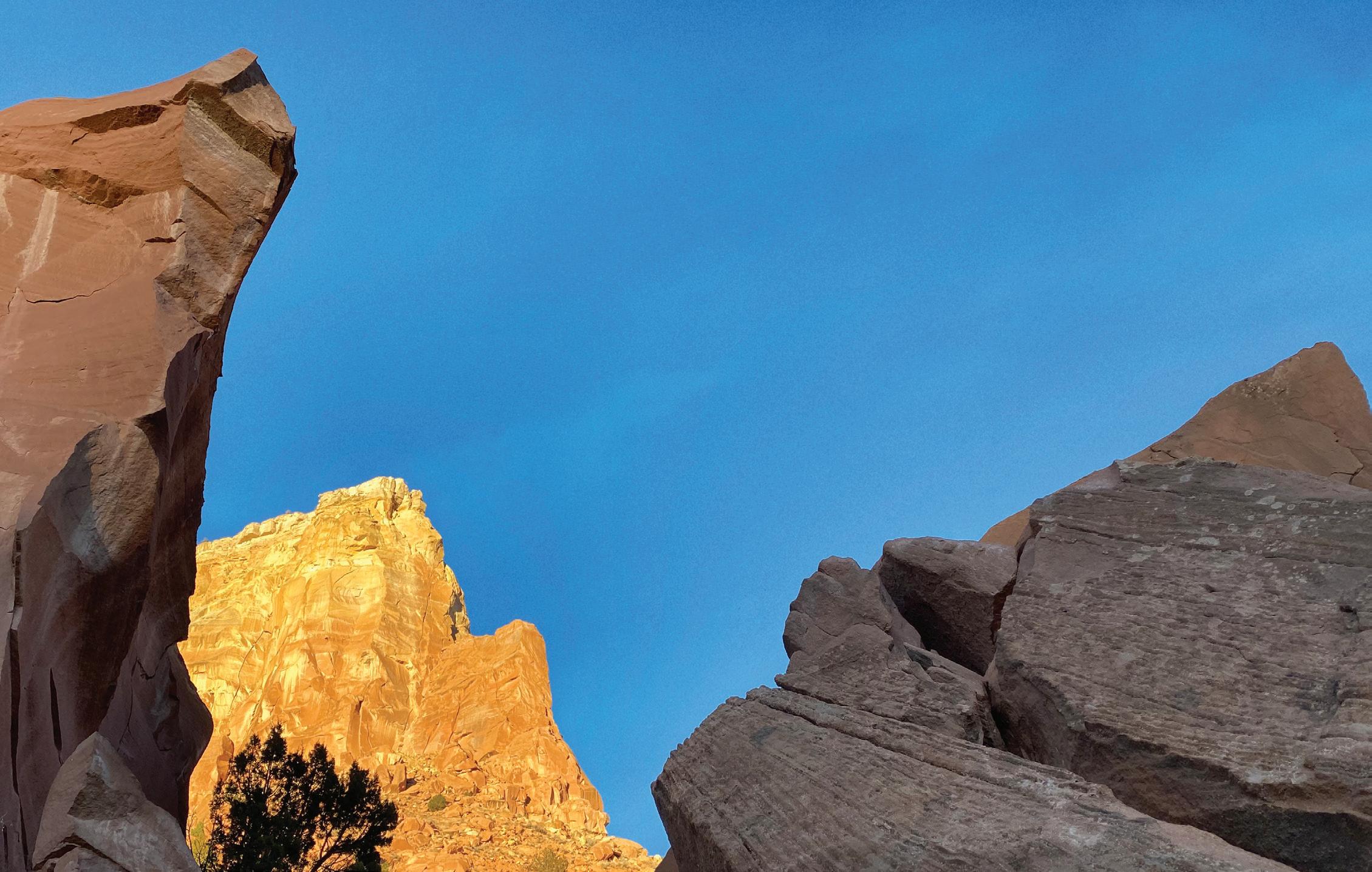
CONSPIRARE Craig Hella Johnson
Awet Andemicael soprano
Stephen Lancaster baritone

probably be a whole other interview as well! But for the artistic people in the room, do you have a few thoughts you could share about using AI creatively and how we might expect that to affect the choral world going forward?
I have thoughts here oriented around my experience as a choral singer. I think a lot about why we make music and why we listen to music. That is informed a lot by human connection, and also something indescribable and ethereal about making music or listening to music that is made by human connection. I think that part is pretty insulated from AI.
Having AI generate a kind of synthesized choral music or something that sounds very choral is definitely in the cards, but choral music relies a lot on phrasing and emotion and expression in a way that is going to take AI a lot longer to master.
When I was in Melbourne two weeks ago, I got a tour of the Moving Image Museum. There was this one conceptual piece about how our society is so overloaded with information that was an installation of a waterfall, with words being projected on the waterfall. When I read the description, it was actually an AI algorithm that was pulling words from headlines and putting them together in a random way to then project on the waterfall. So the artist was using AI as a kind of paint, if you will.
As opposed to trying to emulate something that’s human, let’s try to push the boundaries of art-making with using AI as a tool instead of the end work. It seems like we, especially creative artists like composers, have to think about it in that way. And what are the creative opportunities that open up to us because of that?
Last question: What makes you the most excited about the use of AI—for nonprofits particularly?
Out of all the classes of organizations that make the world go around, I think of nonprofits as the most human-oriented. I think that the heart of a nonprofit is about making the world better and doing so usually relies on connecting with people and brainstorming highly creative and lateral ways to approach things like funding or reach. Those things require that people have time on their hands away from doing more drudgery and menial work.
AI can be a force multiplier for making nonprofit work better, more powerful. That’s
what I’m most excited about: To take away all of the boring stuff and then to allow nonprofits to be a lot more powerful at a scale that’s much larger than what current staffing might be able to have them do without AI.
BK:
We could shift from a sector that operates on time poverty and time scarcity and move to abundance. By freeing up that time so that we have time to plan, time to take a breath, time to find joy in doing the work and connecting with other people, as Maggie said. Which in turn can help us scale some of our work, and maybe then have a greater impact on the people being served.
I know we have this loneliness epidemic in America and I’m not saying AI could solve that. But could it help choruses have more time to do more outreach, to get more people in to have that communal experience singing, and in some ways begin to solve that problem? And if other nonprofits in other areas are also able to do that, could we come out with a better, more connected, more optimistic society? I take the optimistic view. n
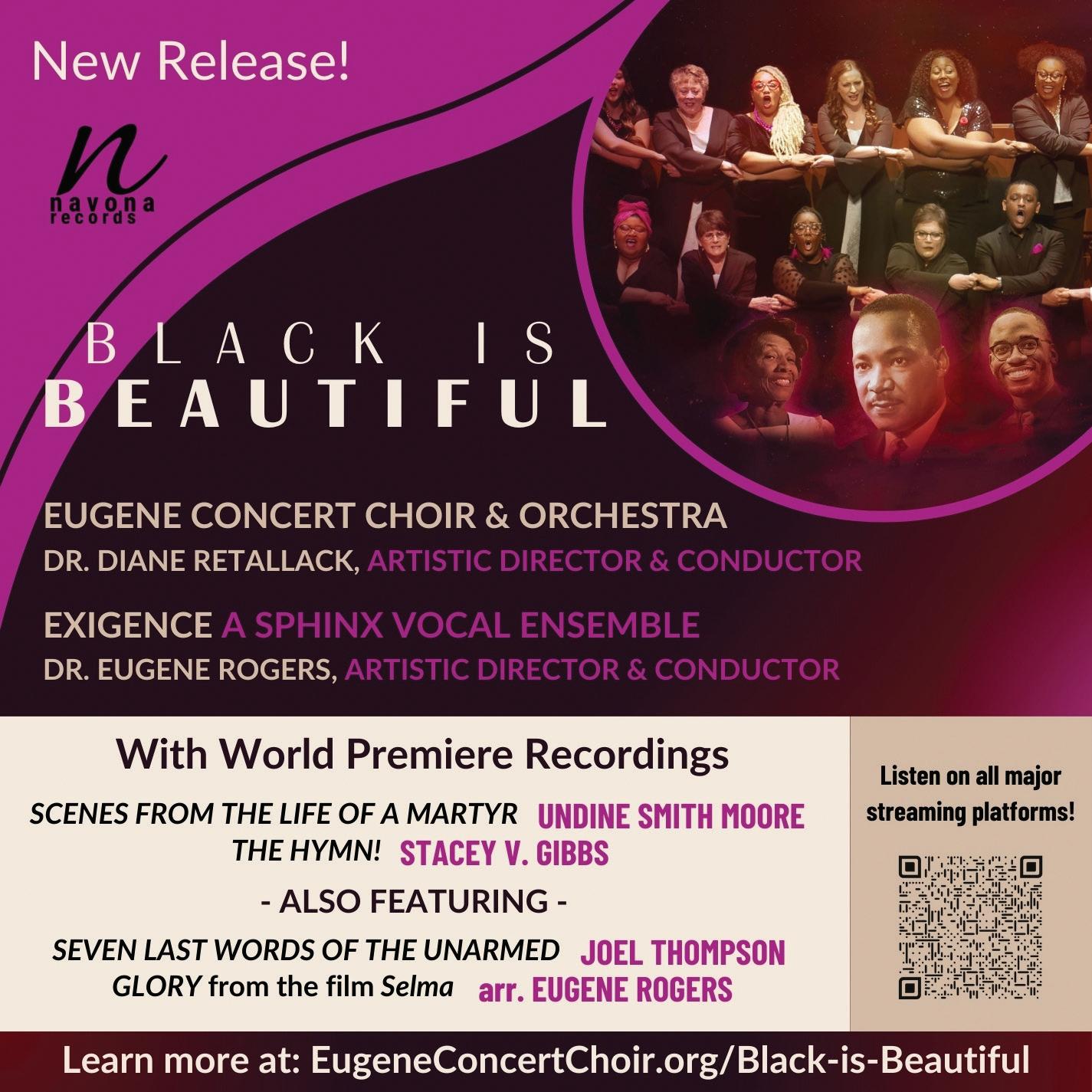
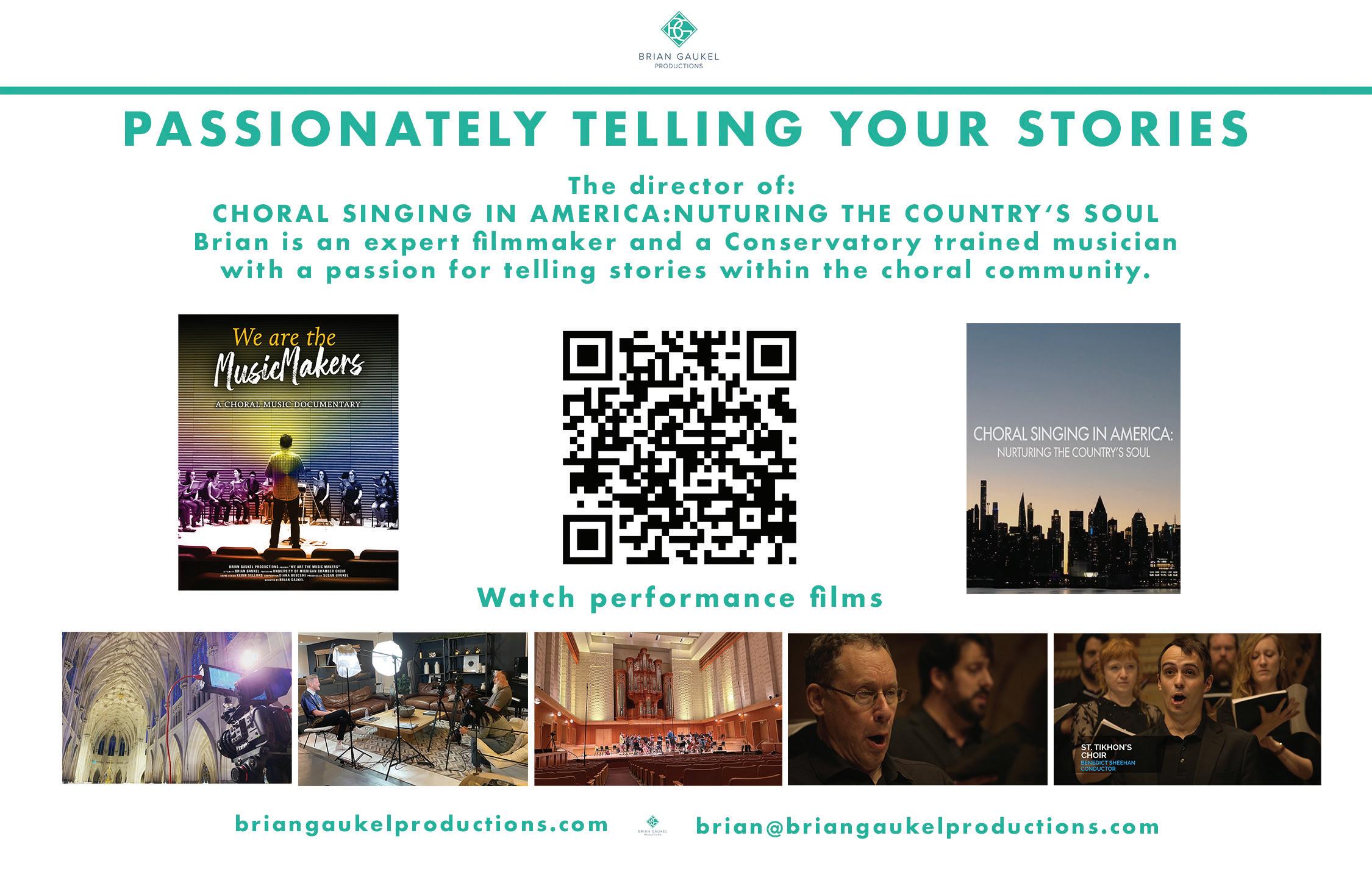
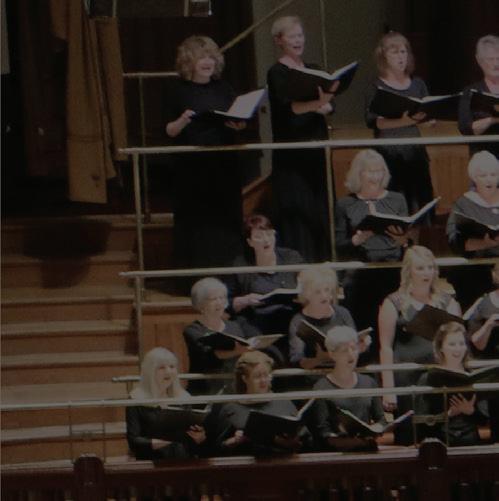
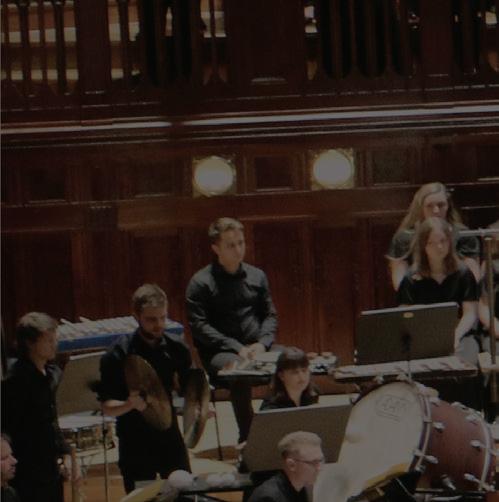
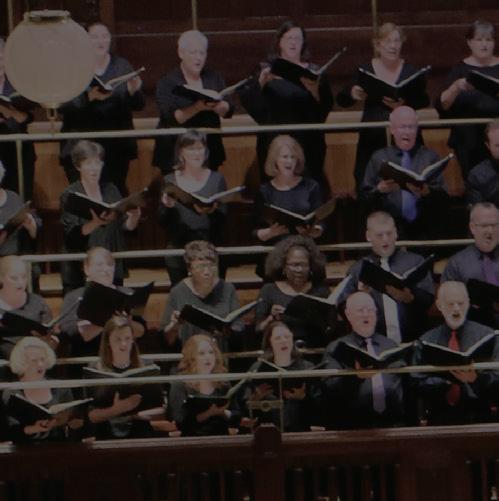
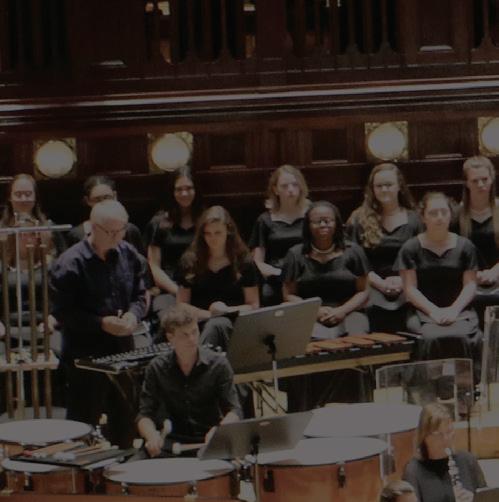

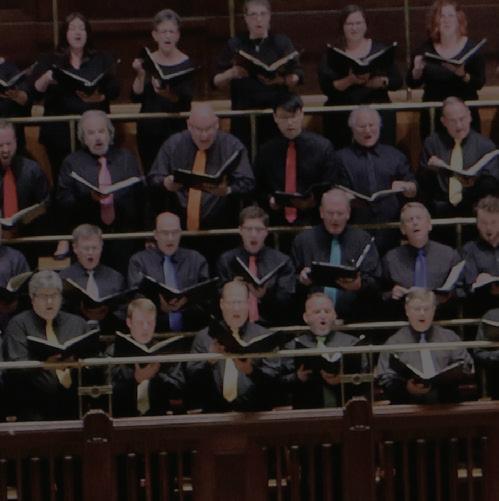
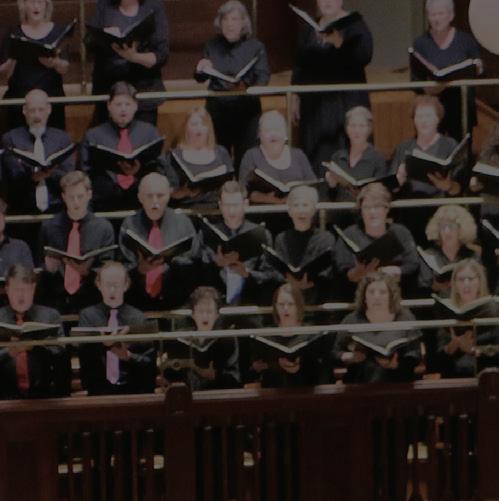
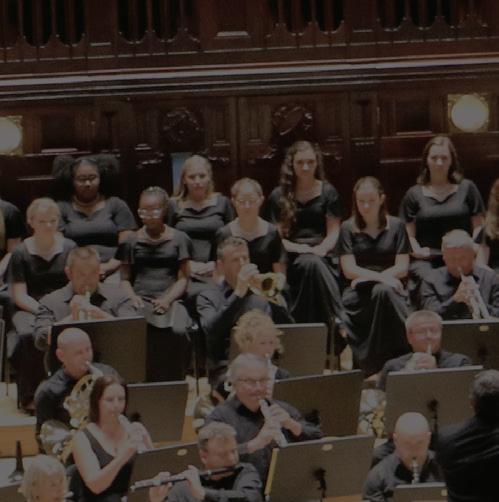

HEATHER SORENSON
MICHAEL TROTTA
Washington, D.C.
April 22-25, 2025
RYAN MAIN
In collaboration with National Concerts
New York City
June 6-10, 2025
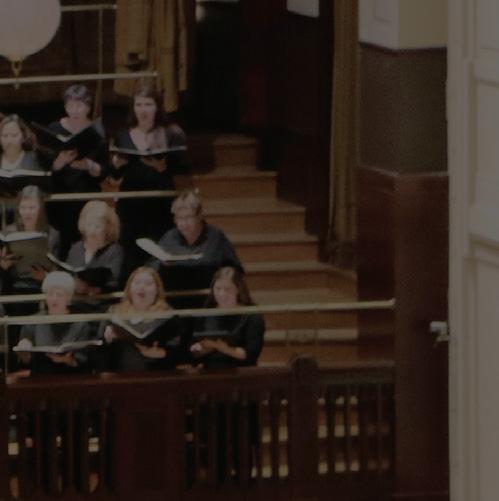
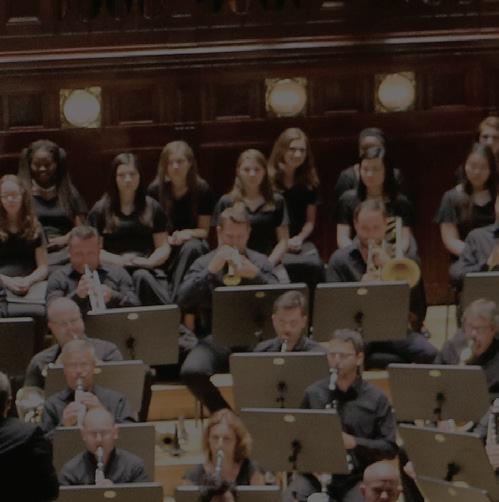
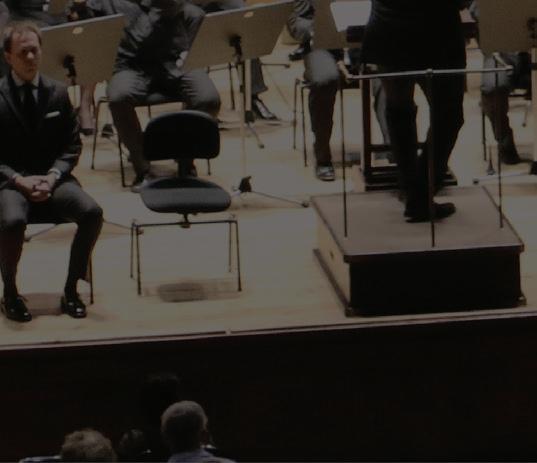
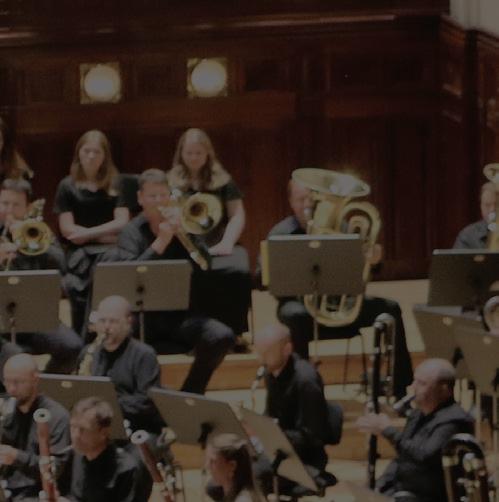
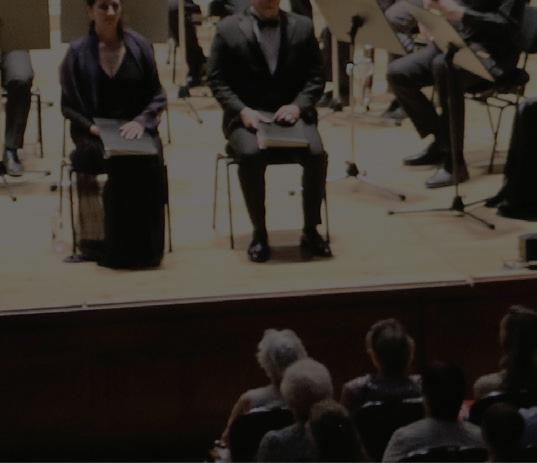


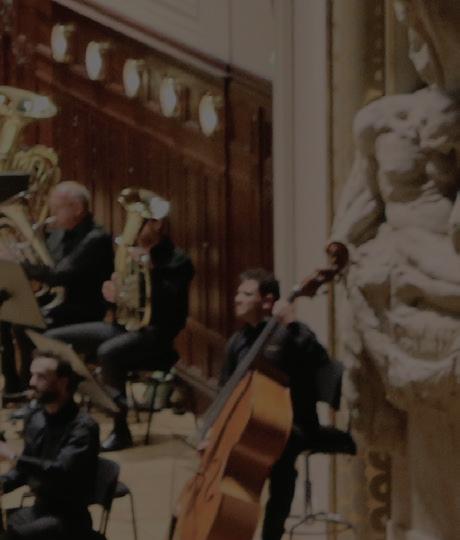
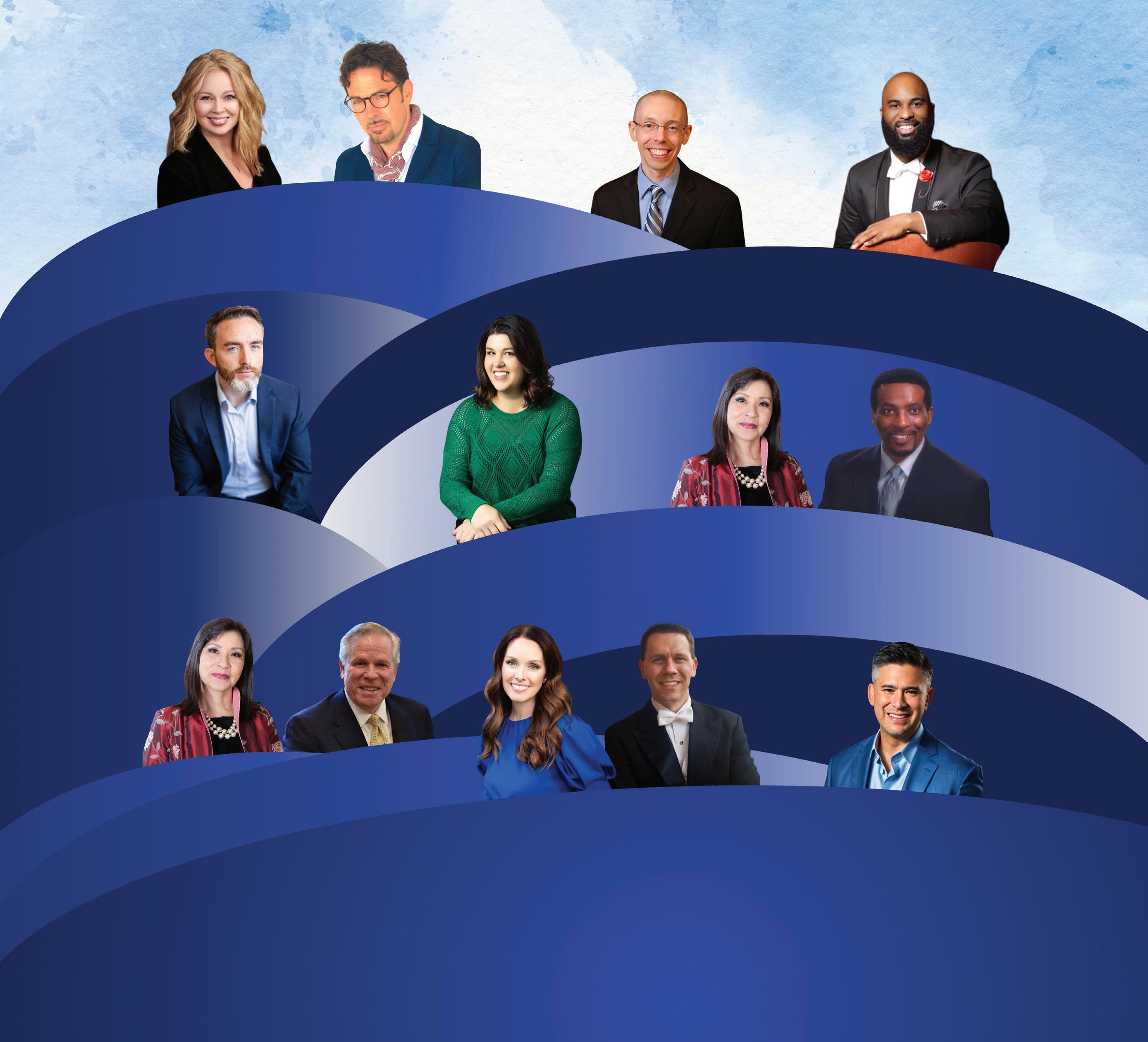
PEARL SHANGKUAN
JERRY BLACKSTONE
Greece
July 4-9, 2025
ANDREA RAMSEY
Portugal June 20-25, 2025
TOM TRENNEY
Czech Republic May 31-June 5, 2025
BRANDON BOYD
Italy June 4-9, 2025
PEARL SHANGKUAN ANDRÉ J. THOMAS
Austria
June 28-July 4, 2025
ELAINE HAGENBERG CRAIG ZAMER
Ireland
June 2-7, 2025
For
CUSTOM CONCERT TOURS FOR YOUR CHOIRS
Gene Peterson, Artistic Director gpeterson@perform-international.com
Aquiet (or not so quiet) crisis. A stealth emergency. That piece of business you know you need to take care of but never seem to get around to: What would happen at your organization if key people—founders, staff, volunteers—were not there anymore? Performing arts organizations around the country are increasingly finding the need to address the question of sustaining their legacy and impact, as social trends drive more personnel uncertainty.
We sought input from hundreds of arts and cultural professionals and volunteers, including Chorus America members, to understand the biggest challenges and opportunities around succession planning and knowledge transfer. For choral organizations, three themes are especially important: 1) Community and Communication; 2) Understanding the Risk; and 3) Building Enduring Knowledge Transfer Practices. Read on to see what we learned through our research, and how it can help your chorus right now and in the future.
The Cultural Stewardship Succession Planning Initiative began in Fall 2022, to answer a need that Center for Art & Historic Artifacts (CCAHA) and the staff of the
Lyrasis network, parent organization of Performing Arts Readiness (PAR), had been consistently hearing from the field: Can we look specifically at the issues that make succession planning such a difficult activity for performing arts and cultural heritage (libraries, archives, and museums) organizations? And can we develop some tools and resources to help our communities?
Originally, the two field services organizations, with the support of a grant from the Institute of Museum & Library Services, planned to hold six listening sessions for a total of 50 attendees. But interest at arts conferences like Chorus America and a number of cultural heritage association meetings led to 16 open discussions for almost 270 attendees. In addition, the project staff fielded a survey which attracted 156 respondents.
At the June 2023 Chorus America Conference in San Francisco, PAR and CCAHA held a Roundtable listening session on succession planning issues. The session explored how choral organizations are dealing with leadership transitions, identified key succession issues in the field, and asked participants about resources available to help organizations, their leaders, and their boards deal with personnel changes. The findings of this Roundtable session were consistent with what we heard across the cultural sector, but also raised topics unique to the choral field.
Across many of the listening sessions, we found that:
• A majority of arts and cultural organizations have little experience with formal succession planning; lack of time was seen as the biggest barrier to planning.
• Reduction in workforces and volunteer corps, due to COVID, economic issues, and early retirement, have caused succession problems at organizations. Some participants noted the impact of “societal changes— the need to step away to take care of aging parents or deal with other family situations.”
• Other issues exacerbating staffing and succession included a lack of opportunities for advancement and low salary levels, according to the project survey; over half of the respondents said that their organization has not presented them with a clear advancement path.
• There is a strong need to recognize the differences, and different approaches needed, when organizations are faced with emergency succession planning situations (as a result of a sudden departure, illness, or other dire situations affecting their leadership and staff), versus standard, anticipated succession planning.
• Listening session participants feel that succession planning is a high priority personally, but a low priority at many of their organizations. Many respondents noted that their boards are not concerned or don’t “understand what kinds of organizational resources need to be available.” u
The starting place for any contemplation of succession planning is the community that makes up your chorus—and the community your chorus serves.
From our discussion at the Chorus America 2023 Conference, we learned that choral groups may face “double trouble” in the need to replace executive directors and artistic directors, sometimes simultaneously. Considering how succession plans and transition timelines would need to be different for each of these roles is especially important.
It is also critical to understand the range of responsibilities of your organization’s board, and where board members might need to fill in should staff depart. Does the board have enough background on the operations of the organization to lead if staff are not in place? Who, for example, can run payroll? To support their ability to take on staff duties, key board members should understand the operating budget in detail.
From listening session participants, we heard concerns about retention and succession of part-time staff members and volunteers; strong communication with these important members of your organization is essential. If your organization is volunteer-run or has a small staff, make sure you have detailed descriptions of volunteer roles and responsibilities.
Diversity, equity, inclusion, and accessibility are increasingly a focus in conversations regarding personnel, leadership, and succession issues. Compensation and pay equity have been a central aspect of these discussions. “Times of transition are optimal for exploring and addressing issues of compensation for staff, very importantly including the lowest-paid staff,” said one session participant.
To ensure that relations with your different stakeholders—members and audiences— remain intact, thoughtful communication is critical. Questions that organizations must consider during a time of transition include: What is the sequence of events when an organizational leader is going to depart? When should it be announced? Will an interim executive director or artistic director be appointed? How long does the succession process take? And how do we best retain
donors and members and keep them informed when there is a staff or administrative change?
As one listening session participant counseled, a staff transition represents an important opportunity for connecting the community while preserving the organization’s legacy: the desire of outgoing leaders to leave a legacy should be respected and supported. “Succession planning should include support for the outgoing as well as the incoming leadership, and a compassionate and generous approach should be the goal,” the participant said.
Other respondents noted that changes among long-term staff and leaders, particularly at organizations with smaller staff sizes, can be traumatic for those who remain. It is
“A bunch of EDs and ADs started 40 years ago and are considering retirement after leading their organizations through the pandemic. Many are reaching retirement age or are simply burned out.”
–Listening Session Participant, Cultural Stewardship Succession Planning Initiative
important to find ways to provide emotional support for both the singers and staff at choral organizations where leadership transition and succession have taken place. Fortunately for choral groups, making music together can promote this kind of support!
Similarly, during times of staff upheaval, maintaining smooth external relations should be a priority. A participant noted that “it is important to continue and strengthen these relationships with all of your partner organizations, especially after new staff join a project. Connections with the community must continue for a project to be successful in the long term.”
One of the most compelling reasons to make time for succession planning and knowledge transfer is to be able to reduce the risk of disruption to your operations. It
is useful to think through the “what ifs” to create a sense of urgency and raise awareness for the organization’s leadership of the need to prioritize succession planning.
Two-thirds of respondents across the cultural sector said that their department or organization has experienced problems arising from a lack of succession planning, including:
• A lack of plans or instructions for remaining department/division/organizational staff.
• Disruption of momentum on projects including grants, social media campaigns, etc.
• Simple logistical issues, such as the inability to access computer files or other equipment, happen regularly with staff or leadership changes. One participant said “there is a need to know about everything from what grants are in process to where the cashbox is.”
• Difficulties in maintaining external relationships with partners, vendors, and volunteers.
In one of the listening sessions, a participant said that when the president retired at their arts institution, “the organization blew up!” Another noted that “succession plans are needed to ensure life for an organization after the founder leaves,” and a third added that this type of planning can lead to “sustainability of the organization, those who work with it, or participants in it.”
An important exercise to help key leaders understand the urgency of better succession planning is to identify the monetary impact of disruptions, cancellations, delays, and other possible adverse outcomes of not having key staff or plans in place. For many organizations, thinking through these implications makes it clear that they cannot afford to not do proper planning for staff transitions and knowledge transfer.
One of the strongest recommendations from our research was to encourage making succession planning and knowledge transfer not a one-time “event” but rather a way of operating, continually capturing methods and key information, as well as identifying and training possible successors. Developing and using a “knowledge transfer process” for experienced employees to share their work insights and experience with new staff, those continuing at the organization, and the organization as a whole is important, and there are oppor-
tunities presented by new technology to assist with documentation.
While many organizations may not be in the habit of succession planning, strategic planning is more often part of the rhythm of how arts organizations navigate their future. Addressing succession issues and knowledge transfer in the context of strategic planning can be helpful. For example, a strategic priority to introduce repertoire to engage new audiences may suggest that the organization should look to recruit artistic leadership with broader experience or prioritize giving current leadership an opportunity to explore and learn new material. Understanding knowledge transfer needs, such as a better digital repository for organizational records, may inform strategic objectives related to technology infrastructure.
During the strategic planning process, leaders should ask questions such as:
• Do we have personnel with the knowledge and expertise to accomplish this goal (and sustain its outcome)? If not, is the path forward development or recruitment?
• How can we create resources as part of this planning process that will help document our intentions and support knowledge transfer?
• What lessons have we learned from prior personnel transitions that we may want to address by prioritizing development of internal systems, processes, and procedures as part of this plan?
If an organization is faced with a sudden departure of a key staff member, the strategic plan should be referenced in developing a new job description and job posting. If the strategic plan was significantly informed by the former staff member, however, the organization may wish to reprioritize elements of the plan in order to attract a wider candidate pool—and then formally revisit the plan once a new staff member is in place.
But there is no substitute for hands-on experience! For example, many Chorus America members have suggested that when an artistic director is leaving, organizations can collaborate, and bring in others to “audition” in the role. Can you have an interim artistic director or rotate directors concert by concert during a season? Can you do a “test drive” by having several potential ADs lead a concert from rehearsals through performance?
Listening session participants also urged those looking at transitioning out of leadership to “be replaceable,” documenting their activities and setting realistic expectations.
As of April 2024, resource materials available on the project website at ccaha.org/succession include:
• The Top 10 Things You Can Do NOW to Support Succession Planning & Staff Transitions (see below)
• 5 Questions Board Members Should Ask About Staff Succession Planning
• A Succession Risk Assessment Matrix (showing the effects and implications of numerous staff transition situations on key aspects of an organization’s operation, including Mission, Financial Impact, and Time/Human Impact)
• A Cultural Succession Planning Bibliography (annotated and continually expanding)
• A Responsibility Assignment Matrix (supporting succession planning by examining the division of labor between roles in a department or organization)
• A Job Analysis Template (examining key job tasks, functions, connections, and expertise)
• Conducting Oral Histories for Succession Planning (guidance on utilizing oral histories to preserve organizational information and allow for knowledge transfer)
These activities will ensure that your organization has the most critical information in the event of a succession emergency, but they will also help you build a framework for longer-term succession planning and knowledge transfer.
• Ask Yourself “What Would Happen If” (and write down the answers as a map for what you need to address)
• Record Important Passwords (in a secure manner according to your IT policies)
• Locate and Designate Physical Keys (to ensure access to facilities and collections)
• Document Critical Internal & External Contacts (including annotated details about their significance)
• Update Job Descriptions (to ensure that all accountabilities and responsibilities are documented—and highlight key gaps). Don’t forget to include volunteers and part-time staff.
Some of these leaders are founding executive directors or artistic directors, and organizations are undergoing first-time leadership transitions since the organization started, so collecting information can help to set up a retrospective of the history of the organization and its founder, as well as providing information for incoming leaders. One important tool that CCAHA and Lyrasis have developed is “Conducting Oral Histories for Succession Planning” (see sidebar for details).
• Identify “Next Person Up” for Emergency Situations (based on the responsibilities in the Job Descriptions; note gaps, cross training needed, and include Board members if necessary)
• Identify Policies to Be Created or Updated (for collections management, emergency response, other topics). Make a plan to complete those you do not have.
• Record Details about Special Projects (particularly anything tied to special funding sources)
• Create the Table of Contents for Your Knowledge Transfer Guide (and a timeline for filling it in)
• Tell Someone Where to Find All of The Information Above!
Another important practice is regularly developing and updating documents such as human resources manuals, volunteer manuals, and guidelines for part-time staff. As one listening session participant noted, “I’m doing 19 different things that aren’t in my job description, and it has recently changed again!”
Organizations realize they need to develop documentation on succession planning, but many respondents felt that even basic u
operating policies are not documented well at their organizations, and are needed first. “It’s important to record your journey in some format, whether in writing, pictures, or video,” one listening session participant noted, “because you need to leave a breadcrumb trail.”
Throughout the listening session and survey research portions of the project, participants reported that not all succession planning experience was bad. In particular, attendees spoke about outgoing and former staff continuing to work with current employees to ensure continuity in projects and at positions. Some even reported that there were positive impacts—including documentation and organizational re-engineering— in how they dealt with staffing and productivity issues during COVID.
When you find yourself involved in a transition or succession situation, where can you go to get support to help you
through these difficult periods? Non-profit associations, state and local arts councils, and specialized consultants may be able to help. Another suggestion was to work with faculty and staff at arts administration degree programs at local colleges and universities to identify up-and-coming leaders,
CCAHA and Performing Arts Readiness/ Lyrasis have been synthesizing this information, and the large amount of enlightening survey and listening session findings, to create a suite of resources focused on succession planning for arts administrators and collections care staff at cultural institutions (see sidebar for details).
Educational programs including live classes and webinars are being developed presenting “good practice” strategies to prepare organizations for staffing and volunteer transitions. The CCAHA/Lyrasis Cultural Stewardship Succession Planning Initiative will continue to develop more tools through the fall of 2024, and resources and presentations will continue to be offered beyond the completion of the grant project.
Succession planning can feel like an overwhelming project to begin. However, by taking the first steps and moving
co-directors James Bagwell and Leon Botstein
towards making succession planning a regular part of your chorus’s operations, you can set your organization up to weather inevitable staffing transitions while sustaining your work and impact. n
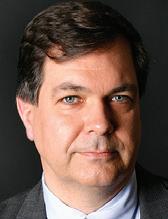
Tom Clareson is project director of Performing Arts Readiness, funded by the Mellon Foundation to help performing arts organizations protect their assets, sustain operations, and prepare for emergencies. He serves as senior consultant for Digital & Preservation Services at LYRASIS, focusing on preservation, disaster preparedness, digitization, funding, and advocacy for arts and cultural organizations. Clareson is secretary of the Board of Directors for the Foundation for Advancement in Conservation, and chair of the National Board of Advisors, Richard M. Ross Art Museum at Ohio Wesleyan University.

Michelle Eisenberg is executive director of the Conservation Center for Art & Historic Artifacts, a Philadelphia-based organization advancing cultural heritage preservation nationwide. She has over 20 years of experience in nonprofit management, fundraising, and consulting, and has assisted dozens of organizations with staff transitions.






You’ll need our Conference app to access additional Conference schedule details, the most up-to-date information, and more. Be sure to download the Guidebook app on your phone or mobile device.
• Download the Guidebook app.
• Tap the “Find Guides” search bar on your screen.
• Tap “Have a passphrase?” at the bottom of the screen. The passphrase is “choruscon2024.”
• Tap the Download button.
Questions? Ask at Registration.
Want to use the app to connect with fellow attendees? Go to the Connect tab and create a profile.

KEY
n Conference Programming
n Public Event
n By Invitation
n Ticketed Event
One-on-Ones
Morning Coffee
THURSDAY, JUNE 6
8:30–9:30 am Windsor Pre-Function Area 11:30–12:00 pm Windsor D+E
Opening Plenary: The Future of Choral Leadership 9:30–11:30 am, Windsor Ballroom
Speakers: Andrés Holder, Joseph To, Lyjah Torres-Reyes, Kimberly Waigwa Daily Sing: Ladell Fortune
Breakout Sessions 2:00–3:00 pm
Forums 3:15–4:15 pm, Venetian 1–6
4:30–5:00 pm Venetian 1–3
Happy Hour 5:30–7:00 pm Offsite (see Conference app for details)
Opening Night Concert: Atlanta Master Chorale, Atlanta Young Singers, The Wendell P. Whalum Community Chorus 7:30–9:00 pm, Cathedral of St. Philip, 2744 Peachtree Road NW (see Conference app for shuttle info) Opening Night Reception 9:00–10:30 pm Cathedral of St. Philip, 2744 Peachtree Road NW (see Conference app for shuttle info)
DCINY Fun Run/Walk/Crawl, 7:00 am (see Conference app for details)
FRIDAY, JUNE 7
Annual Meeting and Awards Presentation
8:30–9:30 am, Windsor Ballroom Daily Sing: Deanna Joseph
Breakout Sessions 9:45–10:45 am
Roundtables 11:00 am–12:00 pm Windsor Ballroom
Lunch Break and Dine-Arounds 12:00–2:00 pm
8:30 am–11:00 pm, Willard
SATURDAY, JUNE 8
8:15–9:15 am Windsor PreFunction Area
Choral Singing in America Screening
1:00–2:00 pm, Venetian 1–3
Breakout Sessions 2:00–3:00 pm
Exhibitor Showcase
3:00–4:30 pm Windsor Pre-Function Area
Composer Showcase
3:15-4:15 pm Windsor D
4:15–4:45 pm Trippe
Chair’s Reception
5:30–6:45 pm Venetian
Gala Celebration and Auction: An Evening on Peachtree
7:00–10:00 pm Windsor Ballroom
Area
8:30–9:30 am Windsor PreFunction Area
| 8:30 am–3:15 pm, Windsor Pre-Function Area Quiet Room | 8:30 am–3:30 pm, Willard
8:45–9:15 am Hope, Trippe
Plenary Workshop: Harmonizing AI 9:30 am–12:00 pm Windsor Ballroom
Speakers: Beth Kanter, Maggie Vo Daily Sing: Kevin Johnson and Karen Marrolli
Lunch Break and Dine-Arounds 12:00–2:00 pm
Former Board Lunch 12:00–2:00 pm Venetian 4
Breakout Sessions 2:00–3:00 pm
Closing Concert:
Leadership Development Forum 12:00–2:00 pm Venetian 6
Atlanta Music Project, Kinnara, Trey Clegg Singers 4:00–5:30 pm, Church at Wieuca, 3626 Peachtree Rd NE (see Conference app for shuttle info)
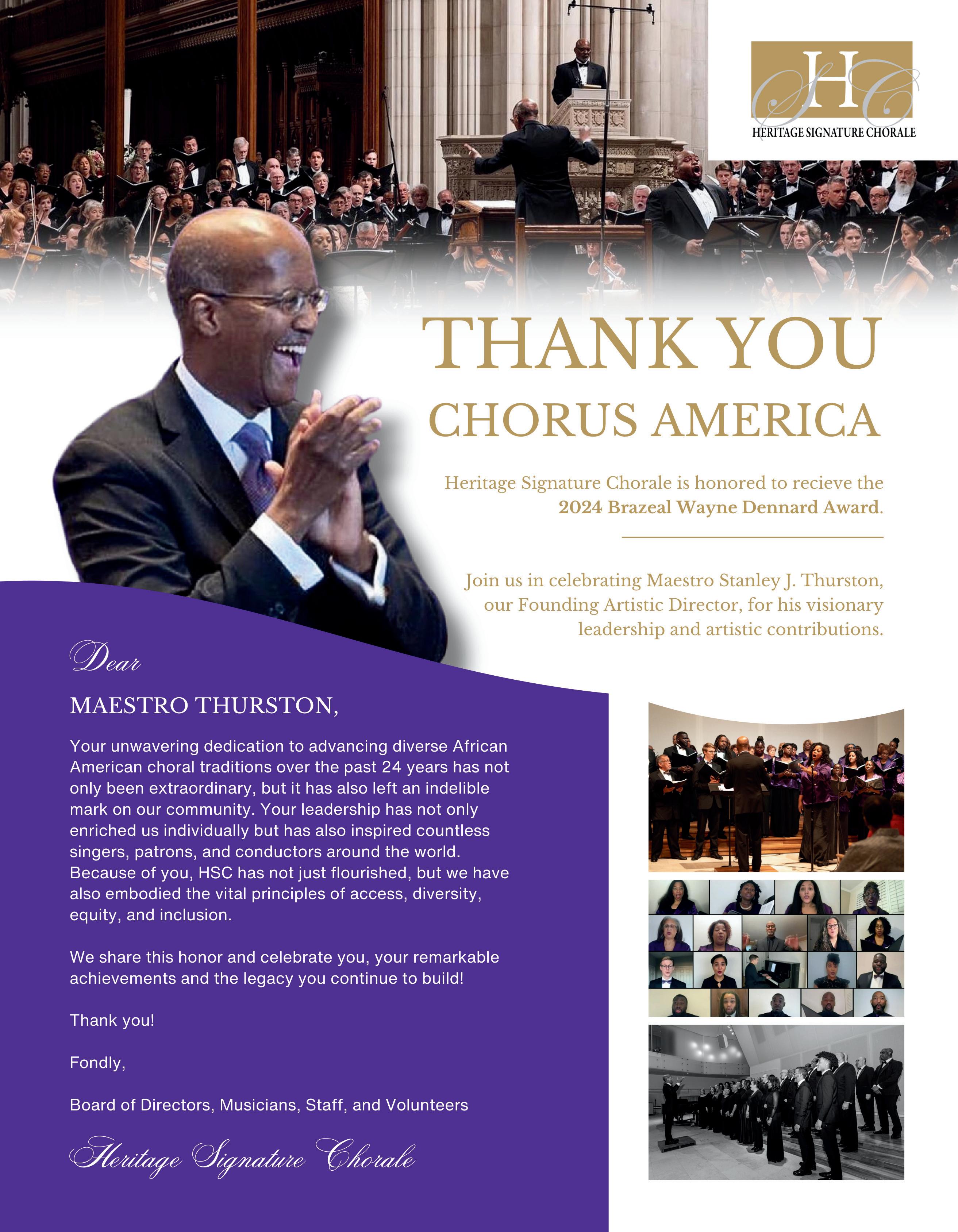
THURSDAY, JUNE 6 | 2:00–3:00 PM
Art Pharmacy: Integrating the Arts into US Healthcare (Hope 2)
Speaker: Adrienne Hundley
Demystifying Finance for Choral Leaders (Windsor D)
Speaker: C. Lorenzo Evans III
Imagining Your Chorus Without You: Perspectives on Succession Planning (Windsor E)
Speakers: Matt Greenberg, Jonathan Miller, Sandy Siegel Miller
Planning for Equity from the Administrative to the Artistic (Hope 3)
Speakers: Rachel Clark, Arreon HarleyEmerson
FRIDAY, JUNE 7 | 9:45–10:45 AM
Choral Ubuntu: Society in a Circle (Trippe 1)
Speaker: Charlotte Botha
Fundraising Strategy from a Conductor Turned Development Director (Trippe 2/3)
Speaker: KellyAnn Nelson
Promoting Socioeconomic Equity in Choral Practice and Performance (Hope 3)
Speakers: Maclain Hardin-Kurza, Stephanie Helleckson
The Secrets Behind a Stand-Out Brand (Windsor D)
Speakers: Cheryl Baldwin, Laura Bessinger-Morse
FRIDAY, JUNE 7 | 2:00–3:00 PM
Building Institutional Sustainability (Venetian 6)
Speakers: Katherine “KT” Boling, Darren Dailey
Partnering with Purpose: Amplify Your Chorus’s Community Impact (Trippe 2/3)
Speakers: Alyssa Clifford, Ingrid Lestrud
Moving Out of the House:
Transitioning from “Mom and Pop” to a Fully Operational Board (Hope 3)
Speakers: Eric Nelson, Jim Verrecchia
Working with Intent: Organizations and Culture Bearers (Venetian 4)
Speakers: Nicholle Andrews, Saunder Choi, Steven Fox, Erin Guinup, and Stanley Thurston
SATURDAY, JUNE 8 | 2:00–3:00 PM
Founding and Growing a Music Training and Youth Development Program (Hope 3)
Speakers: Aisha Moody, Chantae Pittman
Choral-Orchestral Rehearsal and Conducting Techniques (Windsor A–C)
Speaker: Norman Mackenzie
Crossing Cultures through Choral Singing (Trippe 1/2)
Speakers: Laney Armstrong, Monica Baruch, Rabihah Dunn
Programming with Curiosity: Diversifying Repertoire with New Muses Project (Windsor D)
Speakers: Carter Miller, Gloria Yin
Sponsored by Mark Shapiro
Creating a Welcoming Home for All Who Gather to Sing (Hope 2)
Speaker: Dónal Noonan
Chorus America’s awards program recognizes remarkable individuals and choruses for their meaningful contributions to the choral community. Our 2024 awards were announced in April and recognized during the 2024 Conference. Visit chorusamerica.org/awards to learn more about our award winners.
MICHAEL KORN DISTINGUISHED SERVICE AWARD
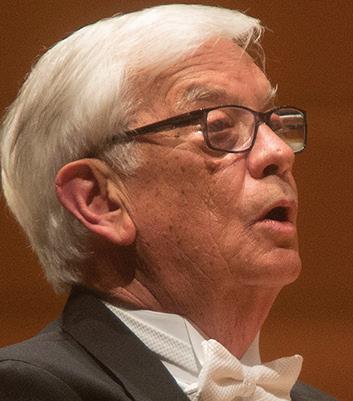
The Michael Korn Distinguished Service Award recognizes a member whose long-term service to the choral field has significantly furthered Chorus America’s mission and vision.
• 2024 Recipient: John Alexander
MARGARET HILLIS AWARD FOR ARTISTIC AND ORGANIZATIONAL ACHIEVEMENT
The Margaret Hillis Award for Artistic and Organizational Achievement is presented to a member chorus that demonstrates both artistic achievement and a strong organizational structure with financial stability, as well as a commitment to access, diversity, equity, and inclusion, community engagement, and education.
• 2024 Recipient: VOX Femina Los Angeles (right)
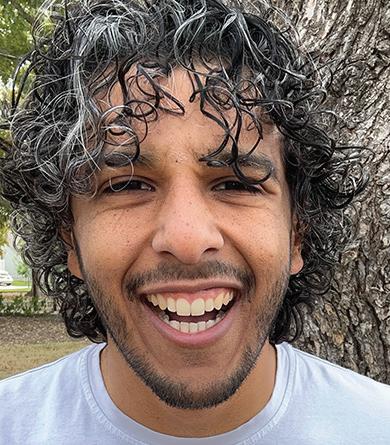
The Alice Parker Fund Award supports the composition and thoughtful presentation of choral music based in the traditions of Black and Latinx communities. This award recognizes the exemplary work of a Black or Latinx composer or an
ensemble that respectfully and authentically presents works incorporating these traditions and experiences.
• 2024 Recipient: Carlos Cordero
EDUCATION AND COMMUNITY ENGAGEMENT AWARD
The Education and Community Engagement Award recognizes programs that expand a chorus’s role in its community. Successful programs demonstrate mission-based program development, viable music education, effective management and fiscal integrity, a commitment to artistic achievement, and collaborations that are sustainable, beneficial, and meaningful for all partners.
• 2024 Recipient: Long Beach Camerata Singers (above right)
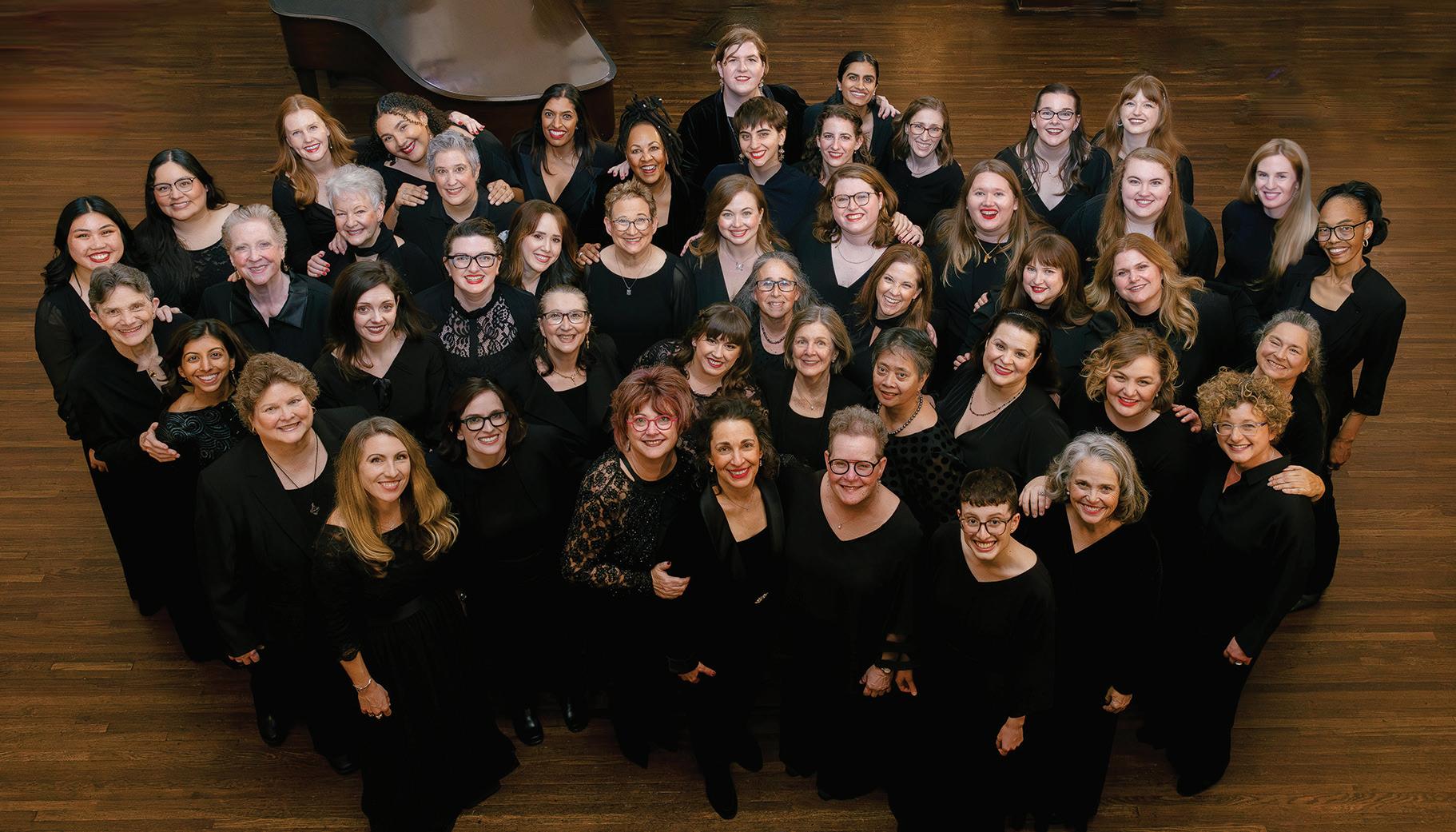


LOUIS BOTTO AWARD FOR INNOVATION AND ENTREPRENEURSHIP
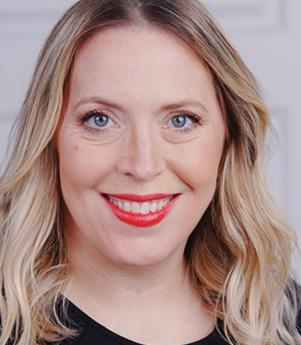
The Louis Botto Award for Innovation and Entrepreneurship recognizes a midcareer conductor for their contributions to furthering the mission of their ensemble or organization.
• 2024 Recipient: Erin Guinup
BRAZEAL WAYNE DENNARD AWARD
The Brazeal Wayne Dennard Award recognizes individuals or organizations whose work demonstrates a long-term commitment to access, diversity, equity,
and inclusion and furthers diverse African American choral traditions through performance, research, or the creation of new compositions of significance.
• 2024 Recipient: Heritage Signature Chorale (above)
CHORUS AMERICA PHILANTHROPY AWARD

The Chorus America Philanthropy Award is given to individuals, corporations, or foundations whose financial support of Chorus America and the choral art has been especially significant and generous.
• 2024 Recipient: Anne B. Keiser


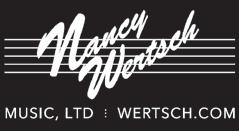

Chorus America gratefully acknowledges these businesses, organizations, and individuals for their support of the 2024 Chorus America Conference.
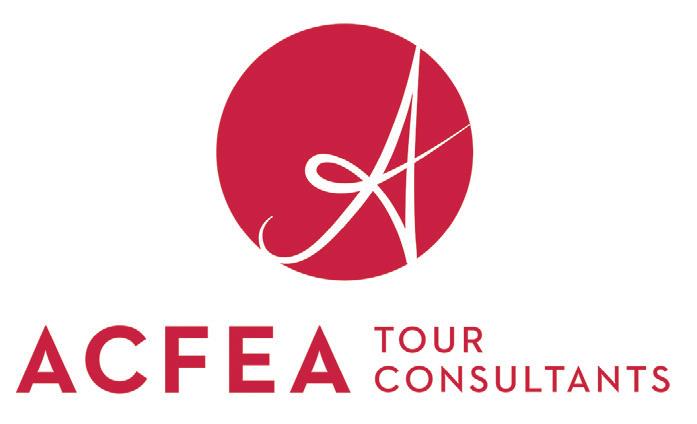
GOLD SPONSORS

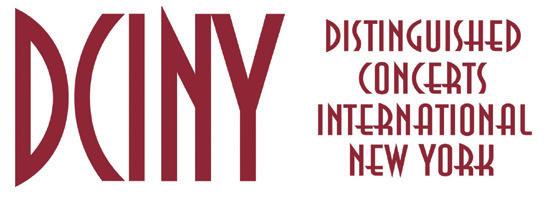
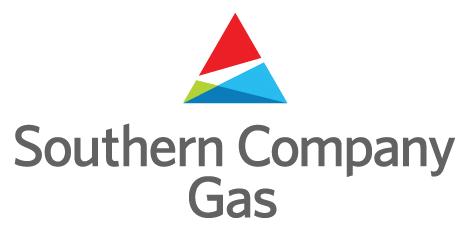

SILVER SPONSORS
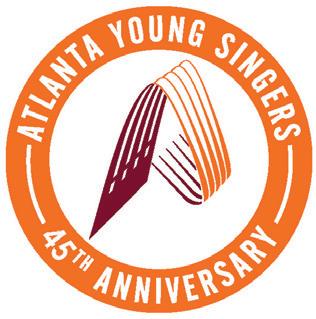
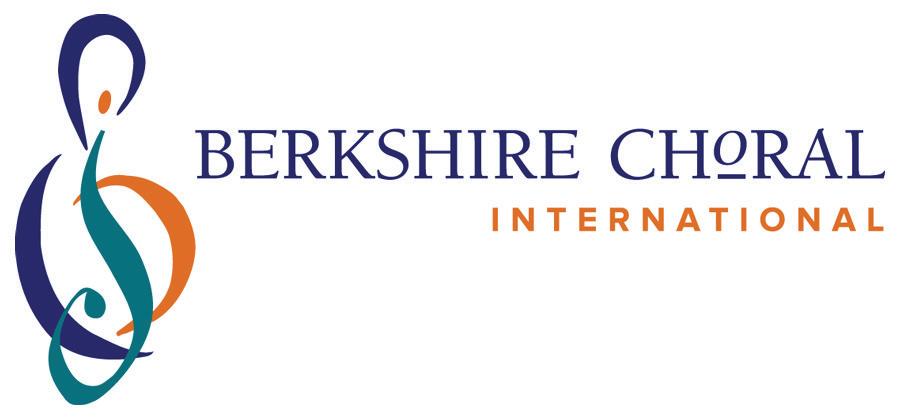
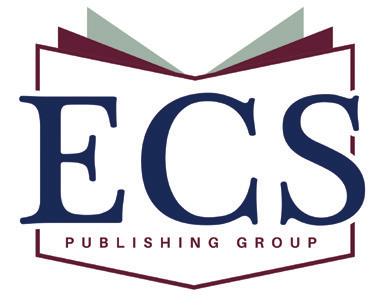
Listing current as of May 15, 2024.
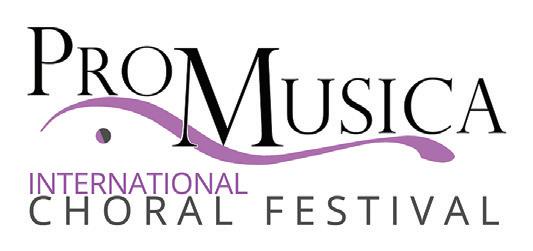
BRONZE SPONSORS

SPECIAL UNDERWRITING
Chorus America is deeply grateful to the following funders for their generous support of the Conference.
John C. Griswold Family Foundation
Popplestone Foundation
This project is supported in part by the National Endowment for the Arts.
EXHIBITORS
ACFEA Tour Consultants
C4 Network
Cappella Romana
Chorus Connection
CueBox
DCINY
Easy Song
ECS Publishing Group
Encore Tours
GIA Publications & Walton Music
Joanna Marsh
KI Concerts
LeDor Publishing
Ludus
Manhattan Concert Productions
Michael Bussewitz-Quarm
National Concerts
Perform International
Pro Musica International Choral Festival
Sing Democracy 250
Bernard Hughes/Wild Woods Music
WorldStrides


Ensemble-in-Residence, University of Cincinnati, College Conservatory of Music

Director
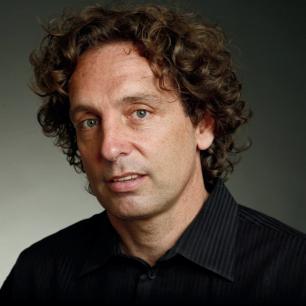
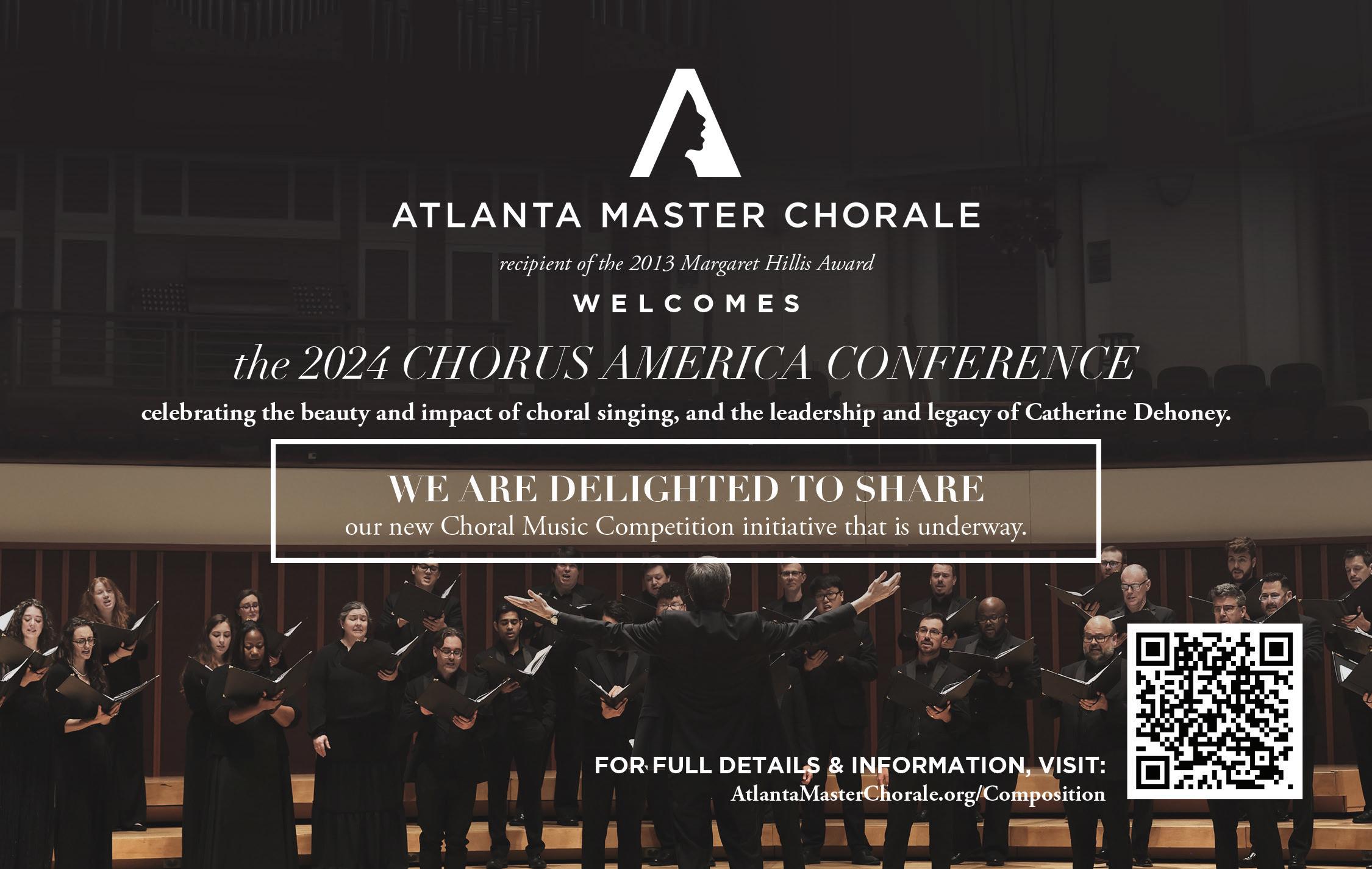
Chorus America is grateful for the support of businesses and organizations whose work aligns with our mission of strengthening singing communities with the advocacy, connections, and resources they need to be a vital part of society. Their engagement makes an impact on the Chorus America community, and we are proud to highlight our 2024 Conference partners.
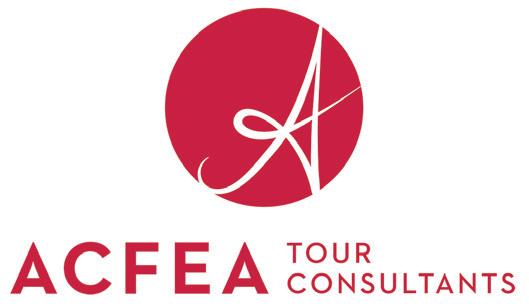
For nearly 70 years, ACFEA Tour Consultants has helped choirs connect with the world around them. By listening to each choir’s touring needs and goals and combining them with our travel expertise and passion for music, we create the opportunity for them to have life-changing experiences. ACFEA Tour Consultants is a proud supporter of the Chorus America community and looks forward to welcoming Conference 2024 attendees to Atlanta. Learn more at acfea.com. Major Sponsor & Exhibitor
Now in our fourth decade, the professionally trained volunteer Chorale has crafted one of America’s finest choral sounds, bringing everyone to the place “where music touches spirit.” Our outreach programs touch a broad community base through our corporate development training program, choral leader support discussions, collaborations with college and secondary school choirs and fostering a diverse and inclusive group of soloists and instrumentalists. Learn more at AtlantaMasterChorale.org Gold Sponsor
Listing as of May 15, 2024.

For over 40 years, KI Concerts has created exceptional, enriching, and seamless international tours for music groups of all ages and sizes. Our diverse team of experts, each with their own unique background in music, education, travel, and tour planning, is dedicated to making that a reality for choruses just like yours. Learn more at kiconcerts.com Major Sponsor & Exhibitor

ATLANTA YOUNG SINGERS (AYS), Atlanta’s premier choir for youth ages 7–18, sparks musical creativity, nurtures professional singers, and thrills audiences worldwide through multidisciplinary programming and collaborations. Started in 1975, AYS is dedicated to reaching underserved children, increasing music fluency, offering free workshops, commissioning new choral works, and supporting regional musicians. Learn more at atlantayoungsingers.org Silver Sponsor
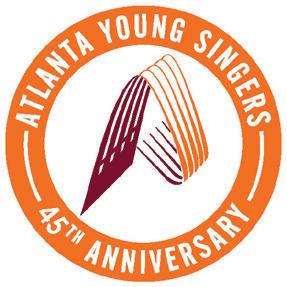
Berkshire Choral International is bringing a spirit of adventure and belonging to adult education for choral singers by creating experiences that explore and elevate the full range of choral music expression. Learn more at berkshirechoral.org
Silver Sponsor
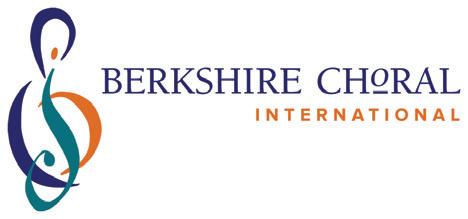

At Chorus Connection, we’re all about making your life easier. Our chorus management software will streamline your operations, and we’ve got tons of free resources on marketing, fundraising, DEI initiatives, pandemic challenges, and more. Learn more at chorusconnection.com
Exhibitor

The C4 Network is a loose federation of choirs that are collectively run and focus on performing new music, currently including C4 (New York City), C3LA (Los Angeles), Infinitus (Jacksonville FL), and Inversion (Austin TX). We offer a free searchable database for choir directors to find innovative repertoire composed for and/or performed by C4 Network choirs at c4net.work
Exhibitor
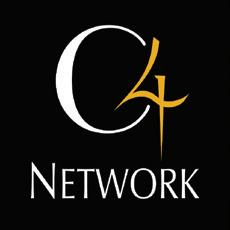

Cappella Romana transforms hearts and minds through encounters with the sacred musical inheritance of the Christian East and West, bringing to life the beauty of its ancient and diverse traditions through performances, recordings and publications, scholarship and education, engagement with heritage communities, and new artistic creation. Learn more at cappellaromana.org
Exhibitor
CueBox is a NYC-based company building modern software specifically for performing arts orgs. CueBox’s unified and intuitive ticketing, development and marketing software has increased ticket sales/donations for choruses, improved patron experience and saved time for staff members. In addition, CueBox offers whiteglove data migration and customer support to help your team to achieve your mission. Learn more at getcuebox.com
Exhibitor

EasySong.com is the premier one-stop music clearance company that works with over 11,000 music publishers for any licensing need. For the first time ever, we are creating a discounted subscription model for Chorus America members to use our Custom Licensing Service at a reduced rate to work even closer with choral ensembles for all service work regarding video sync licensing, print arrangement permissions, live stage theatrical use and mechanical licensing all through one source. Learn more at EasySong.com
Exhibitor
The ECS Publishing Group is supportive of the ADEI work of Chorus America and has been very active in working to find and publish the work of underrepresented composers. We are continually expanding and diversifying our catalog with significant numbers of new composers, and we embrace the work of composers writing pieces that address current events and concerns. These works help choruses reach out to their audiences in ways that create change. Learn more at morningstarmusic.com
Silver Sponsor & Exhibitor
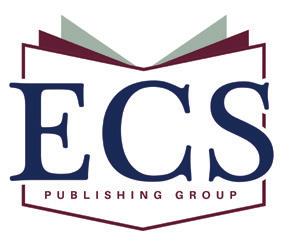

Distinguished Concerts International New York (DCINY) is the leading producer of world-class concert experiences at Carnegie Hall and Lincoln Center. We bring musicians and vocal artists from around the world together for collaborative performances with renowned conductors including Eric Whitacre, Ola Gjeilo, Christopher Tin and Sir Karl Jenkins, changing lives through powerful musical performance. Learn more at DCINY.org
Gold Sponsor & Exhibitor

At Encore Tours, we believe in the profound impact of music travel. Our customized touring packages enhance ensemble unity, musicianship, community reputation, and recruitment efforts. Beyond travel, we support music education through workshops, scholarships, and community events, aligning with Chorus America’s mission of fostering artistic excellence and collaboration within the choral community. Learn more at encoretours.com.
Exhibitor
Walton Music and GIA Publications Music Education division provide music and resources that help singing communities function and thrive. A deep connection exists with our community choir customers, and we feel that our music helps choirs to better understand and empathize with the people of their communities. Learn more at giamusic.com
Exhibitor
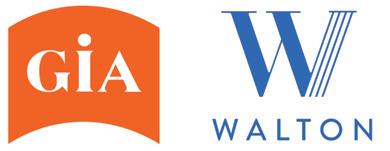

Discover the harmonious blend of musical excellence and cultural immersion at Hawaii Music Festivals. For over 30 years, we’ve curated events in Hawaii that combine captivating choral performances, cultural exploration, and educational engagement. Embracing diversity and collaboration, we’ve dedicated ourselves to nurturing vibrant choral communities worldwide. Join us in celebrating the transformative power of music amidst Hawaii’s rich cultural tapestry. Learn more at hawaiimusicfestivals.com
Exhibitor
Through its diverse and contemporary musical offerings, LeDor Publishing recognizes the power of voices uniting in service of community by way of the creative arts. Works in our choral catalog recognize a wide range of invested constituencies, reaching across boundaries of race, age and gender. From a cappella compositions and arrangements to larger form choral creations with orchestra, these works have been curated to support both secular and liturgical settings, with an added focus on the social issues of our time. Learn more at ledorgroup.com
Exhibitor

and the refugee crisis, her music empowers choirs to engage with pressing societal issues, fostering vital connections within singing communities. Moreover, her upcoming features like the Sing Democracy 250 project position choral music as a powerful medium to strengthen society’s fabric. Learn more at listenafresh.com.
Exhibitor
Based in New York City, National Concerts offers performance collaborations at major venues across the United States. Our productions bring ensembles and industry professionals together, culminating in memorable experiences for both the performers and the audience. Learn more at nationalconcerts.com
Exhibitor
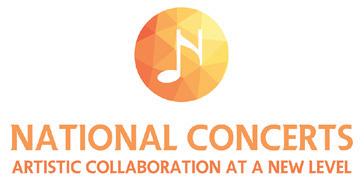
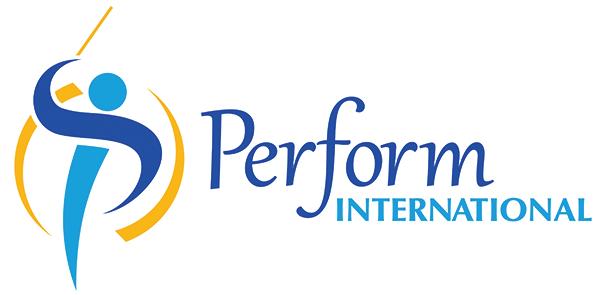

Ludus revolutionizes the performing arts sector by offering a comprehensive platform that simplifies ticketing, marketing, fundraising, volunteer management, and class registrations. Perfectly aligning with Chorus America’s mission, we foster unity and empower arts organizations through innovative solutions and community initiatives. Ludus: Bringing people together through shared experiences! Learn more at ludus.com.
Exhibitor
Manhattan Concert Productions celebrates 25 years of offering professional collaborations, exceptional performances, and educational opportunities to thousands of choral and instrumental musicians of all ages through our acclaimed series set. Like Chorus America, MCP Performance Group is committed to supporting all aspects of the choral field, and its offerings include CODA Concerts and our new online learning center Forward Motion. Learn more at mcp.us.
Exhibitor

Perform International takes special delight in providing the best-fit tour for each ensemble. We carefully listen to your needs and values so that together we can craft the perfect travel and performance experience for your program. We partner with you from the initial discussion about meaningful destinations and appropriate performance venues, through registration and travel, as well as the fine-tuned specifics of each performance. Learn more at perform-international.com
Exhibitor

The Performing Arts Readiness project helps performing arts organizations nationwide learn how to protect their assets, sustain operations, and be prepared for emergencies. PAR provides connections and resources to help the singing community build resilience to overcome emergencies and disasters. Learn more at performingartsreadiness.org
Bronze Sponsor
Michael Bussewitz-Quarm’s work explores profound social and environmental themes globally. By addressing diverse topics like post-civil war art, gun violence,
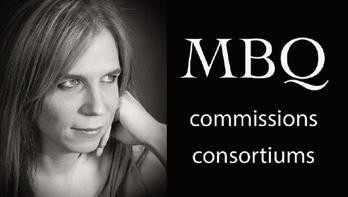
Albany Pro Musica’s PRO MUSICA INTERNATIONAL CHORAL FESTIVAL serves 150 high-school students from the United States, Canada, and beyond for an immersive, week-long choral institute that includes rehearsals, concerts and workshops by guest choral ensembles, vocal clinics and workshops, college immersion, and performances. The Festival will be held next in July 2025 at the University at Albany (Albany, NY) and feature guest composer/conductor Dr. Rollo Dilworth. Choruses and individuals are encouraged to apply for this once-ina-lifetime opportunity! Learn more at promusicafestival.org. Silver Sponsor & Exhibitor
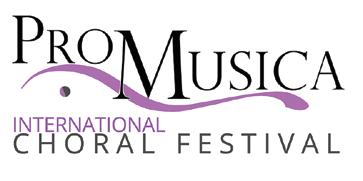
Sing Democracy 250 is a national musicbased project designed to engage singers and audiences, educate them about America’s history, equip them with knowledge of their obligations as citizens, and empower them to participate in renewing democracy in the context of America’s 250th birthday in 2026. We are pleased to promote performances of this special music program in all 50 states in 2026. We invite you to join us! Learn more at SingDemocracy250.org.
Exhibitor
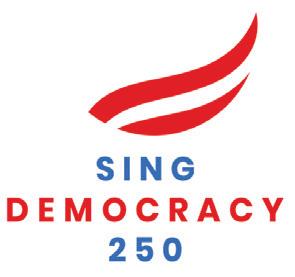
As a composer and educator in the UK, Bernard Hughes writes choral music for the whole gamut of ensembles, from pre-teen singers to adult professional and non-professional choirs. Hughes works with living writers to explore the themes of today, and collaboratively with singing groups to create music they will enjoy singing. Hughes hopes to bring his music to the wider community of U.S. choirs and be part of Chorus America’s mission to promote the love of singing together. Learn more at wildwoodsmusic.com
Exhibitor
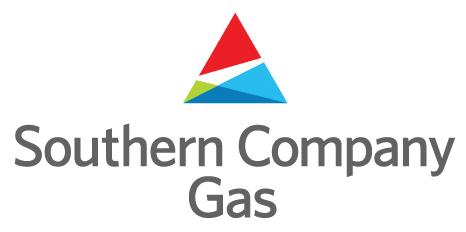
Southern Company Gas celebrates Chorus America’s ability to unite humanity through song. We share in the belief that music, and the people performing it, have the power to build bridges of understanding, which is why, in partnership with our foundation, we directed $1 million in giving to arts and education in 2023. The arts enrich communities and empower people, offering a means of self-expression, healing and positive social change. Learn more about our commitment to investing in people and communities at southerncompanygas.com.
Gold Sponsor

From nationally competitive Heritage Festivals and elite performances at Carnegie Hall to customized touring experiences all over the world—WorldStrides supports talented ensembles from across North America with unique, educational experiences. For 55 years, our passion has been creating life-changing moments for life-long learners. Learn more at worldstrides.com/perform
Exhibitor

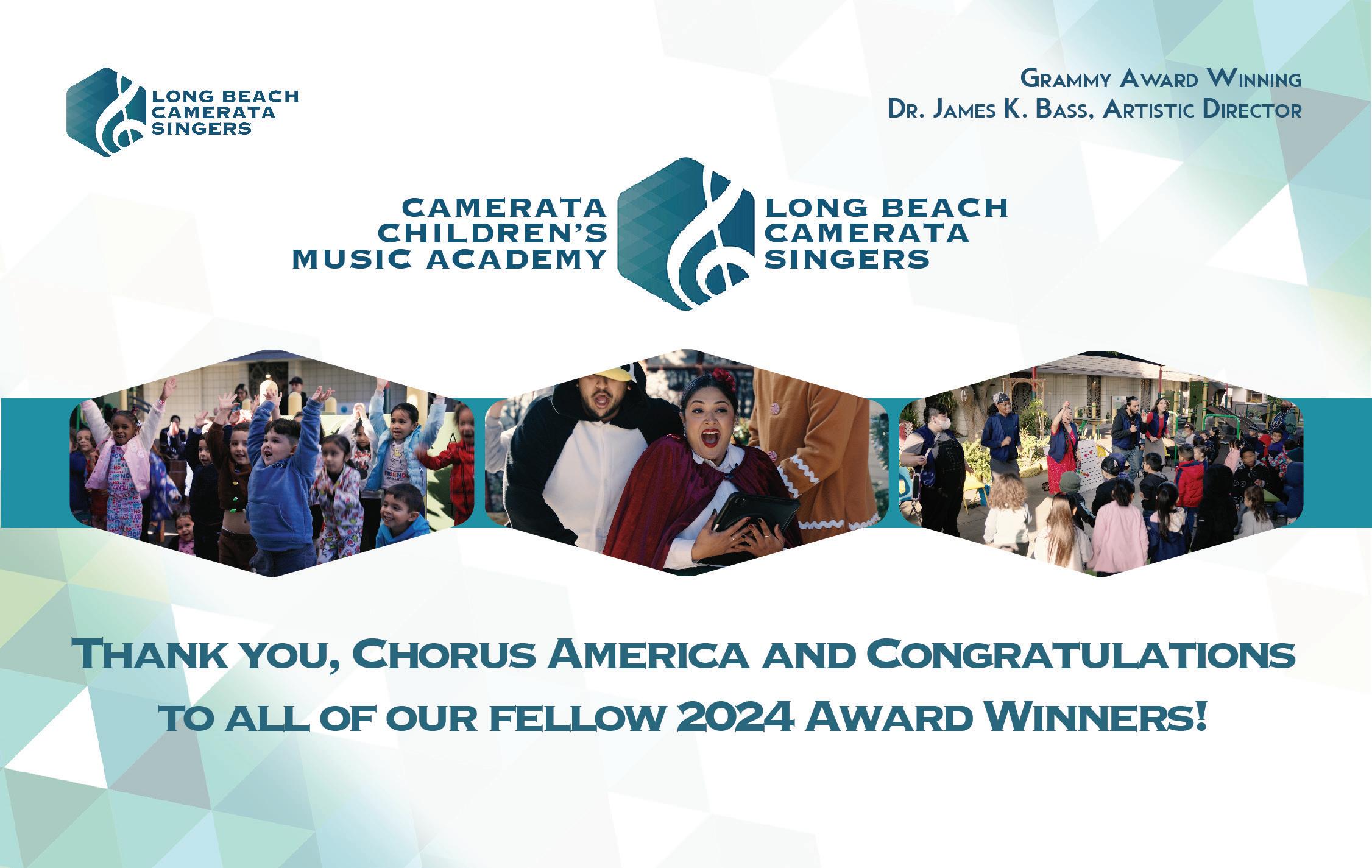
Chorus America currently has 1,084 members and serves over 7,000 individuals through their affiliations with choruses, industry-wide businesses, and other member organizations. Our membership numbers have held steady as we move forward to a new database solution that will better serve our current members and the field, planned to be implemented in the next fiscal year.
This fall, Chorus America launched a refreshed website, designed to make our articles, resources, and program information more accessible and engaging for our community. Articles and news about the choral community are also published in our award-winning Voice magazine, including topics like “Building Community and Cultural Learning through Group Singing,” “Applying Big Marketing Ideas to Your Chorus,” “Gained in Translation: Variations on Handel’s Messiah,” and “Dreaming Big: Young Singers in Professional Collaborations.”
The Chorus America Online Community continues to be a much-used member benefit. The Online Community offers a secure online space where members can connect, ask questions, share ideas and resources, and have conversations with their
n Individual (40.77%)
n Student (5.44%)
n Business/Affiliate (3.78%)
n Choruses up to $120,000 (28.23%)
n Choruses $120,000–$1 million (17.80%)
n Choruses $1 million+ (3.97%)
peers. Currently, around 1,750 members access community discussions either online or through email. Discussion topics over the past year have included performance livestreaming and video sharing, concert attire, supporting singers with limited vision, and project management tools.
Chorus America offered the ADEI Learning Lab to a fourth cohort of participants in the
fall of 2023. This four-week workshop is designed for choral leaders who seek tools and supportive guidance to advance ADEI work in their organizations and identify as having experienced privilege because of their race or ethnicity. The first half of the Lab focuses on participants’ individual roles in advancing ADEI in the field and the second focuses on the role their organizations play in creating a more equitable field.


This year, Chorus America’s grants cycle included two grant opportunities specifically dedicated to supporting the choral field. The Music Education Partnership Grants which fund projects in four geographic regions that increase access to singing-based music education for students from historically marginalized communities, selected and announced the program’s 2024–2026 grant partners. A total of 23 projects will receive multi-year grants, ranging from $40,000–$50,000, to support collaborations between community organizations dedicated to choral singing and schools serving early childhood–12th grade during the 2024–25 and 2025–26 school years. In addition to funding, all projects selected will participate in an online peer learning cohort.
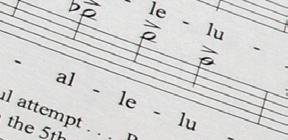

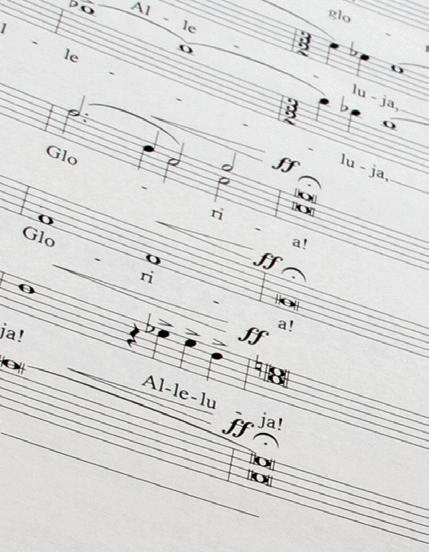



Chorus America also announced the inaugural recipient of the Dale Warland Singers Commission Grant, which is presented in partnership with the American Composers Forum. The New Jersey-based































Our snag-free RingBinder releases your scores with the push of a thumb – while providing smooth, silent page turns. See all our folders (with and without rings) and accessories on our website. Or order by phone

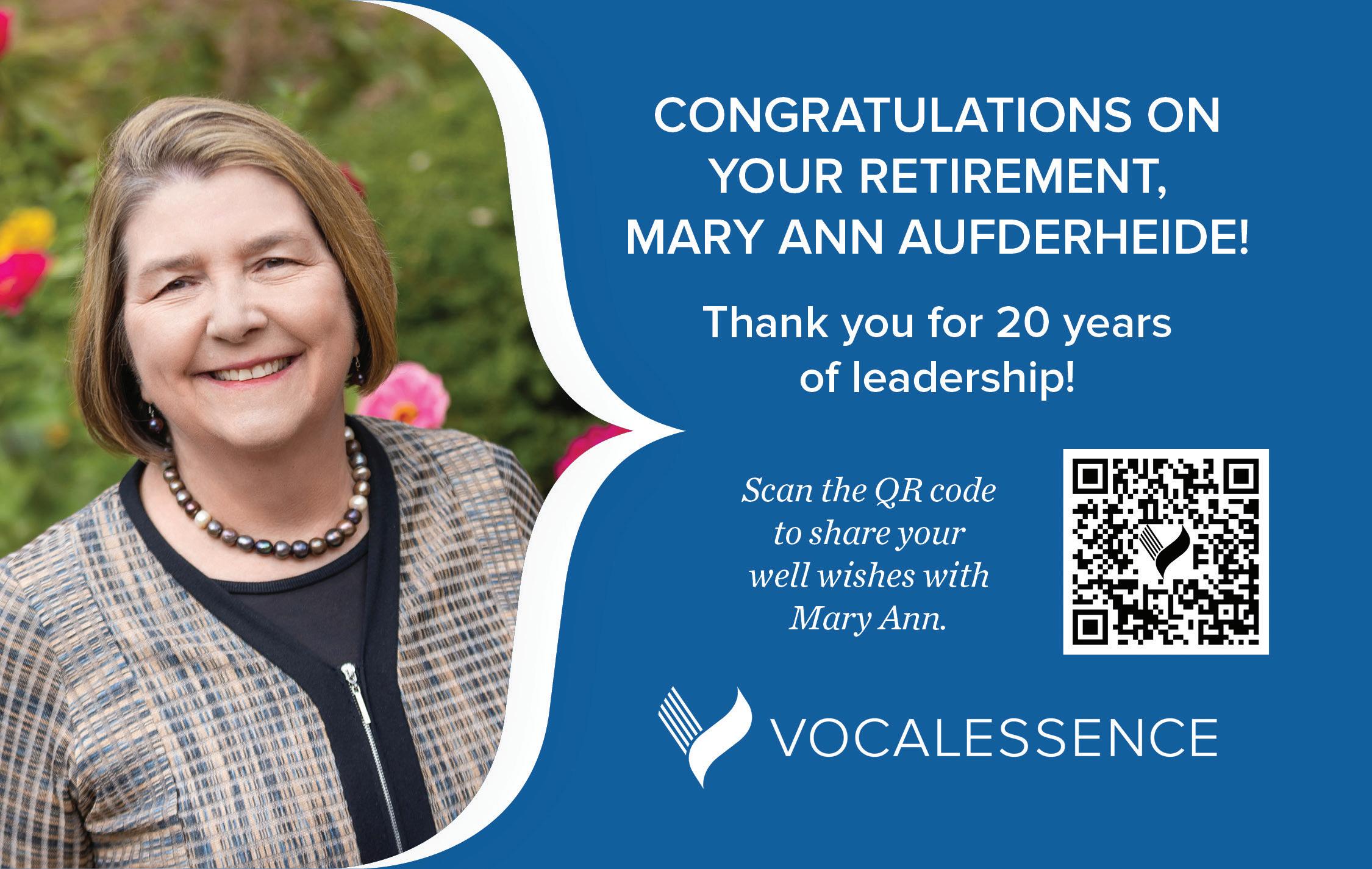
Wharton Institute for the Performing Arts was selected to receive the 2024 grant, which will support a composition from composer William Linthicum-Blackhorse to be premiered by Wharton Arts’ New Jersey Youth Chorus. Formerly the Dale Warland Singers Commission Award, this program transitioned to a grant as part of a series of updates to Chorus America’s awards program. This grant will continue to support projects that share artistically meaningful new work with communities, now with an increased emphasis on access, diversity, equity, and inclusion.
Chorus America’s president and CEO was part of the panel presentation “Where Do We Go from Here?” at the Bent But Not Broken conference in November 2023 and presented the interest session “Preparing Students for Choral Leadership” at the National Collegiate Choral Organization conference that same month. In a collaboration with colleague organization ACDA, Chorus America staff presented a preconference workshop titled “I’m Running a Business? Boards, Marketing and Business Administration for Directors of Children and Youth Choirs” at the ACDA Children’s & Community Youth Choir Conductors’ Retreat in Nashville. Other points of connection with the field have included attending the 2024 SphinxConnect convening for diversity in the arts in Detroit with members of the Leadership Development Forum.
The 2024 Conference will be a fully in-person event, held on June 6–8 in Atlanta, Georgia. The three days will include plenaries, panels, and breakout sessions that address relevant issues such as adopting AI effectively and responsibly, diversifying repertoire, building organizational sustainability, and integrating the arts into healthcare. Conference programming also includes meaningful networking opportunities in both group and one-on-one settings and performances that highlight the dynamic range of Atlanta choral ensembles and the area’s cultural richness.
In FY23, Chorus America continued to navigate the ongoing financial impacts of the pandemic alongside new initiatives to support the field. Short- and long-term strategies have been employed to ensure financial stability. A full copy of our most recent audit is available at bit.ly/CA2024AnnualMeeting.
n Grants and Contributions
$769,836 (32.1%)
n Assets Released $1,081,615 (45.1%)
n Membership Dues $230,266 (9.6%)
n Conference $157,061 (6.5%)
n Program Service Revenue
$47,244 (2.0%)
n Publications
$68,920 (2.9%)
n Investment
$15,500 (0.6%)
n Other $29,770 (1.2%)
Total: $2,400,212
n Membership Services and Publications
$436,484 (18.3%)
n Program Services
$1,499,580 (62.9%)
n Management and General $302,192 (12.7%)
n Fundraising
$145,118 (6.1%)
Total: $2,383,374
Thomas Cooke
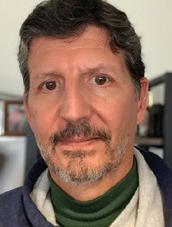
Thomas Cooke (Tommy) started singing as a treble in the boys choir at Trinity Church On-the-Green in New Haven, Connecticut when he was seven years old, and hasn’t stopped since. He co-founded the Hartford-based professional choral ensemble Voce together with artistic director Mark Singleton in 2006. In the new post-COVID era, Voce is broadening its mission to Serve Harmony to be clear about Voce’s commitment to make the choral experience available, in the broadest sense, to everybody. Tommy worked closely with leadership in the Hartford community to co-create Voices of Hartford—an ensemble designed to provide Hartford’s young minority residents with the opportunity to make music together in a safe space. He currently sits as president of
Voce’s board of directors. In addition to singing, Tommy is a classically trained clarinetist. He is a graduate of Harvard College and The Law School, University of Chicago. Brian Newhouse
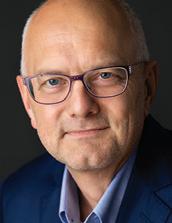
Brian Newhouse is the associate vice president of individual giving at the Minnesota Orchestra. He is the former managing director of Minnesota Public Radio/American Public Media’s classical programming, reaching a national audience of five million listeners each week. He holds degrees in voice and English from Luther College, and had an active professional singing career alongside his work in radio. The creator of MPR’s online Choral Stream, he also won a Peabody Award for writing the radio documentary The Mississippi: River of Song. He’s the author
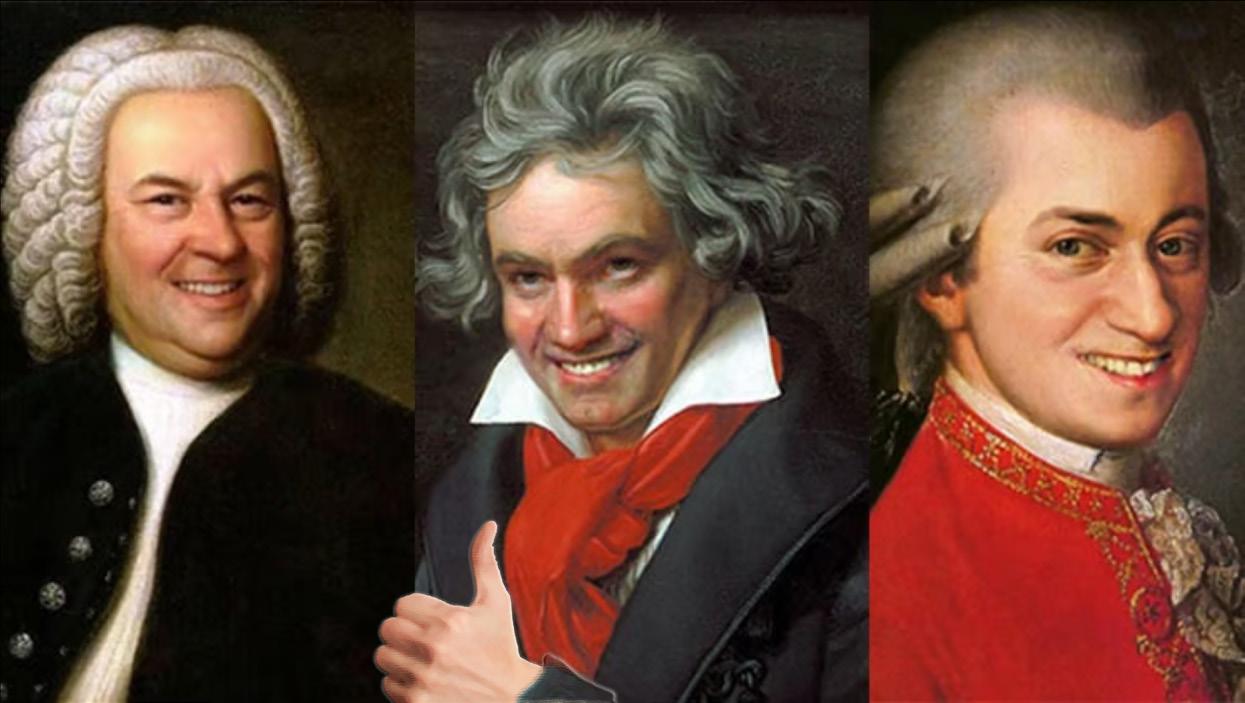

of the memoir A Crossing, and a lyricist for many choral composers—a particular joy of his. He and his family live in St. Paul-Minneapolis. Brian returns to the Chorus America board after serving from 2014–2022, including a term as board chair.
Carrie Tennant
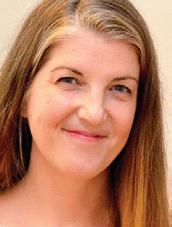
Carrie Tennant is the founder and artistic director of the Vancouver Youth Choir. For the past 20 years, she has worked primarily with youth, developing leadership and artistry with young singers. Carrie’s choirs have been featured at Chorus America, Podium (Choral Canada), and ACDA National Conferences, and have twice been awarded first place in the National Choral Competition. This past spring VYC was featured as one of 10 international choirs at the World Symposium u


of Choral Music in Istanbul, and in New York City at a concert conducted by Carrie titled “Canada at Carnegie.” During her time conducting the Coastal Sound Youth Choir, their popular Indiekör shows were recognized with Choral Canada’s National Award for Innovation.
Currently, on top of her work with VYC, Carrie is an affiliate conductor with the Vancouver Chamber Choir, and a frequent clinician, adjudicator and guest conductor across North America and around the world. Carrie is the editor and curator for two choral series: the Vancouver Youth Choir Choral Series (Cypress Publishing), which promotes diverse Canadian voices on the international stage; and the brand-new Carrie Tennant Choral Series (Hal Leonard), which features much of the music Carrie and her choirs have performed and loved. Carrie is proud to be the recipient of the 2023 YWCA Women of Distinction Award for Arts and Culture. In a past life, before she had two small and very lovely children, Carrie also toured, performed and recorded
with her husband as a member of Vancouverbased indie pop group, The Salteens.
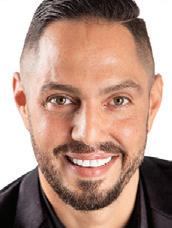
Chris Verdugo (he/him) is privileged to serve as the first CEO of the San Francisco Gay Men’s Chorus. His journey in the gay choral movement began at the age of 18 when he joined the Gay Men’s Chorus of South Florida. Three years later, he became the artistic director of Paragon Productions, where he choreographed, directed, and produced theatrical productions for cruise lines and hotels worldwide. In 1999, he leveraged his expertise in event production and fundraising while working with The Miami Project to Cure Paralysis and Miami Beach’s Winter Party Music Festival. He also served on the board of directors for the South Beach Gay Men’s Chorus.
After relocating to Los Angeles in 2003, Chris shifted his focus to LGBT and social justice issues, collaborating with various
LGBTQ non-profits, including the National Gay and Lesbian Task Force, Equality California, Human Rights Campaign, and GLAAD. He produced Queer Lounge at Sundance for four years. In 2006, he joined the Gay Men’s Chorus of Los Angeles as a singer, and five years later, he was named executive director. Under his leadership, the Chorus built an international reputation for musical excellence, doubled its budget, expanded educational programs in Los Angeles high schools, and launched a national music tour titled “It Gets Better”.
In 2016, Chris became the executive director of the San Francisco Gay Men’s Chorus, the world’s first LGBTQ chorus. In 2022, he was appointed Chief Executive Officer. He oversaw the acquisition, renovation, and opening of the Chan National Queer Arts Center, the nation’s first Queer Arts Center, a program of SFGMC. Under his tenure, SFGMC has grown into one of the most respected arts organizations in San Francisco and across the country. n
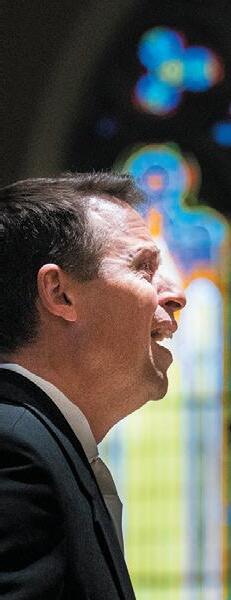
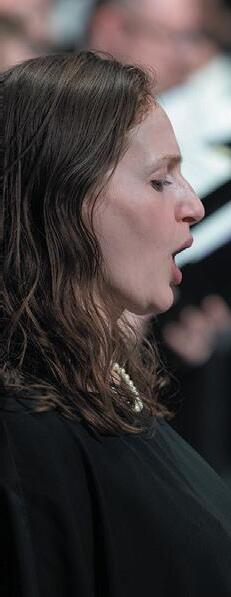
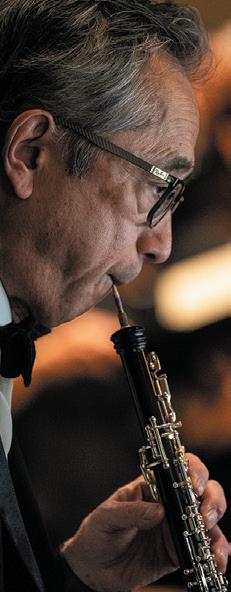


Be transported (without ever leaving your seat)
• Heavenly Christmas
• Sat. & Sun., December 7 & 8* at 4pm (*Livestream option) J.S. Bach’s How Brightly Shines the Morning Star, BWV 1 & Kile Smith’s The Consolation of Apollo + Carols!
• GALA Concert – THE THOMANERCHOR
• Sat., March 8, 2025 at 4pm
• Spring Concert – RACHMANINOFF VESPERS
In collaboration with Westminster Choir College
• Sun., March 30 at 4pm
• 117th Bethlehem Bach Festival – A new Festival format condensed into one unforgettable four-day weekend.
• May 8–11, 2025
+ Community & Educational Programs
• Bach at Noon – Free and open to the public, second Tuesdays
• Greg Funfgeld Family Concert – YOUTH CHOIRS FESTIVAL
• Sun., February 23 at 3pm
• Bel Canto Youth Chorus – Presenting Winter & Spring concerts & a special Scholarship Recital
Complete Season Schedule & Information BACH.org
• 610-866-4382 x. 115
@Bethlehem Bach





Hailed as America’s fi nest major chorus, the Grammy® Award-winning Los Angeles Master Chorale celebrates six decades of excellence and artistry. The 2024/25 Season features world premieres, classic favorites and a special 60th Anniversary Concert. years

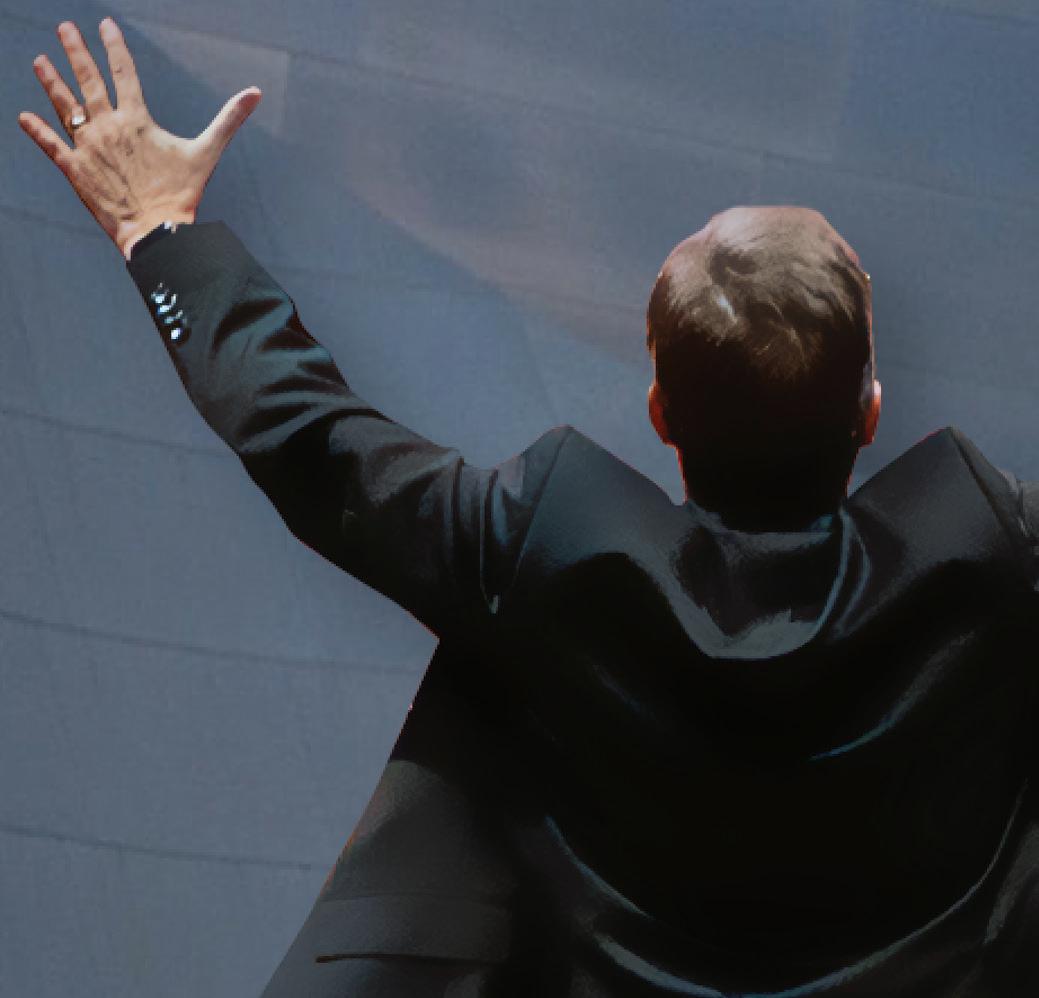



GRANT GERSHON
KIKI & DAVID GINDLER
ARTISTIC DIRECTOR
JENNY WONG
ASSOCIATE
ARTISTIC DIRECTOR
REENA ESMAIL
SWAN FAMILY

ARTIST-IN-RESIDENCE
Board Officers
Anton Armstrong
Chair
Tosdal Professor of Music, St. Olaf College
Steven Neiffer+
Treasurer
Chief Financial Officer, Los Angeles Master Chorale
Marie Bucoy-Calavan*
Secretary Director of Choral Studies, University of Akron
Laura Adlers
Management Consultant
Jeffrey Barnett
Partner and CFO,
Dorsal Capital Management LLC
Charles Berardesco
Former Senior VP and General Counsel, North American Electric Reliability Corporation
Dashon Burton
Professional Singer
Thomas Cooke❖
Board President, Voce
Iris Derke
Co-Founder and General Director, Distinguished Concerts International New York (DCINY)
Rollo Dilworth+
Professor of Choral Music Education & Vice Dean, Center for the Performing and Cinematic Arts, Temple University
John Earls*
Board Member, May Festival Chorus; Board Chair, Vocal Arts Ensemble of Cincinnati
Maria A. Ellis
Educator and Conductor, Girl Conductor LLC; Director, Sheldon’s City of Music All-Star Chorus
David Hayes
Music Director, New York Choral Society
Robert Istad+
Artistic Director, Pacific Chorale; Director of Choral Studies, CSU Fullerton
Craig Hella Johnson+
Founder and Artistic Director, Conspirare; Artistic Partner, Oregon Bach Festival
Anne B. Keiser
Former Board Chair, The Choral Arts Society of Washington
Mary Tuuk Kuras
Founder, MTK Practical Leadership
Robyn Reeves Lana*
Artistic Director, Cincinnati Youth Choir
Mark Lawson
President, ECS Publishing Group
Alysia Lee
President, Baltimore Children & Youth
Fund; Founder & Artistic Director, Sister Cities Girlchoir
Mary Doughty Mauch
Conductor and Grassroots Organizer & Leader
Marcela Molina
Director, Tucson Girls Chorus
David Morrow+
Professor and Director of the Morehouse Glee Club, Morehouse College
Brian Newhouse❖
Associate Vice President of Individual Giving, Minnesota Orchestra
John Nuechterlein
Community Leader and Former President/ CEO, American Composers Forum
Elizabeth Núñez+
Creative Director, Young People’s Chorus of New York City; Founding Artistic Director, SoHarmoniums Women’s Choir
Eric V. Oliver
Minister of Music, Zion Baptist Church; Founder, Loretta C. Manggrum Chorale
Dianne Peterson+
Executive Director Emerita, The Washington Chorus; Chair of the Board, New Orchestra of Washington
Molly Buzick Pontin
Grants Specialist, City of Lakewood
Andrea Ramsey
Composer, Conductor, and Music Educator
Eugene Rogers+
Director of Choral Activities, University of Michigan;
Artistic Director, The Washington Chorus
Steven F.
President and CEO, Berkshire Choral International
Carrie Tennant❖
Artistic Director, Vancouver Youth Choir
Karen P. Thomas*
Artistic Director and Conductor, Seattle Pro Musica
Anthony Trecek-King
Resident Conductor, Handel and Haydn Society Chorus; Artistic Director Designate, Berkshire Choral International
Jean-Sébastien Vallée
Artistic Director, Toronto Mendelssohn Choir; Director of Choral Studies, Schulich School of Music of McGill University
Chris Verdugo❖
Chief Executive Officer, San Francisco Gay Men’s Chorus
Duain Wolfe
Former Director and Conductor, Chicago Symphony Chorus; Director and Conductor, Colorado Symphony Chorus
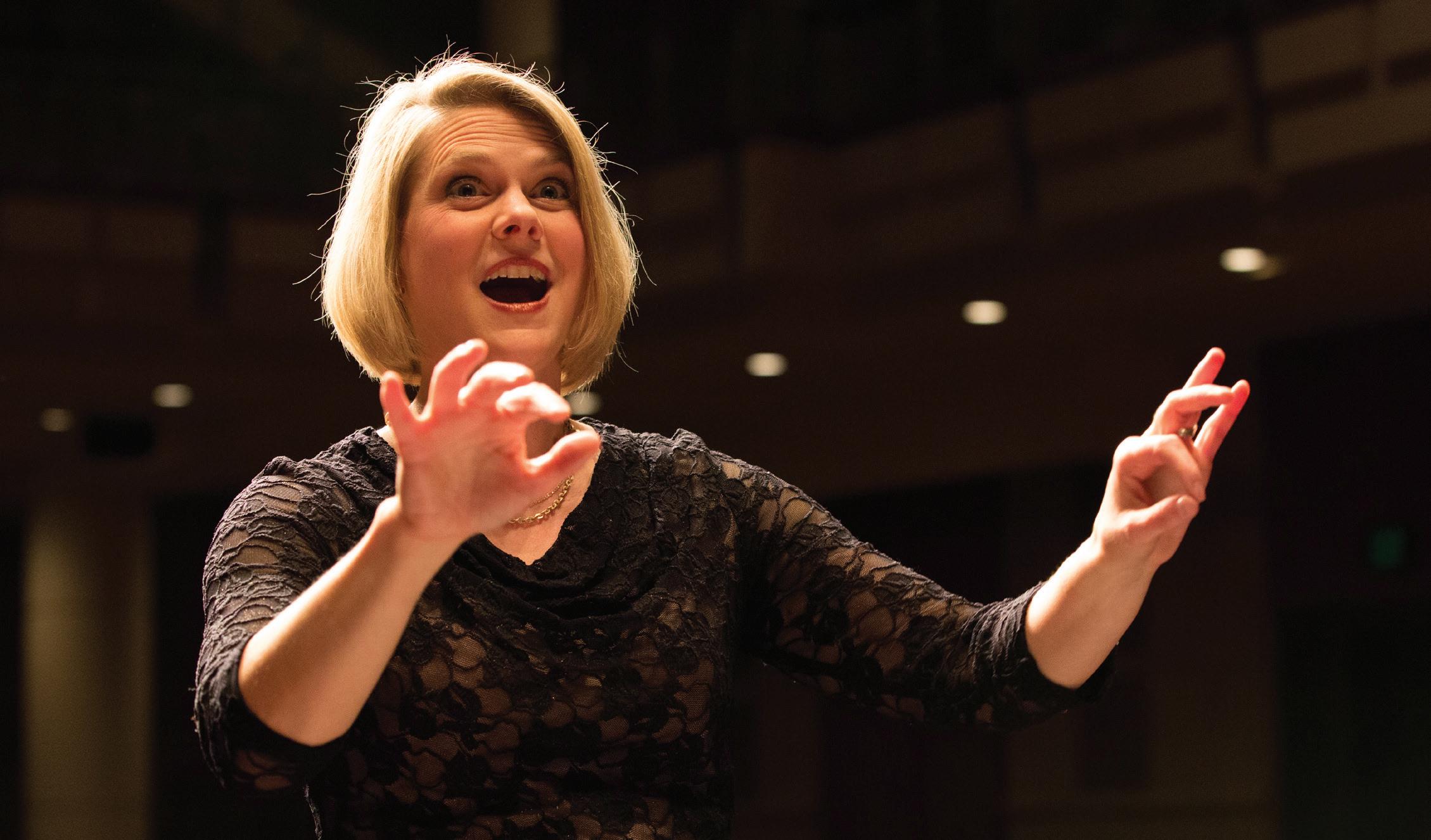
Messiah University’s Graduate Program in Music is designed for busy music educators who would like to advance their career and education. Whether you are a public or private school educator, a community or church ensemble director, or a recent music major graduate, our program can help you develop your skills as a music educator or deepen your expertise in music conducting.
• NASM-accredited
• Predominantly online
• 1-week, on-campus summer intensive course (optional for MME)
• Faculty are experienced music educators and conductors
• Conducting degree tracks: choral, orchestral, wind
• Post-master’s certificate of advanced graduate studies in music conducting (CAGS) available



